Have you ever wondered what Japanese people eat every day?
While sushi, ramen, and tempura are well-known images of Japanese cuisine worldwide, the reality of daily meals is far more diverse and deeply rooted in Japanese culture.
This article will introduce you to the typical breakfast, lunch, dinner, as well as snacks and beverages that Japanese people enjoy.
By reading this, you’ll gain insight into the real eating habits of Japanese people, something you won’t find in tourist guides.
By the end, you’ll have a deeper understanding of Japanese food culture and plenty of inspiration for dishes to try when you visit Japan!
Want to dive deeper into Japanese cuisine? Check out our article on popular Japanese foods among foreigners to discover what dishes are winning hearts worldwide!
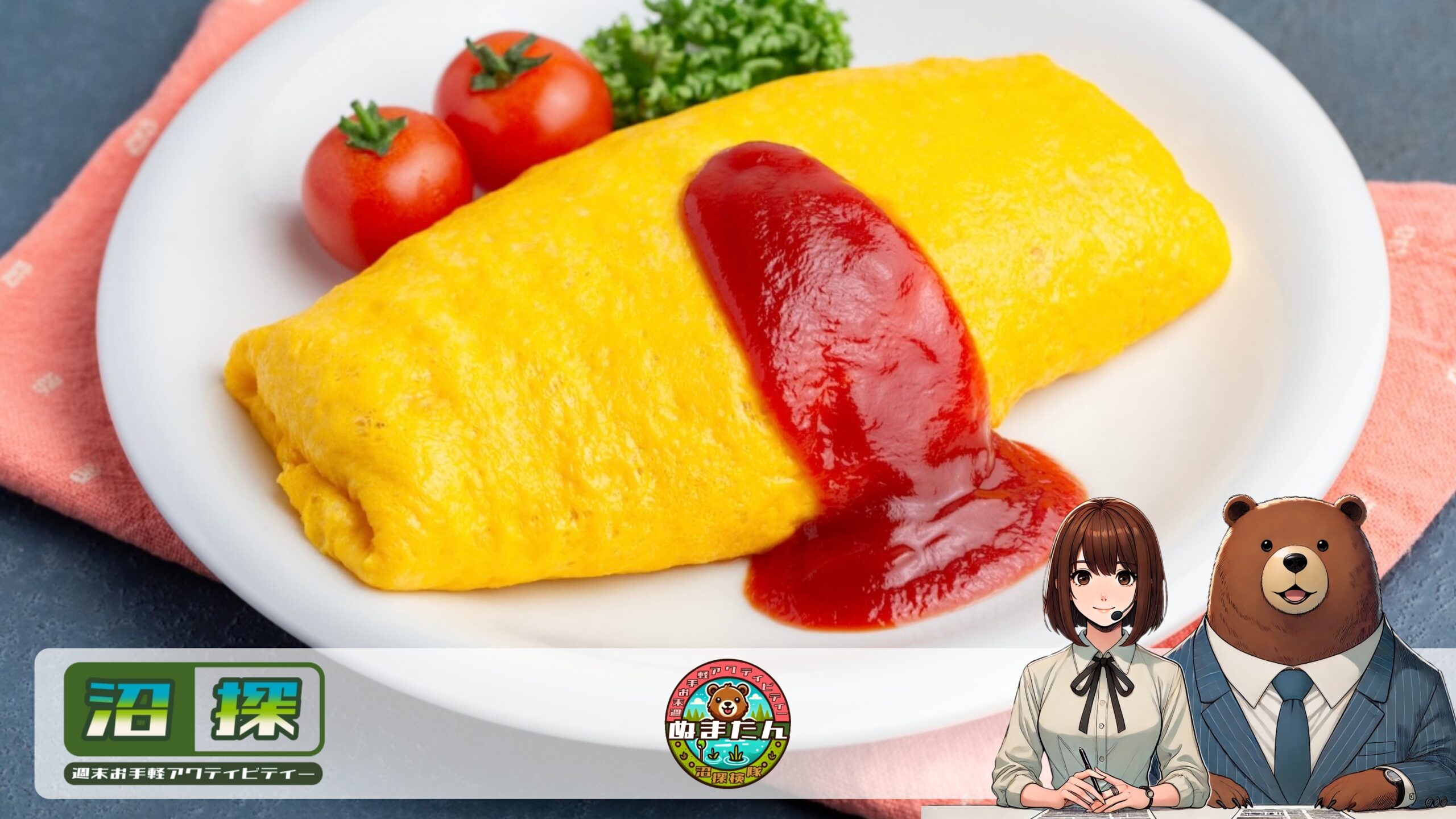
Japanese Foodies:Hello! I’m Kumagoro

Hello! My name is Kumagoro. I’m a 40-something Japanese office worker, born and raised in Japan.
On weekdays, I spend my days immersed in desk work, but on weekends, I love exploring nature and sharing my discoveries and experiences through my blog.
This time, I’ve decided to step away from my usual nature exploration content and focus on something closer to home – Japanese daily meals.
The theme of this article is “What Japanese People Really Eat.”
I’ll introduce you to the everyday meals of ordinary Japanese people: simple yet comforting food that reflects the reality of life in Japan.

From breakfast, lunch, and dinner to snacks and drinks, this article will take you beyond the sushi and ramen typically seen in tourist guides.
Let’s explore the real tastes of Japan together!

Japanese Foodies:Japanese Breakfast
A Simple Japanese Breakfast at a Station Bakery
If you think Japanese people eat rice, miso soup, pickles, and grilled fish for breakfast every day, you’re mistaken! Many Japanese people love Western-style breakfasts, and bread is especially popular in the morning.
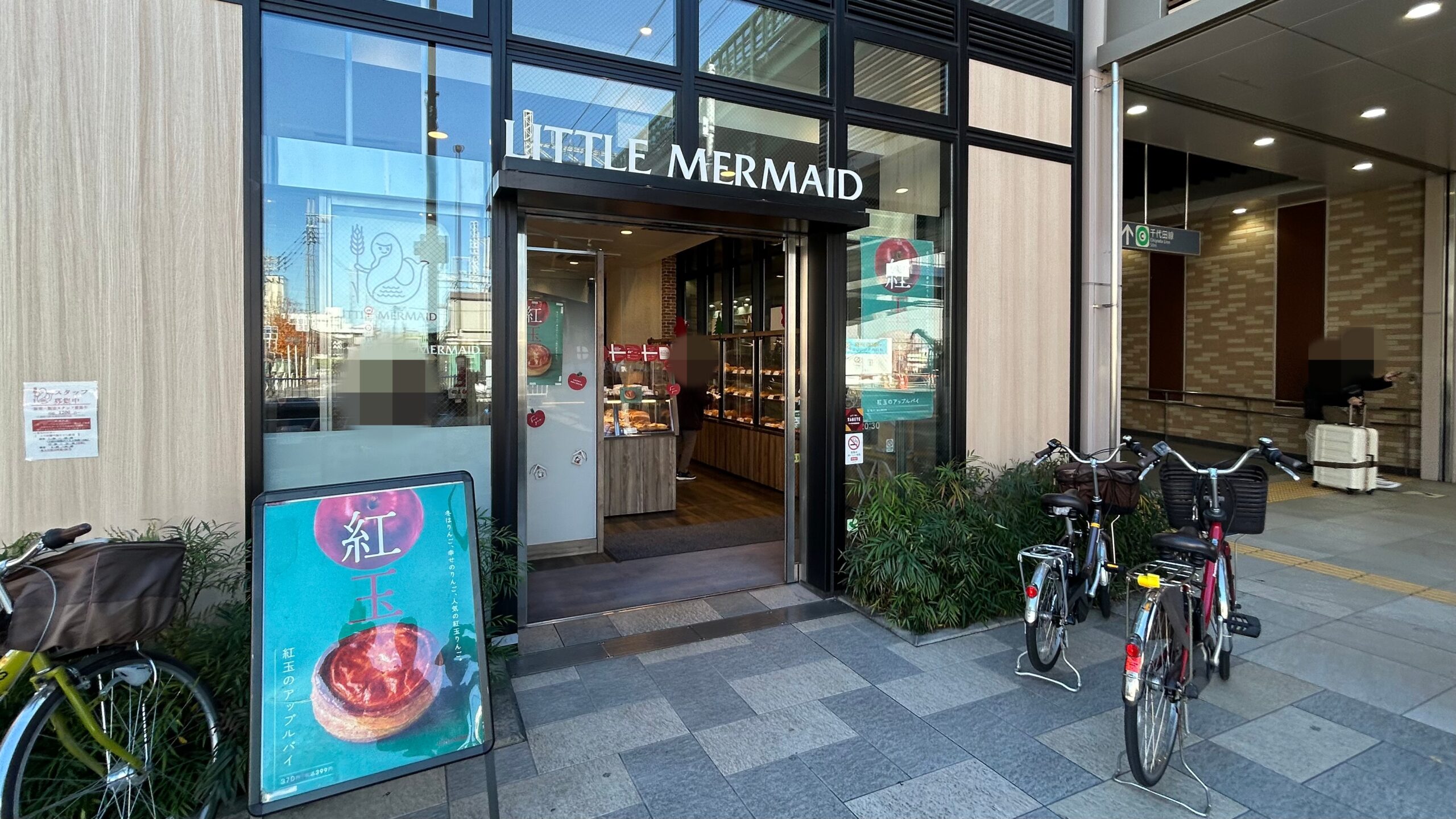
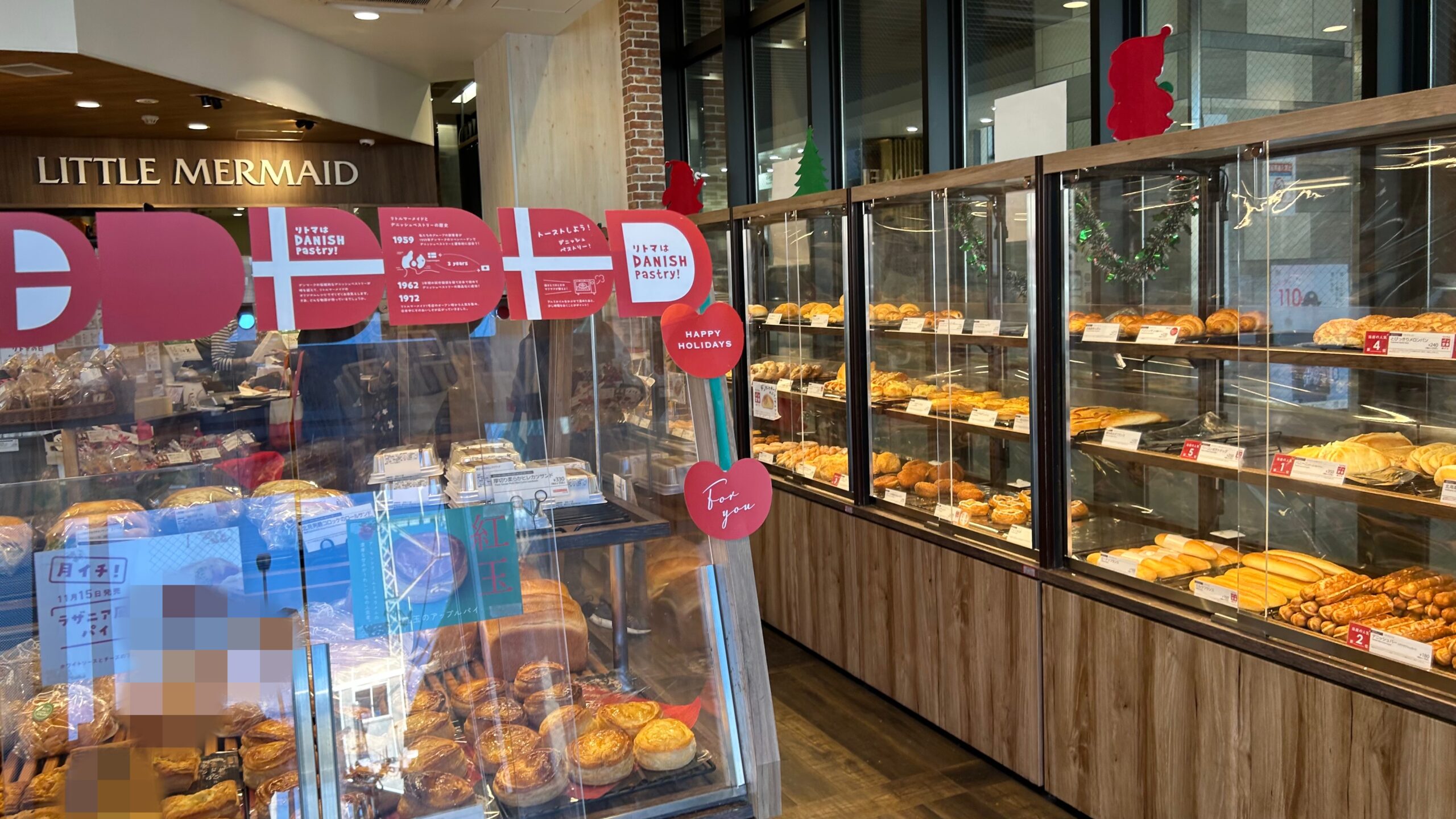
On this day, I had my breakfast at Little Mermaid, a bakery located inside a train station. My menu was simple: a black iced coffee and a sandwich (egg, ham, and tuna).
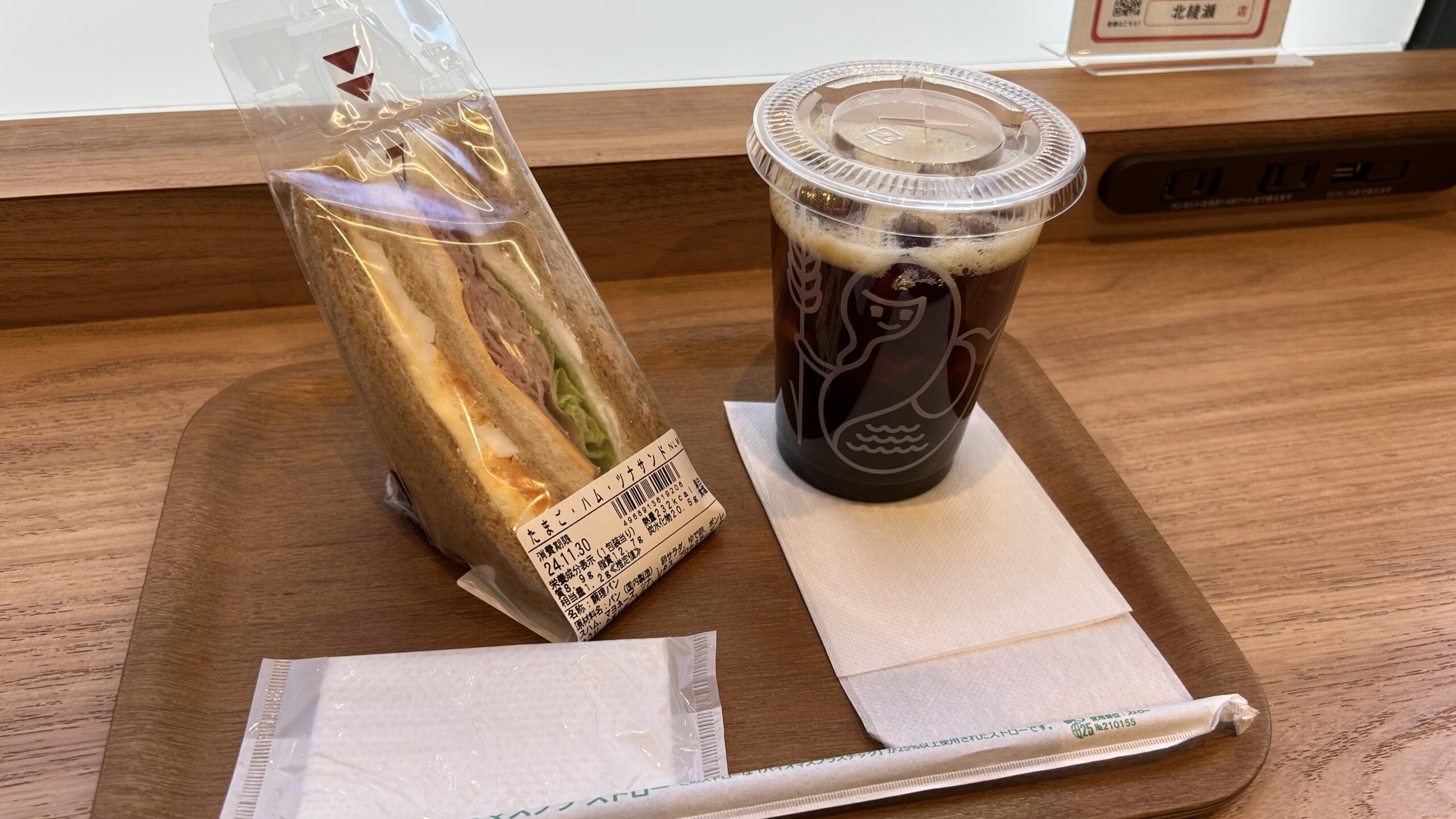
It’s common for bakeries inside train stations to have eat-in spaces, and many of them provide power outlets for charging your laptop or smartphone. This makes them very convenient for commuters and travelers.

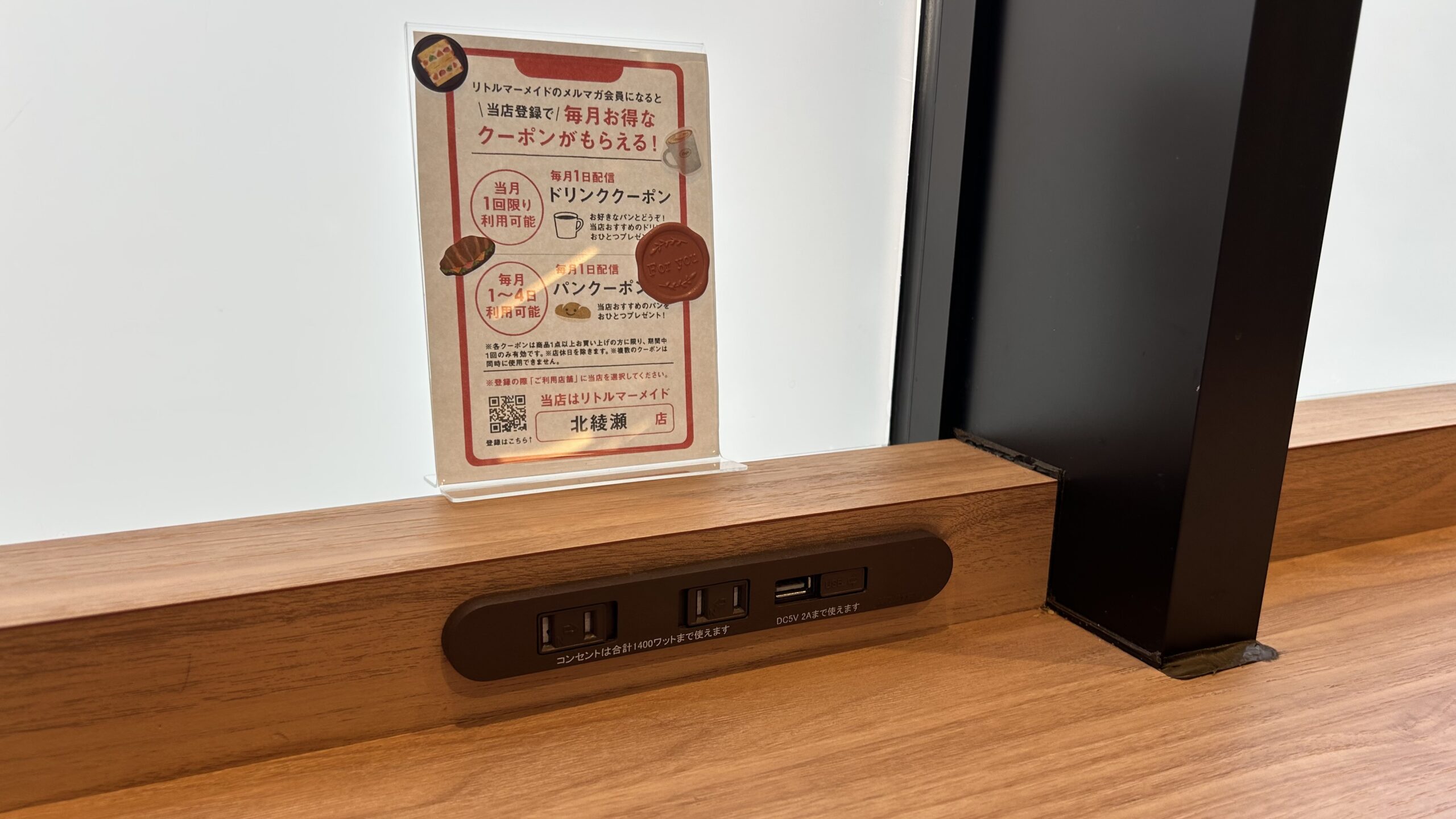
Although it was a holiday for me, I enjoyed a light breakfast here while working on my laptop before heading to my next exploration spot by train.
There’s nothing better than enjoying a sandwich and a coffee while soaking in the morning sunlight.


New Year’s Traditions: Simple Meals and Doing Nothing
The first three days of the Japanese New Year (from January 1st to 3rd) are traditionally a time for “doing nothing.” This principle extends to meals, where the elaborate preparation of osechi (New Year’s dishes) is avoided.
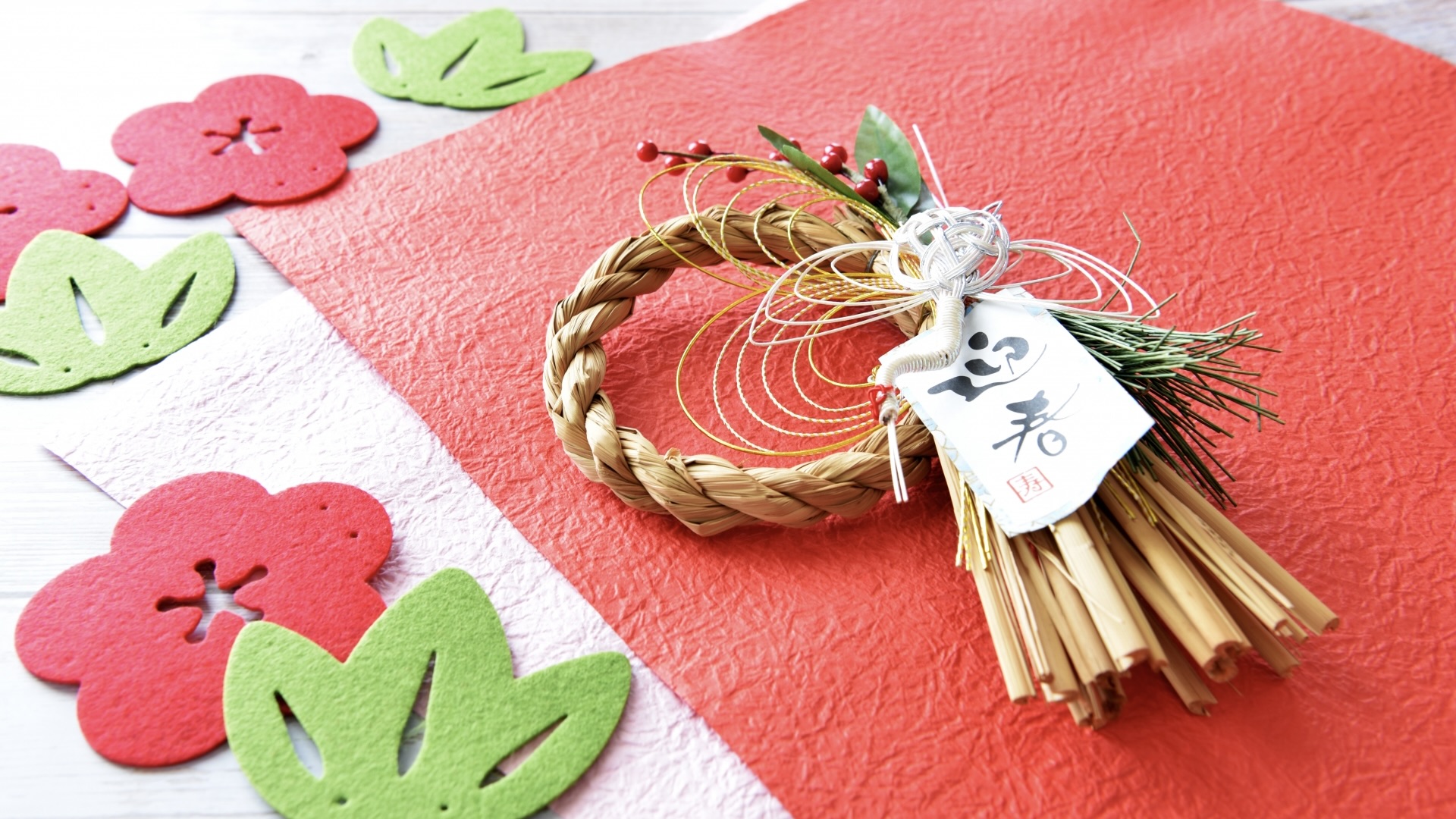
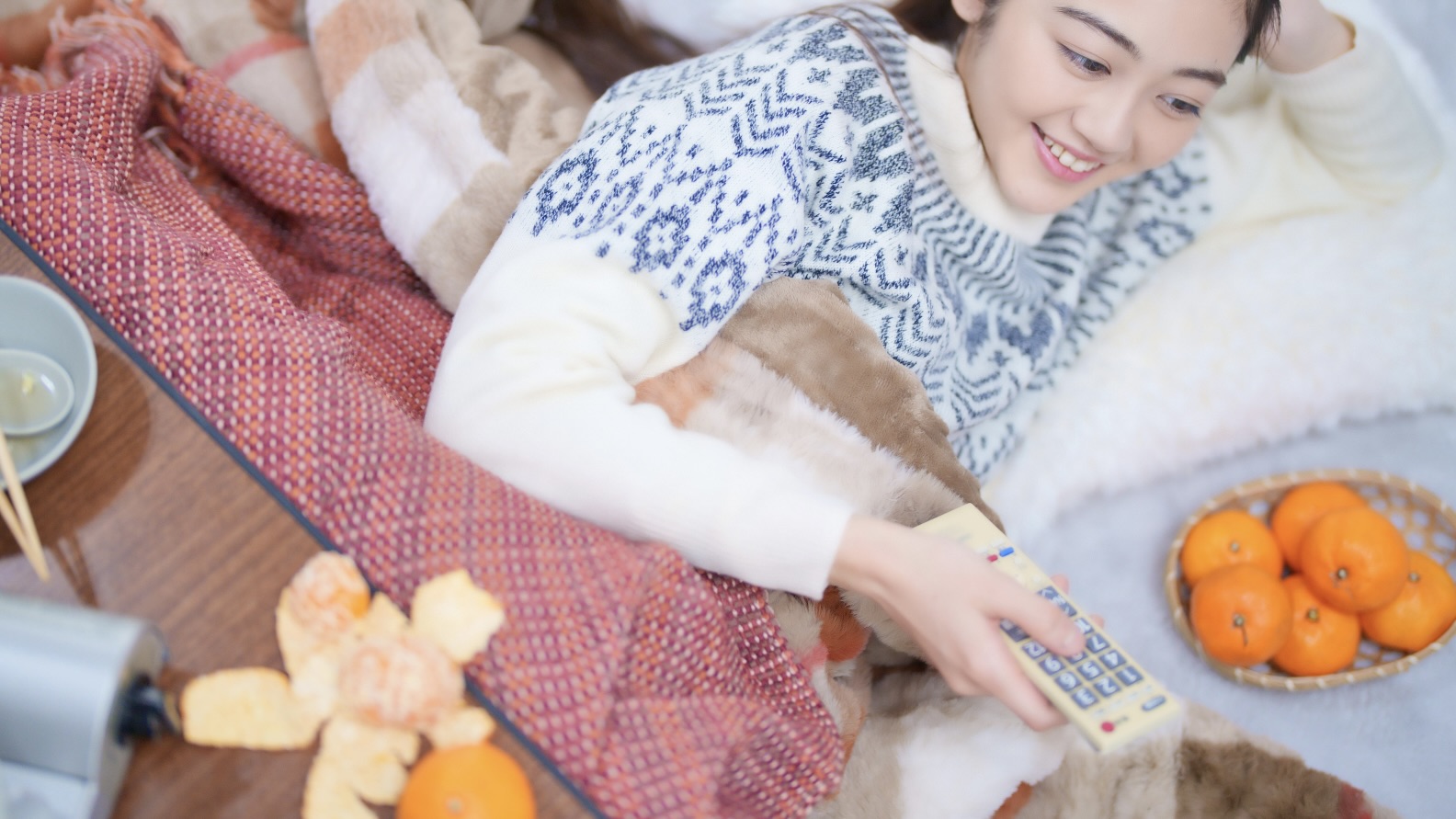
Instead, osechi is packed into a box and eaten over the course of three days. However, in urban households, it has become less common to prepare the full traditional osechi, as it can be time-consuming and many dishes no longer suit modern tastes.
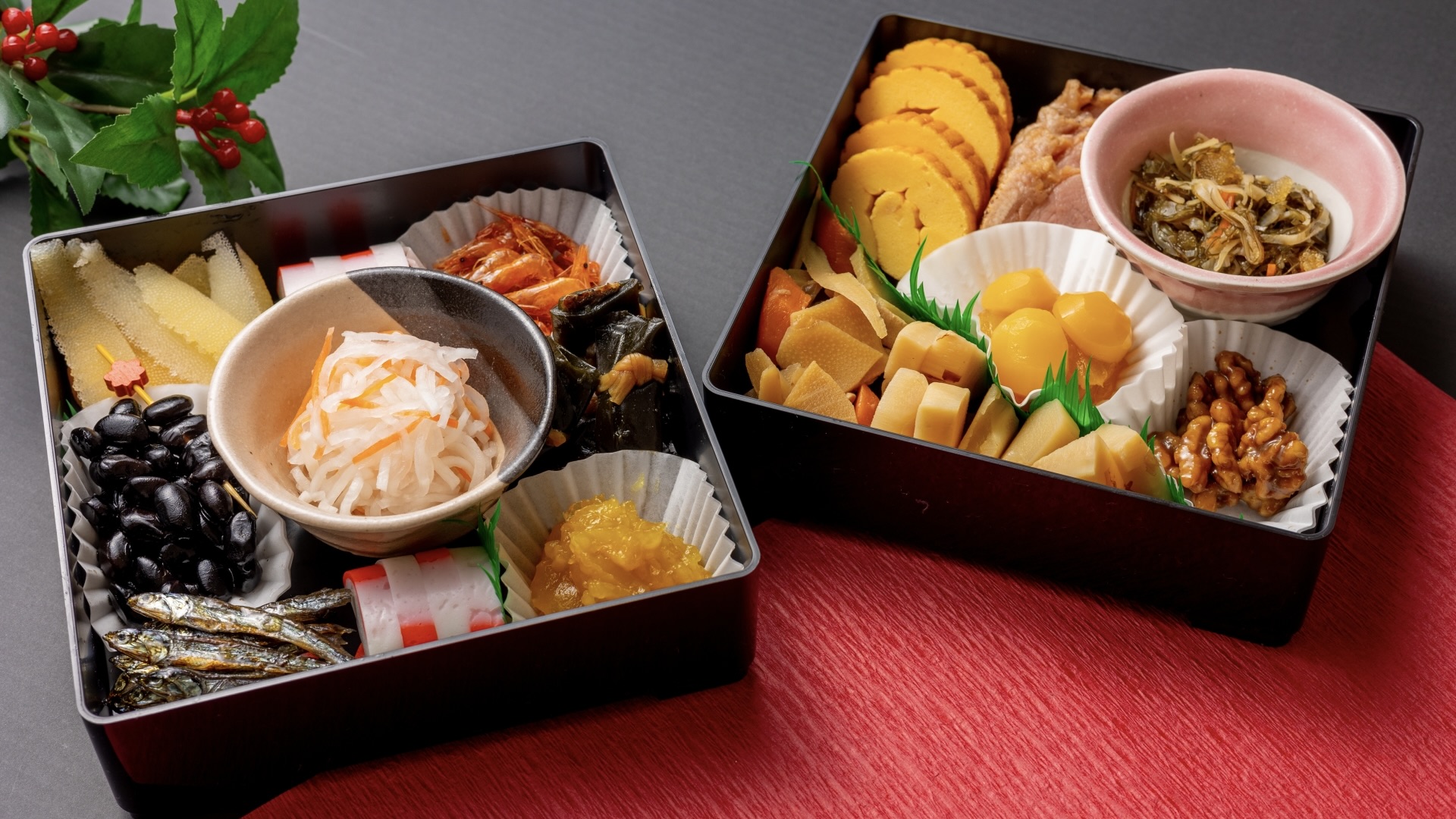
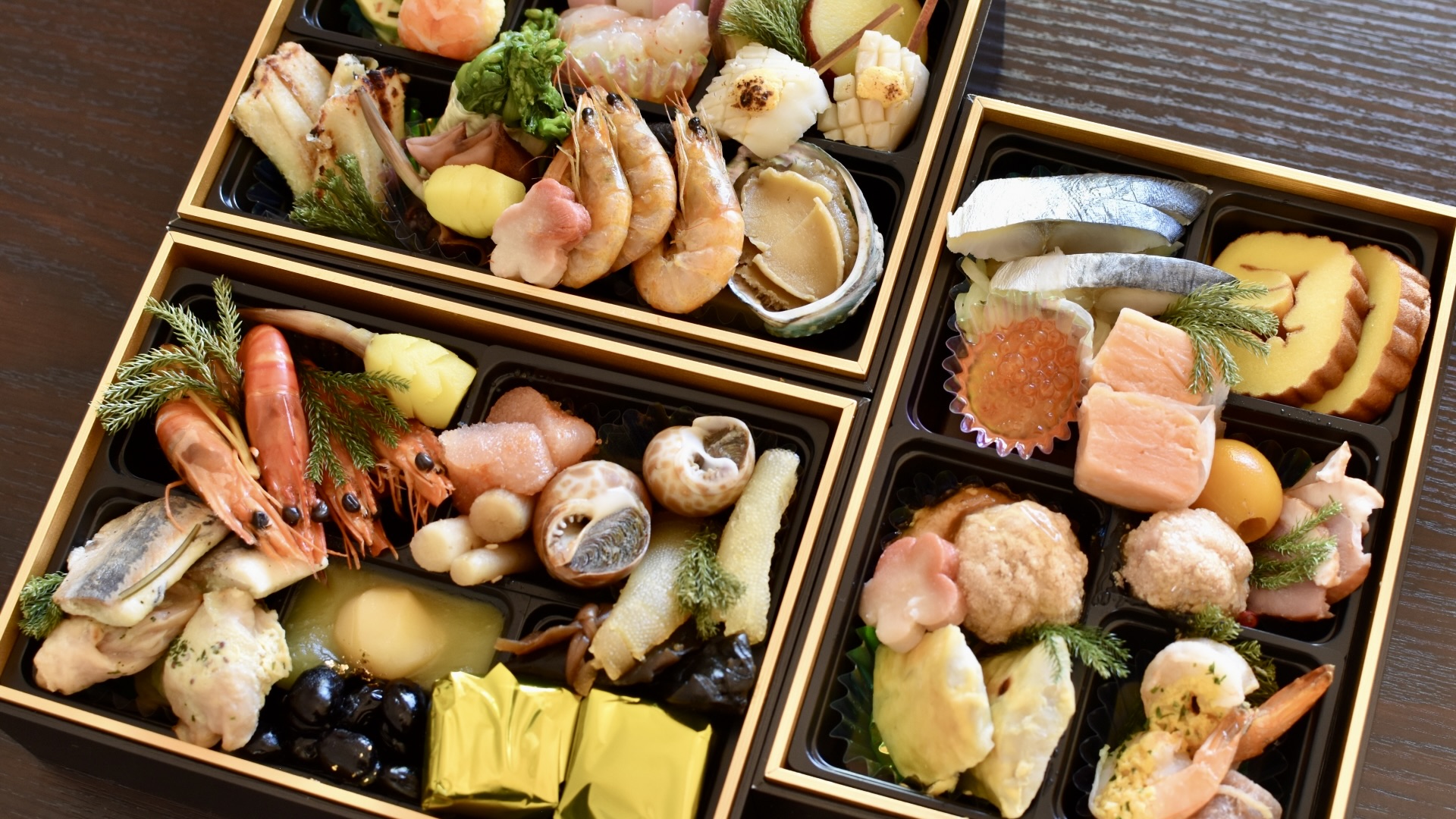
Still, it’s customary to eat osechi-like dishes along with ozoni (a traditional New Year’s soup) during the first three days of the year. In my household, we’ve simplified the osechi to a large degree and eat it only on New Year’s Day.
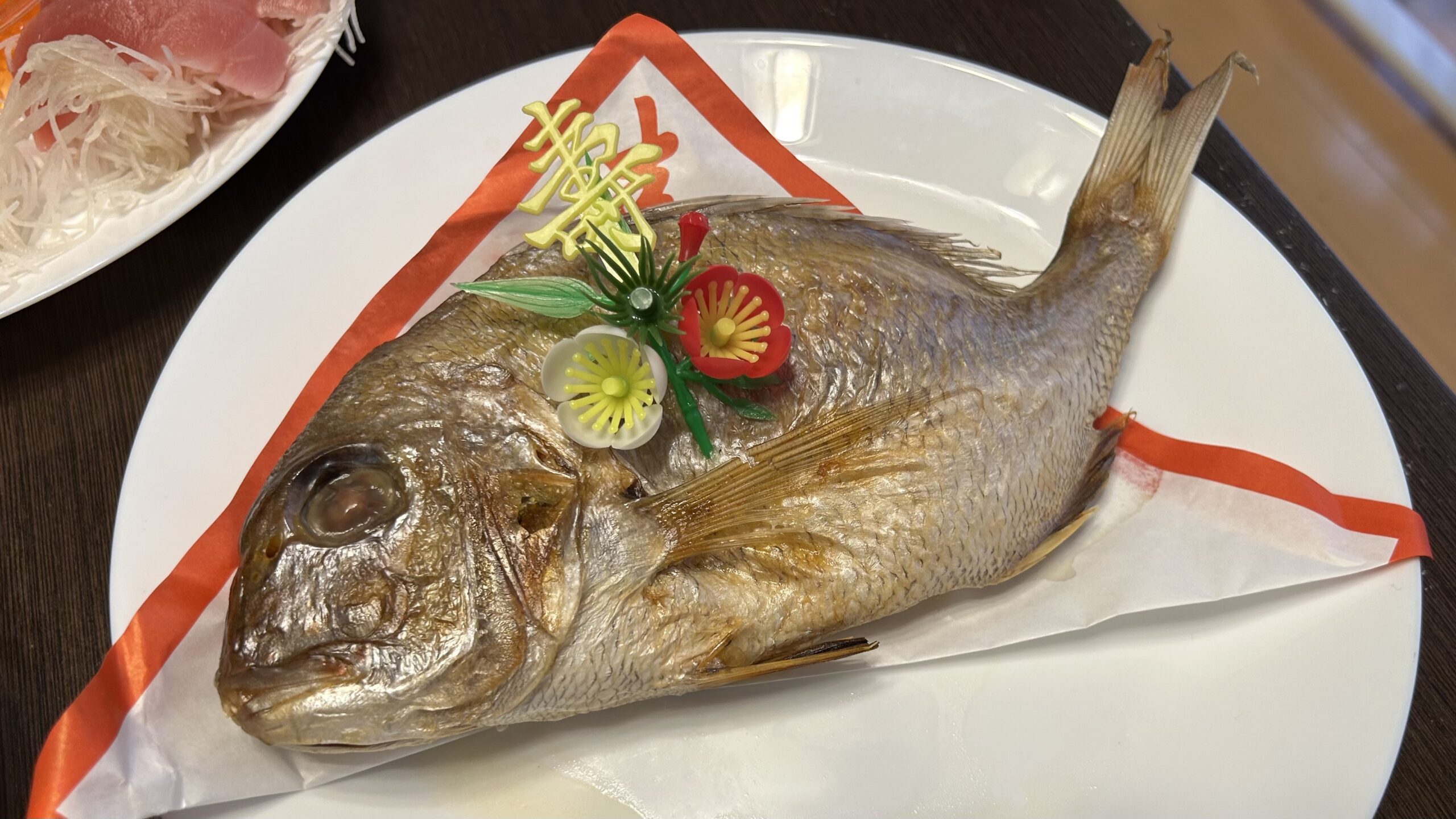
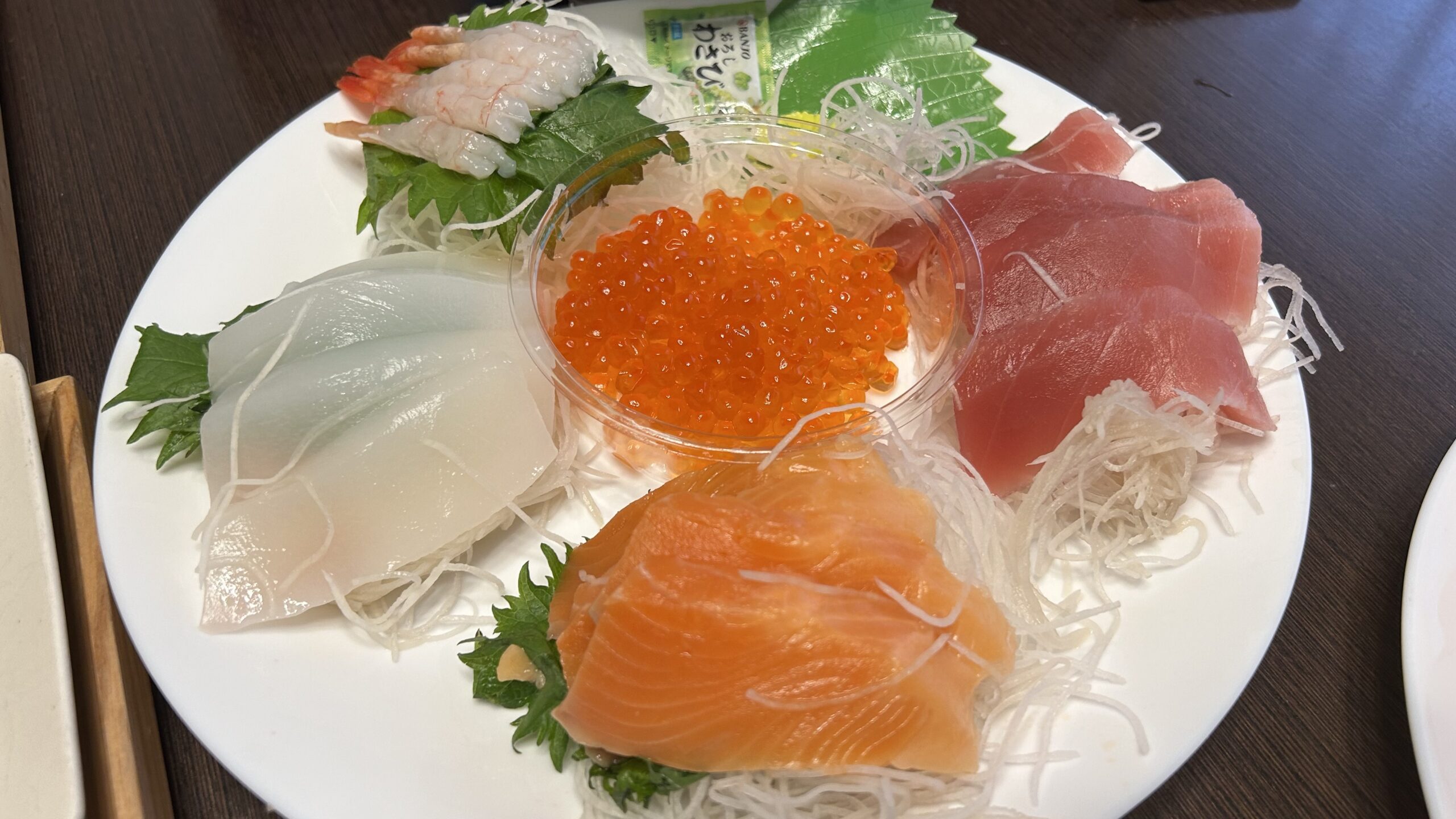
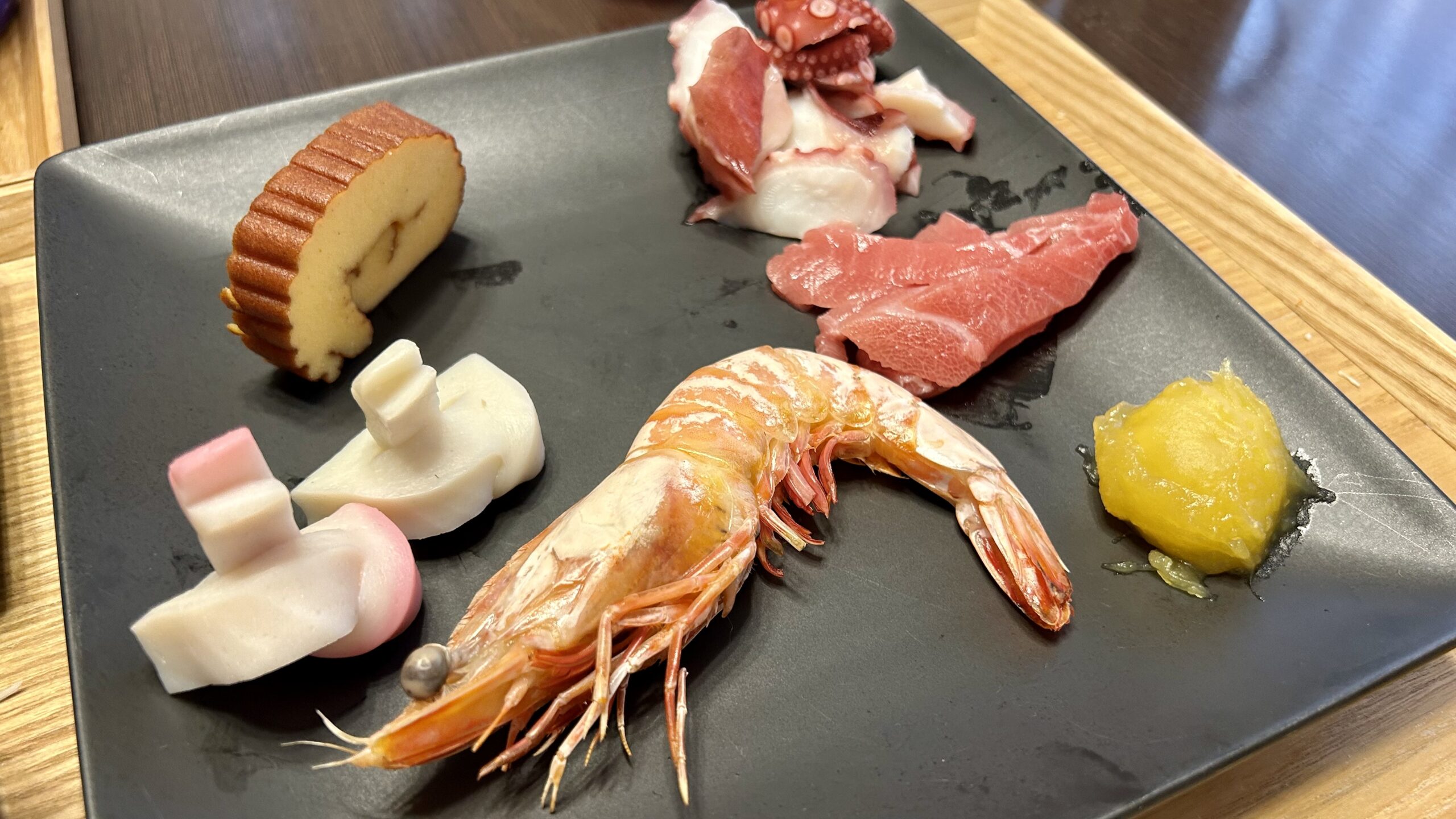
However, we make sure to have ozoni for breakfast on all three days of the New Year. The reason is that it’s easy to prepare, and it fits with the principle of doing as little as possible during the first three days.
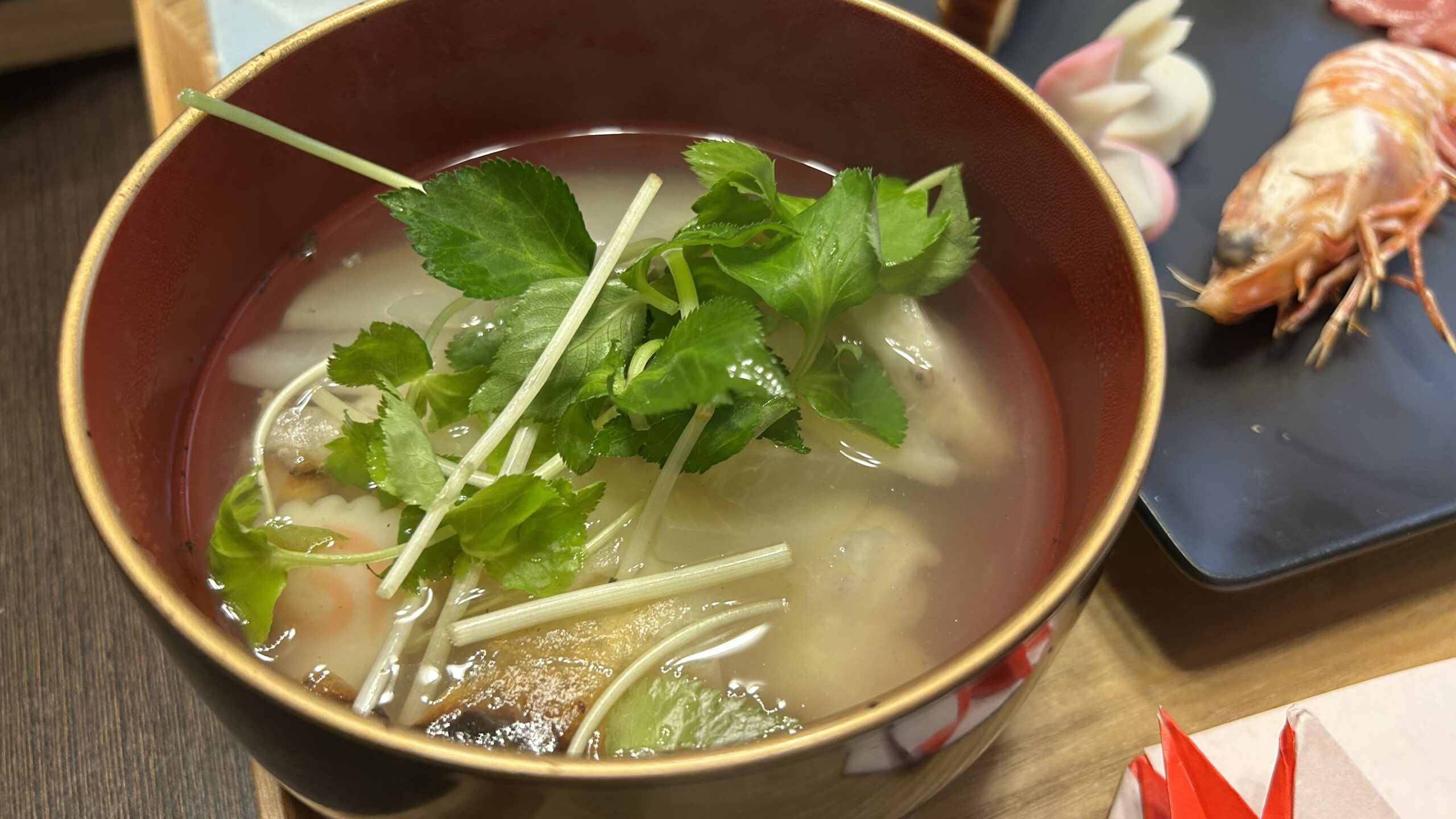
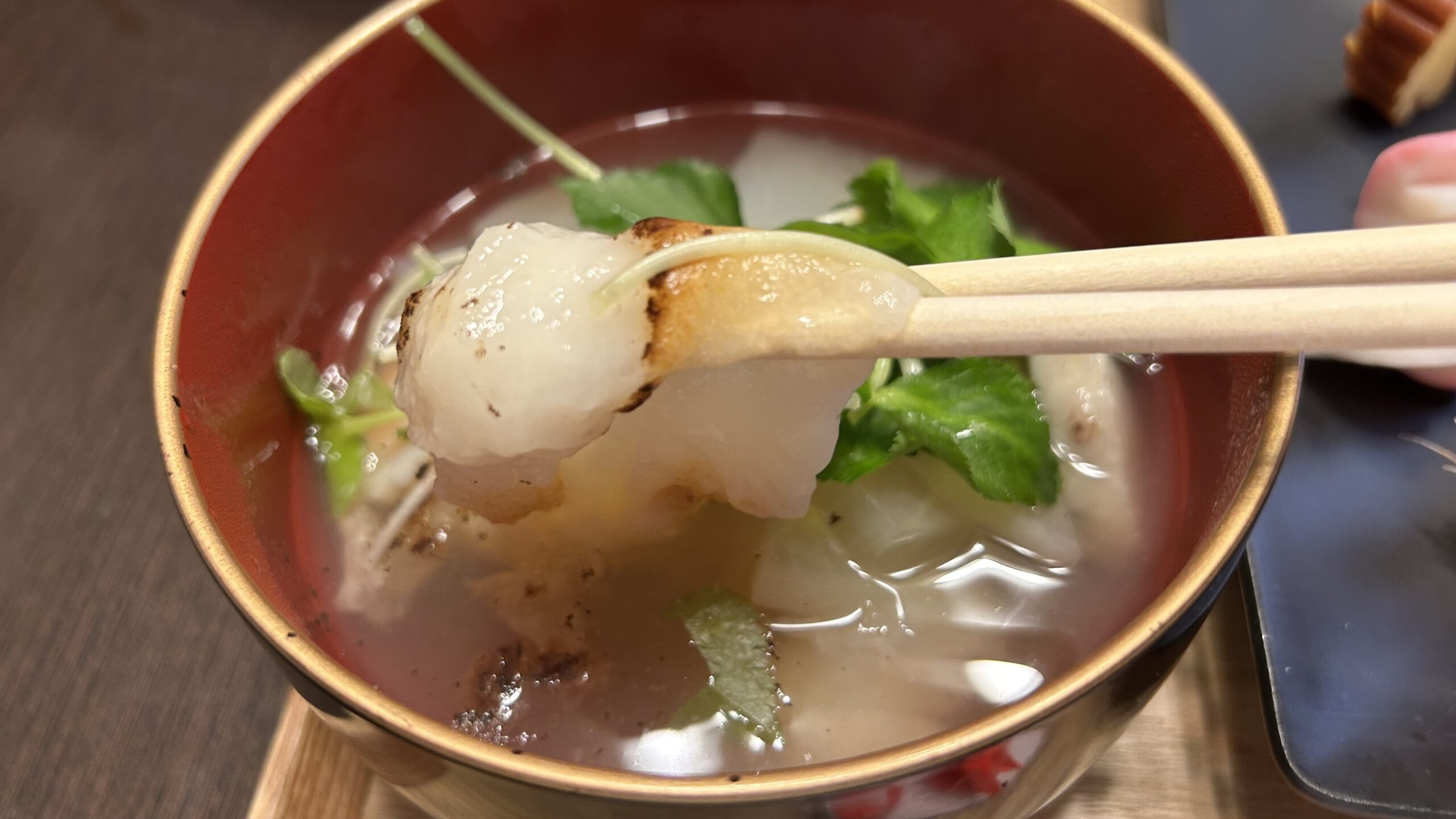
Ozoni doesn’t have a fixed recipe, and in my home, we use a simple base of bonito stock with daikon radish, taro, komatsuna, mochi, and mitsuba. But there are many variations depending on the region or family, with some using chicken broth, miso, or even sweet red bean paste. The very name “ozoni” comes from “zoni,” meaning “anything thrown together in a pot.”
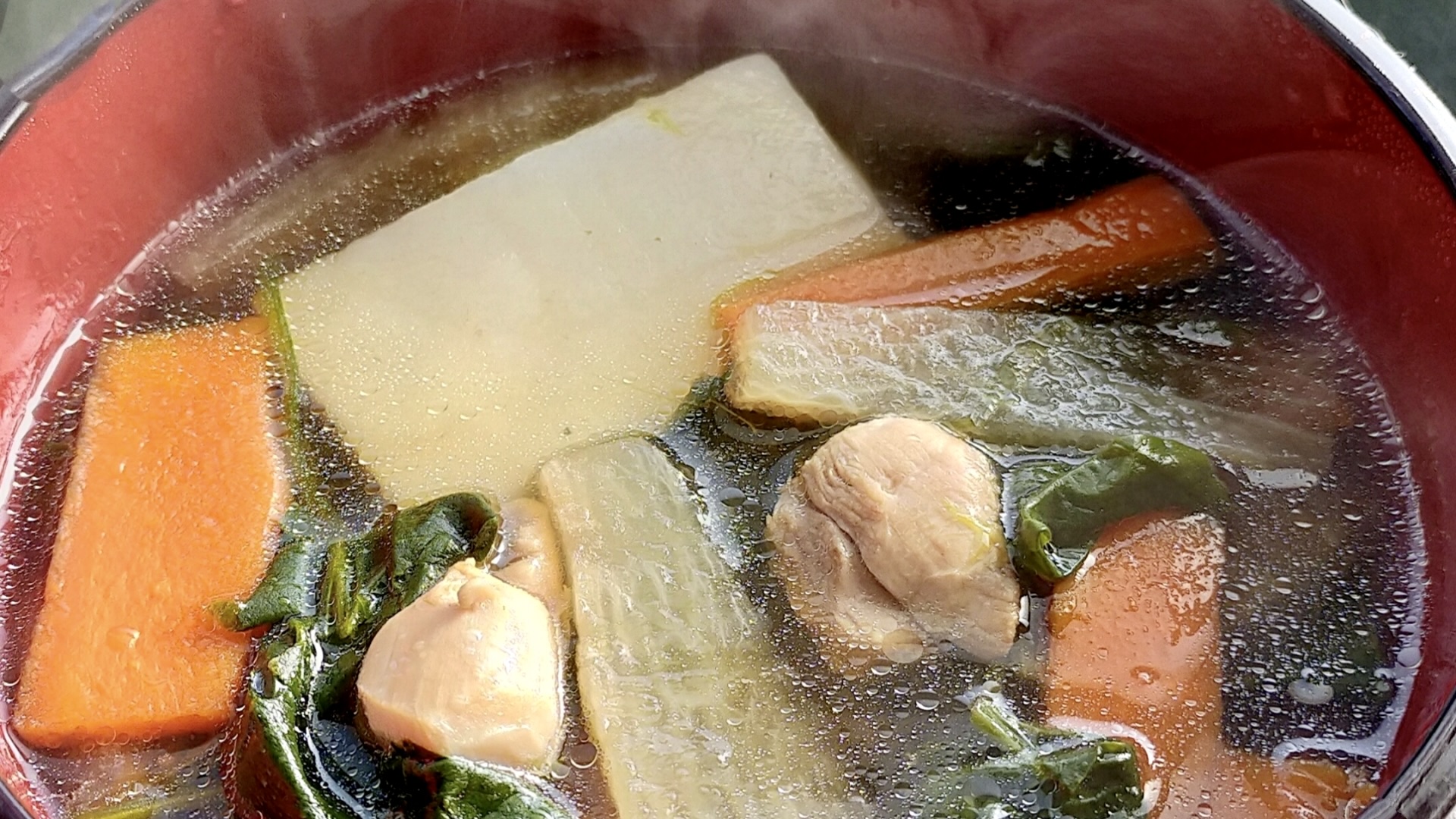
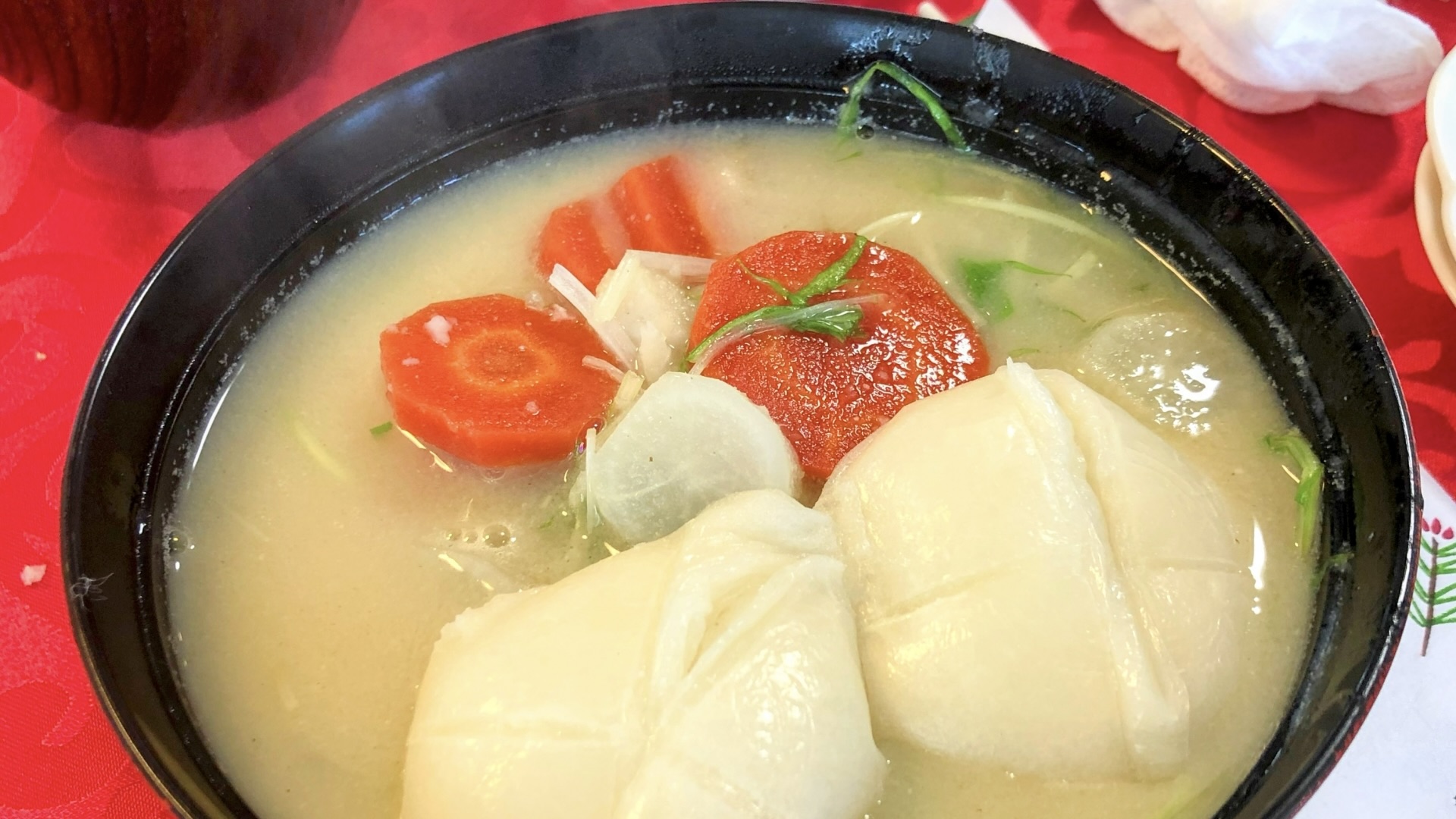
Every year, Japanese people eat mochi in ozoni on New Year’s, but there is always an incident where someone chokes on it, making it quite the survival meal. After enjoying such a serious meal, we do as little as possible during the first three days.
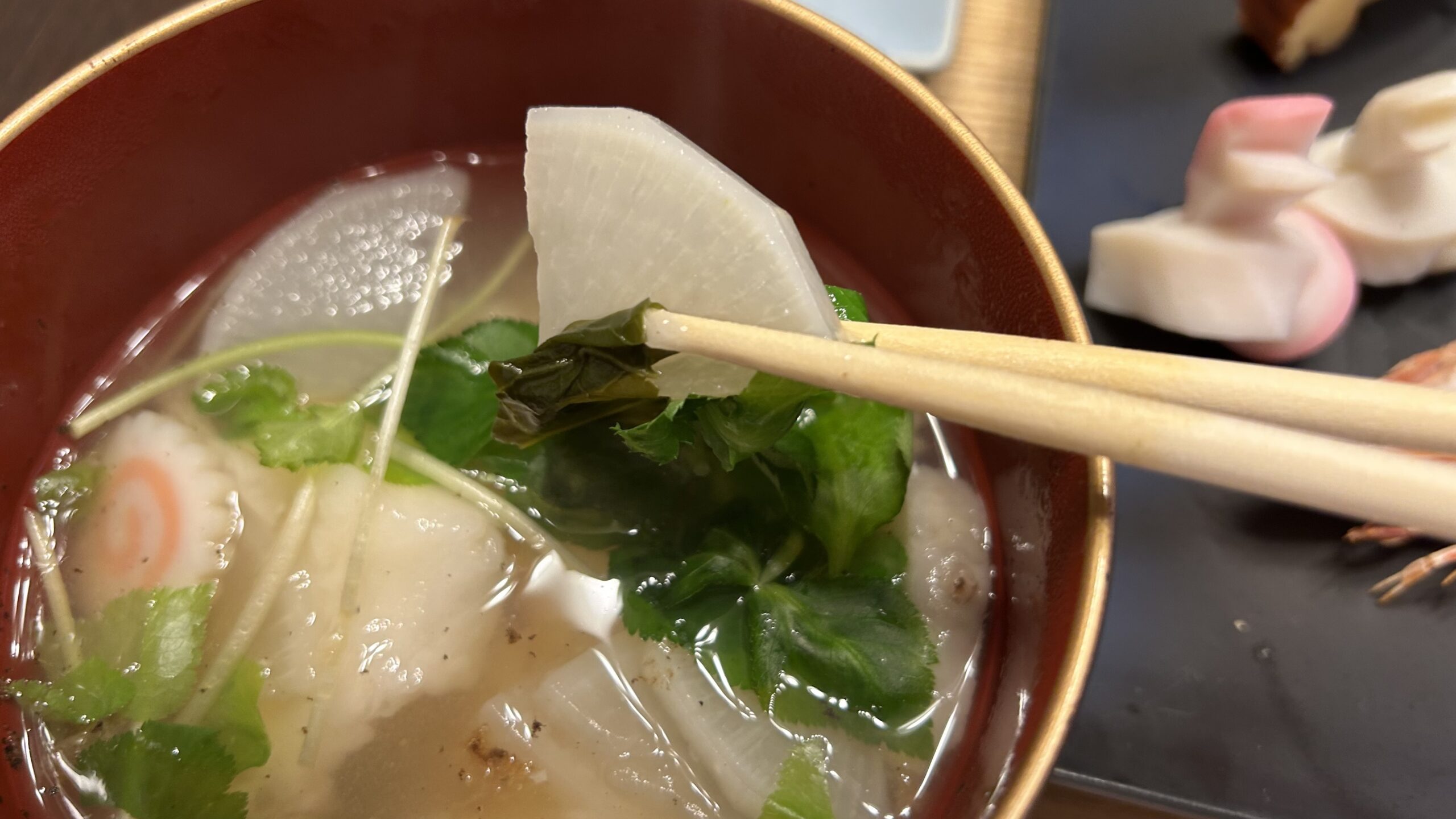

This is why the term “New Year’s weight gain” exists in Japan. Sales of diet supplements skyrocket in the days after New Year’s.
Experience Nanakusa-Gayu: A Traditional Japanese Breakfast
Nanakusa-gayu (Seven Herb Rice Porridge) is a traditional Japanese breakfast eaten on the morning of January 7th. This simple dish is enjoyed to soothe the stomach after indulgent New Year feasts and to pray for good health throughout the year.
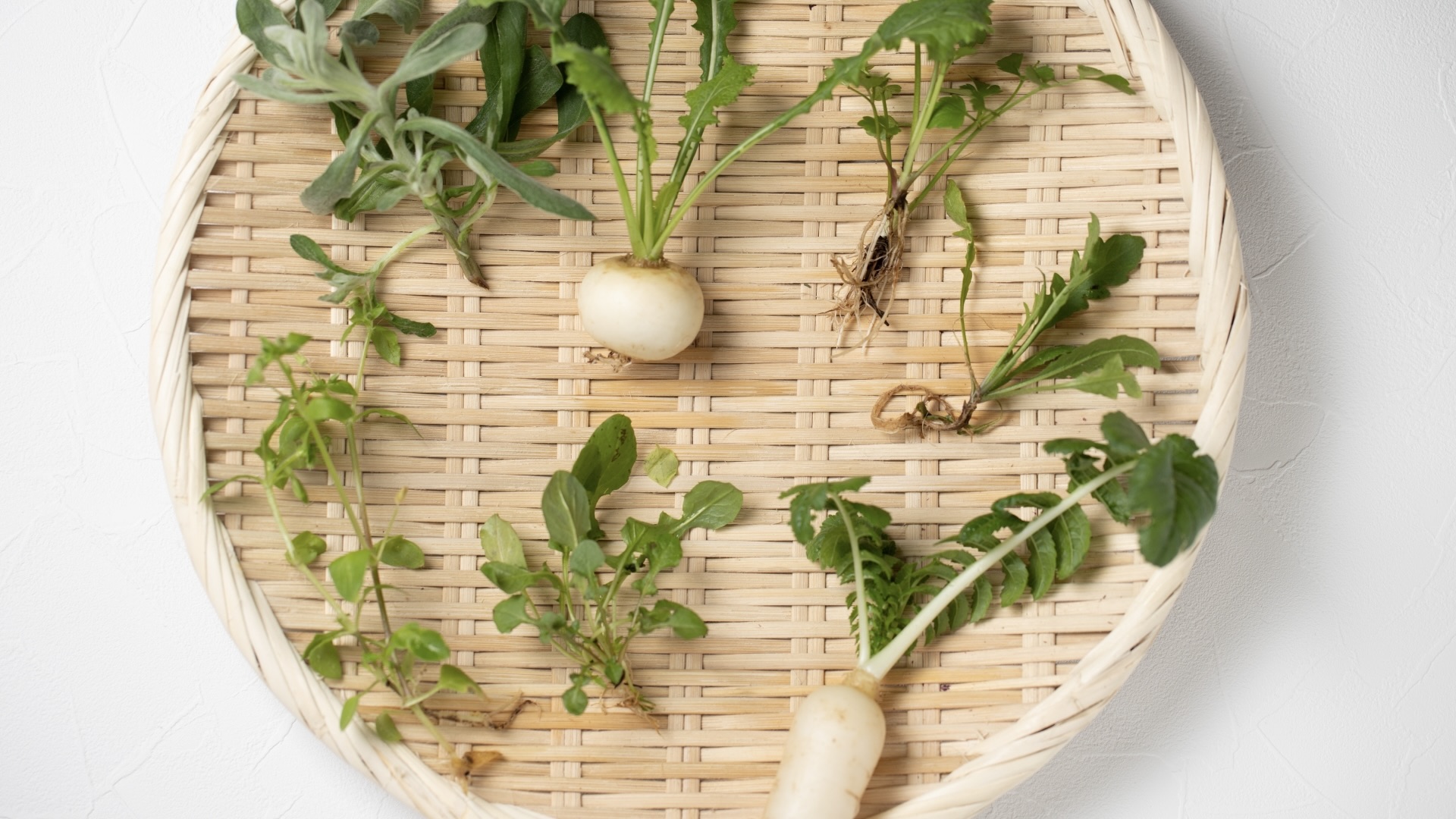
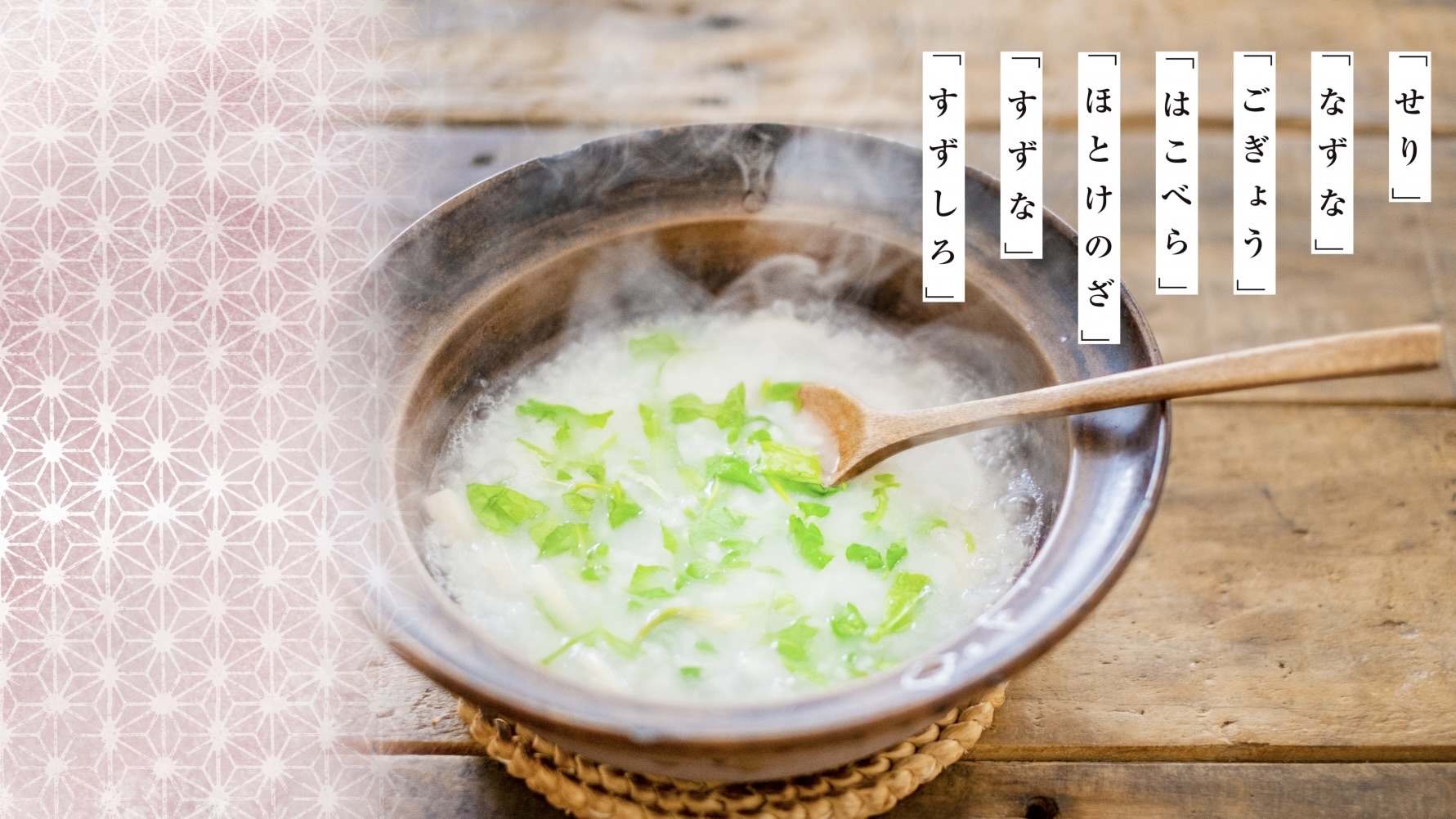
Nanakusa-gayu is made with seven specific herbs: seri (Japanese parsley), nazuna (shepherd’s purse), gogyou (cudweed), hakobera (chickweed), hotokenoza (nipplewort), suzuna (turnip), and suzushiro (daikon radish).
Each herb is believed to have properties that aid digestion and replenish nutrients. This custom originated in China and was adopted in Japan during the Heian Period (794–1185).
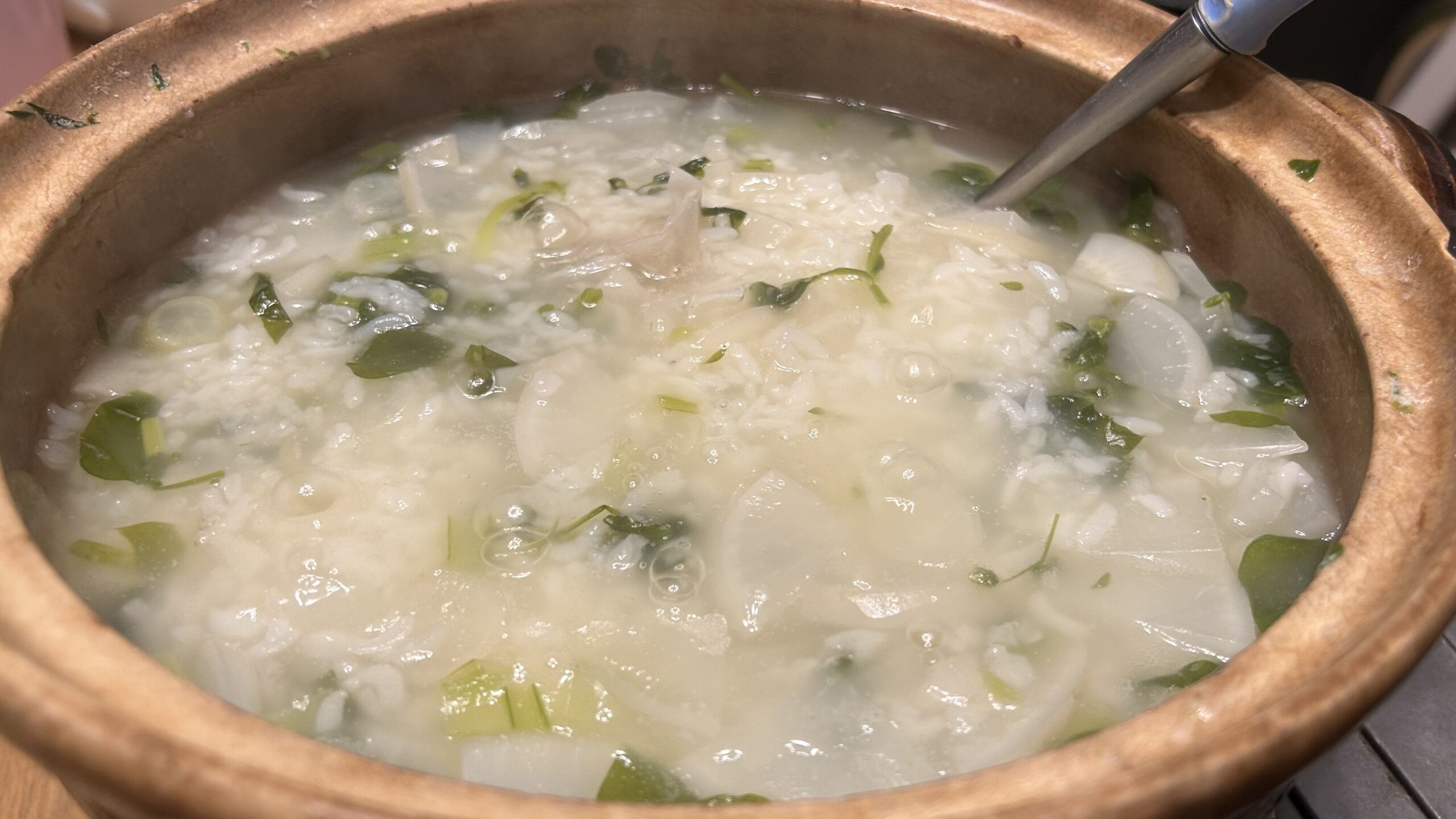
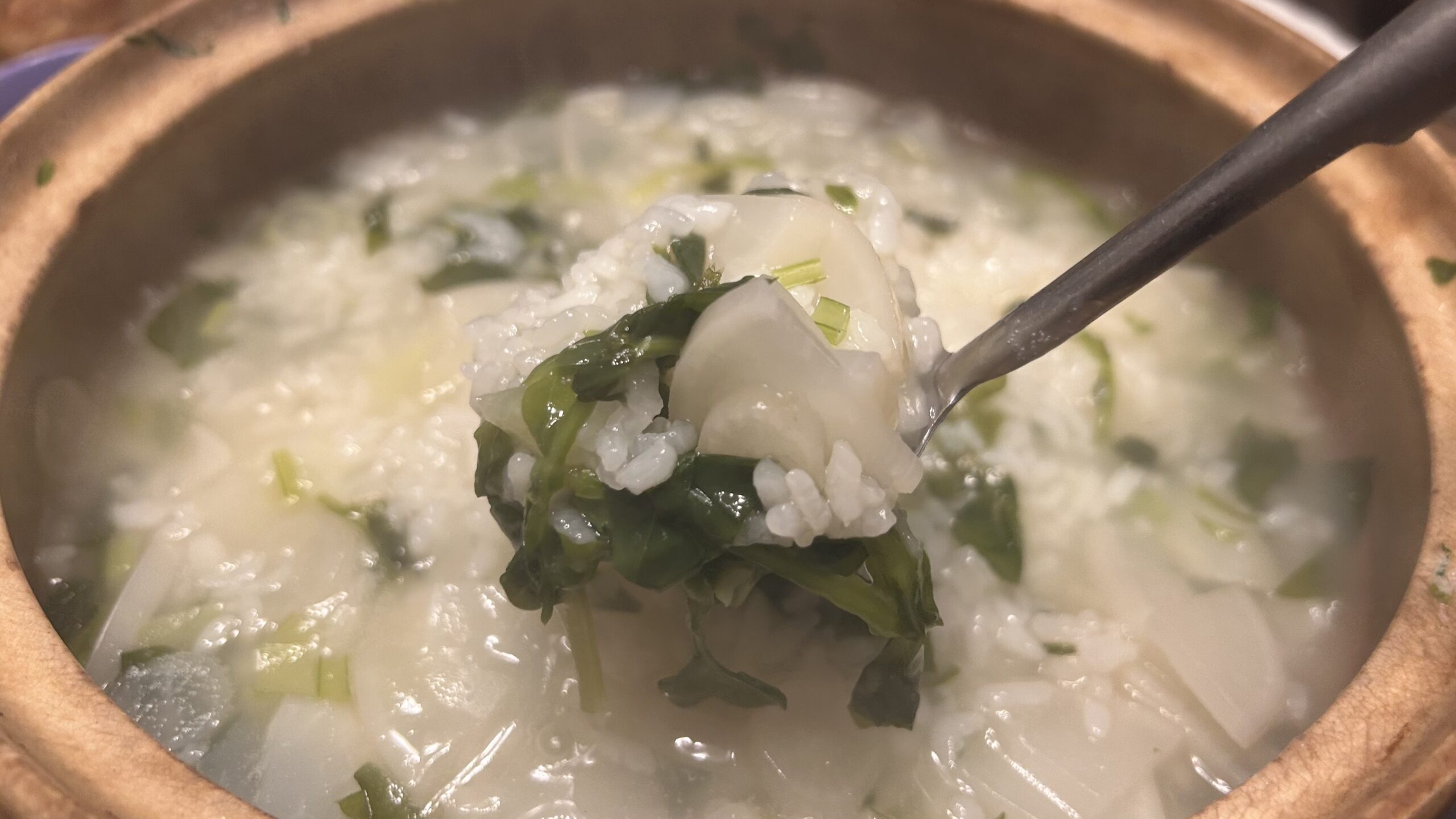
In my household, we like to add mitsuba (Japanese wild parsley) to the mix, creating our own “Eight Herb Porridge.” The addition of mitsuba enhances the aroma and adds a refreshing flavor to the dish. Customizing nanakusa-gayu is a great way to make it your own.
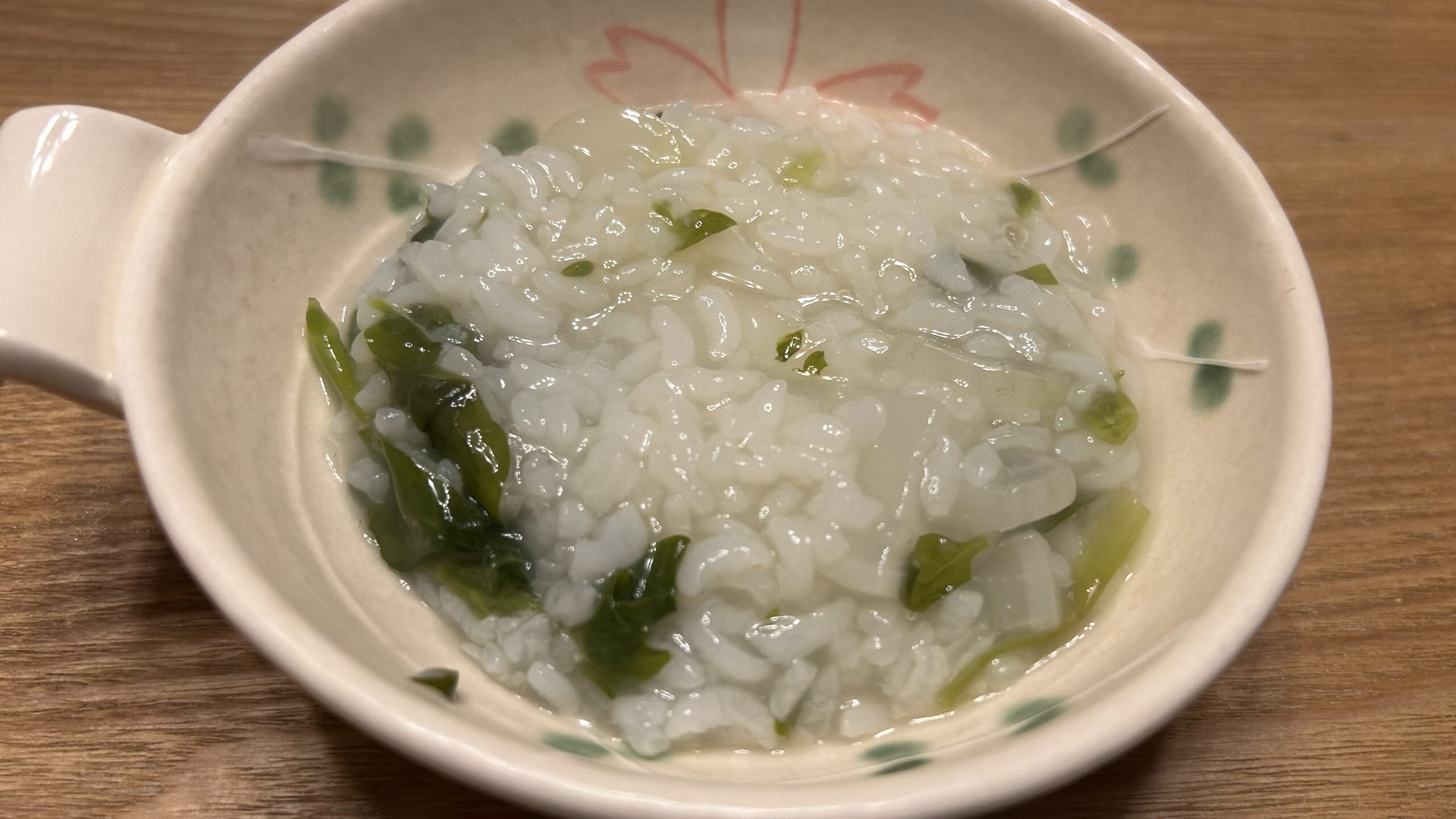
Seven Herbs
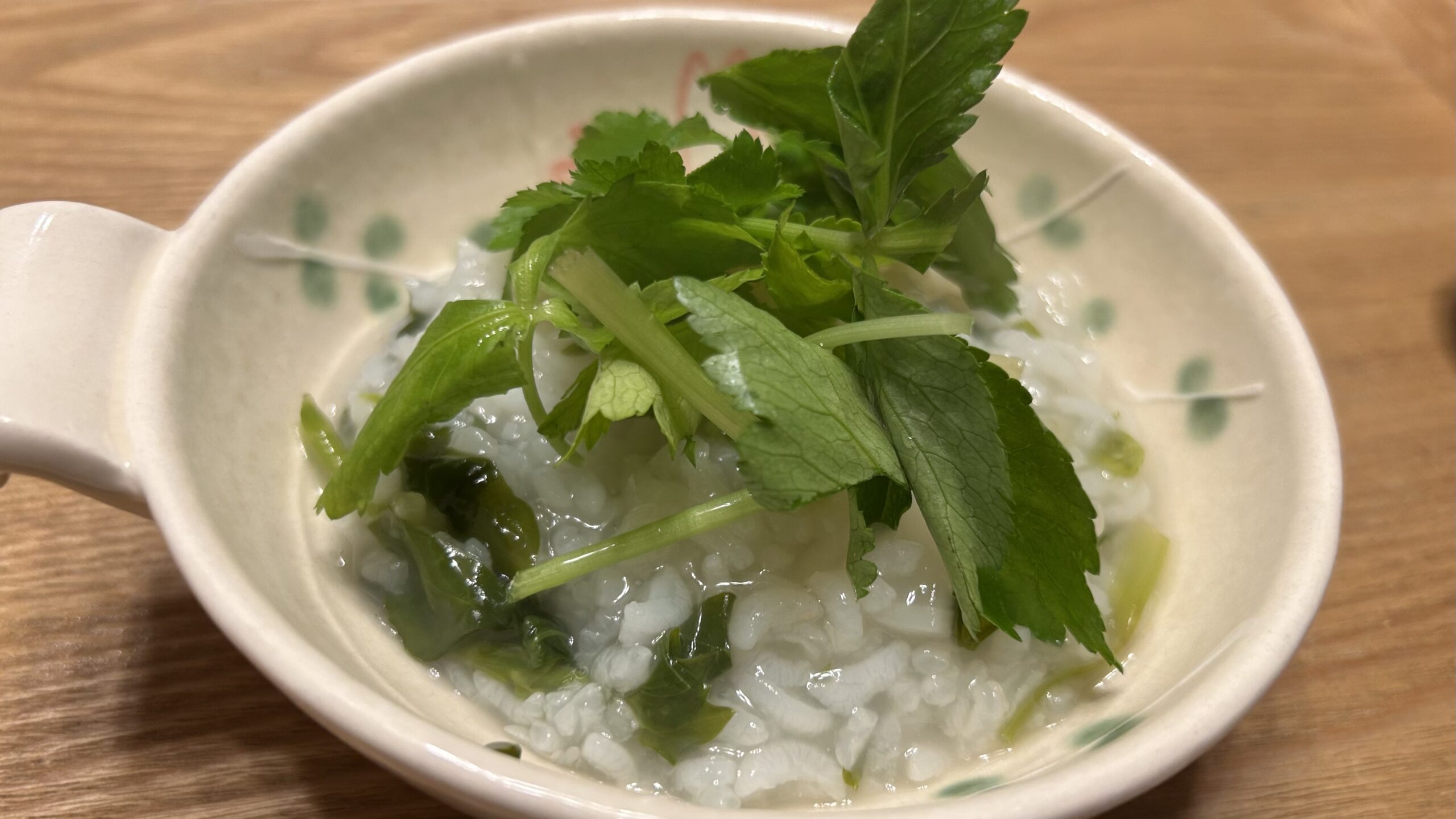
Eight Herbs
If you’re visiting Japan on January 7th, why not try booking accommodation that offers nanakusa-gayu for breakfast? It’s a unique opportunity to experience a piece of Japanese tradition. The gentle, wholesome taste of this dish is sure to refresh both your body and soul.
Japanese Foodies:Japanese Lunch
Lunch on the Go: Filling Up with a Katsudon Set at Fuji Soba
On this day, work required me to commute to a different location than usual, spending the entire day in that town.
When working from home, I usually have lunch at home, and when going to the office, I often bring a packed lunch. However, since I was working in an unfamiliar town this time, I decided to eat out.
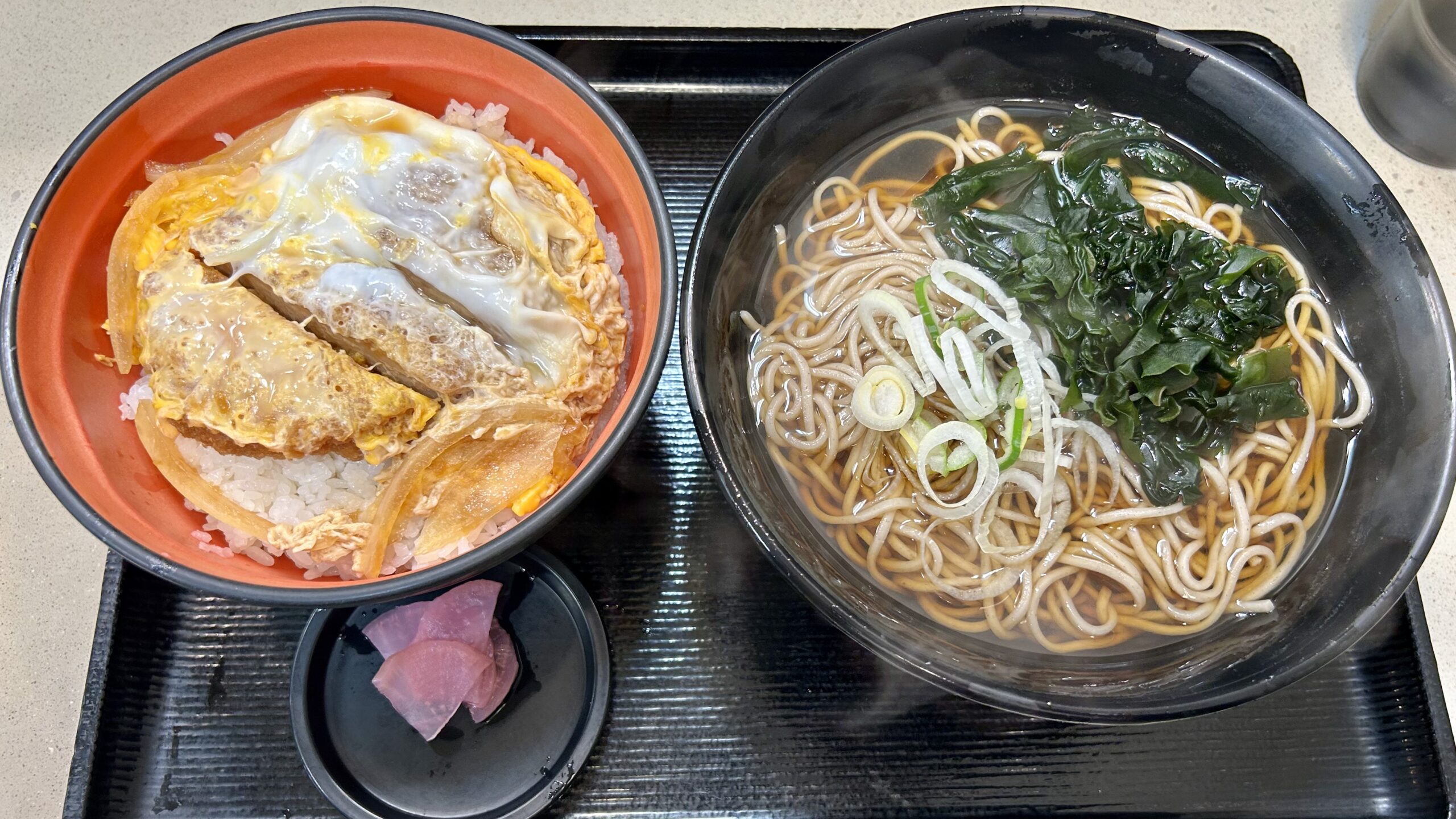
However, when it comes to grabbing a quick lunch within a short break, the options are limited. On top of that, most restaurants are crowded during lunchtime. In such situations, tachigui soba (standing soba) is the best choice — a place where you can easily drop by alone and finish your meal quickly.
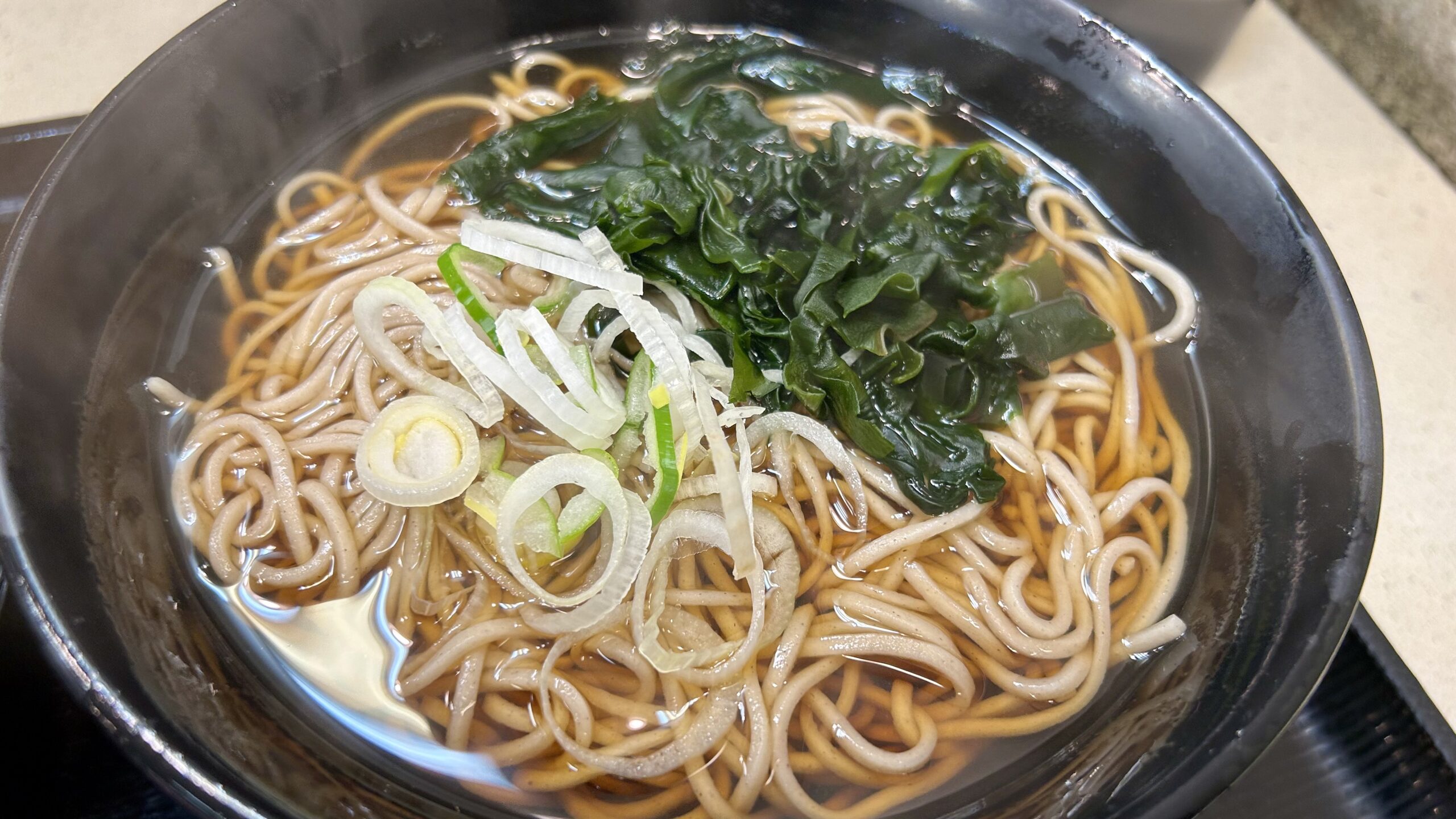
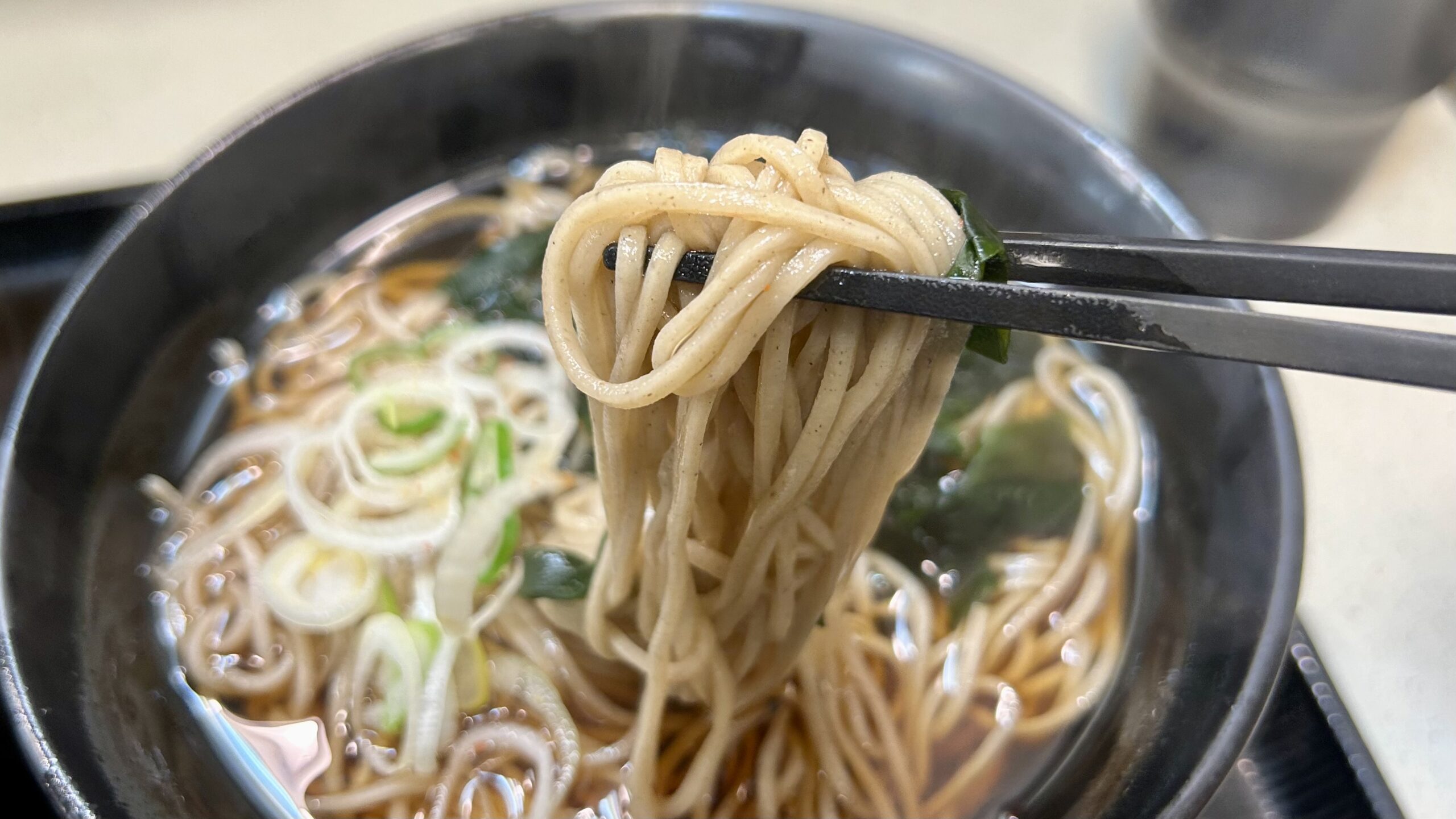
That day, I visited “Nadai Fuji Soba” near the station and ordered the katsudon set.
After purchasing a meal ticket and handing it over at the counter, I was asked, “Soba or udon? Hot or cold?” — this is where you specify your order.
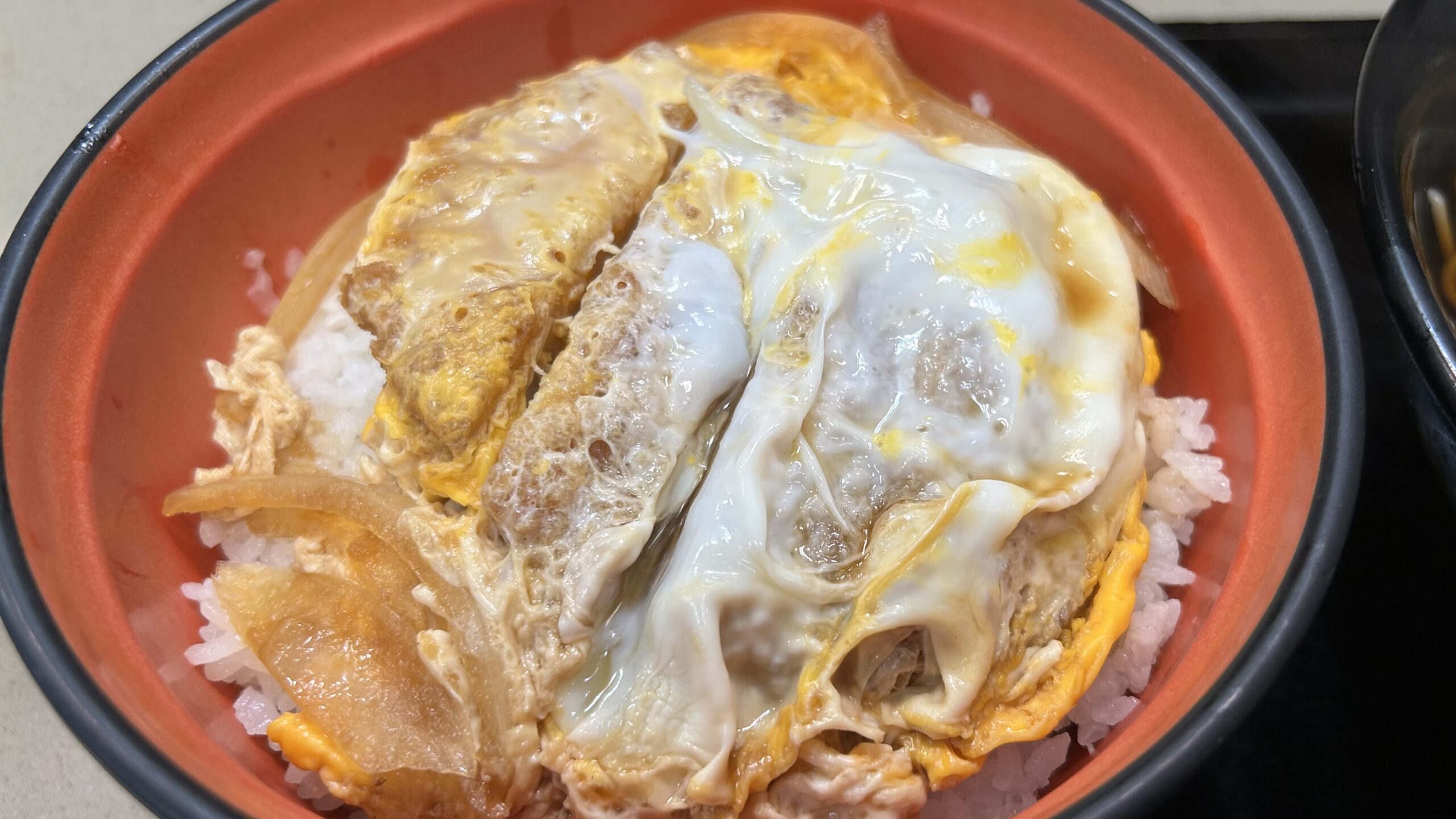
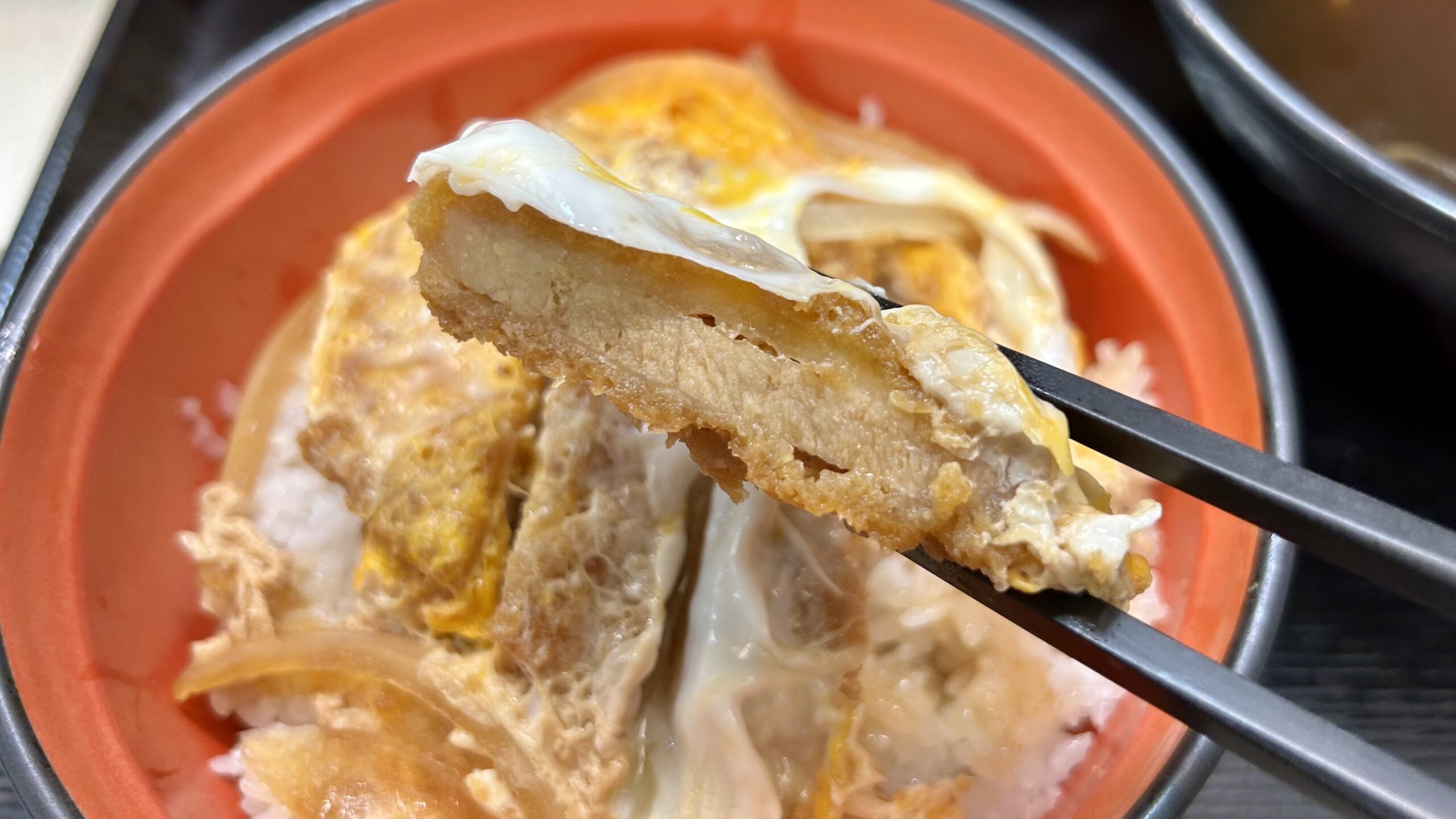
The restaurant offers not only a standing eating style but also seating, allowing for a more relaxed dining experience, which is greatly appreciated. The standard-sized katsudon and kake soba left me feeling completely satisfied.
While I did worry slightly about how this fullness might affect my work in the afternoon, it was undeniably the perfect choice for a quick and delicious lunch.
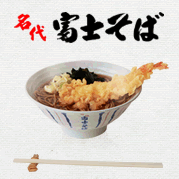
Shrimp Tempura Curry Soba at Teuchi Soba Yakushiji
This weekend, I took a train for about an hour from central Tokyo to visit Ryugasaki City in Ibaraki Prefecture, aiming for a relaxing stroll in nature.
When it comes to lunch in Ryugasaki, my choice is always clear: the signature Shrimp Tempura Curry Soba at Teuchi Soba Yakushiji.
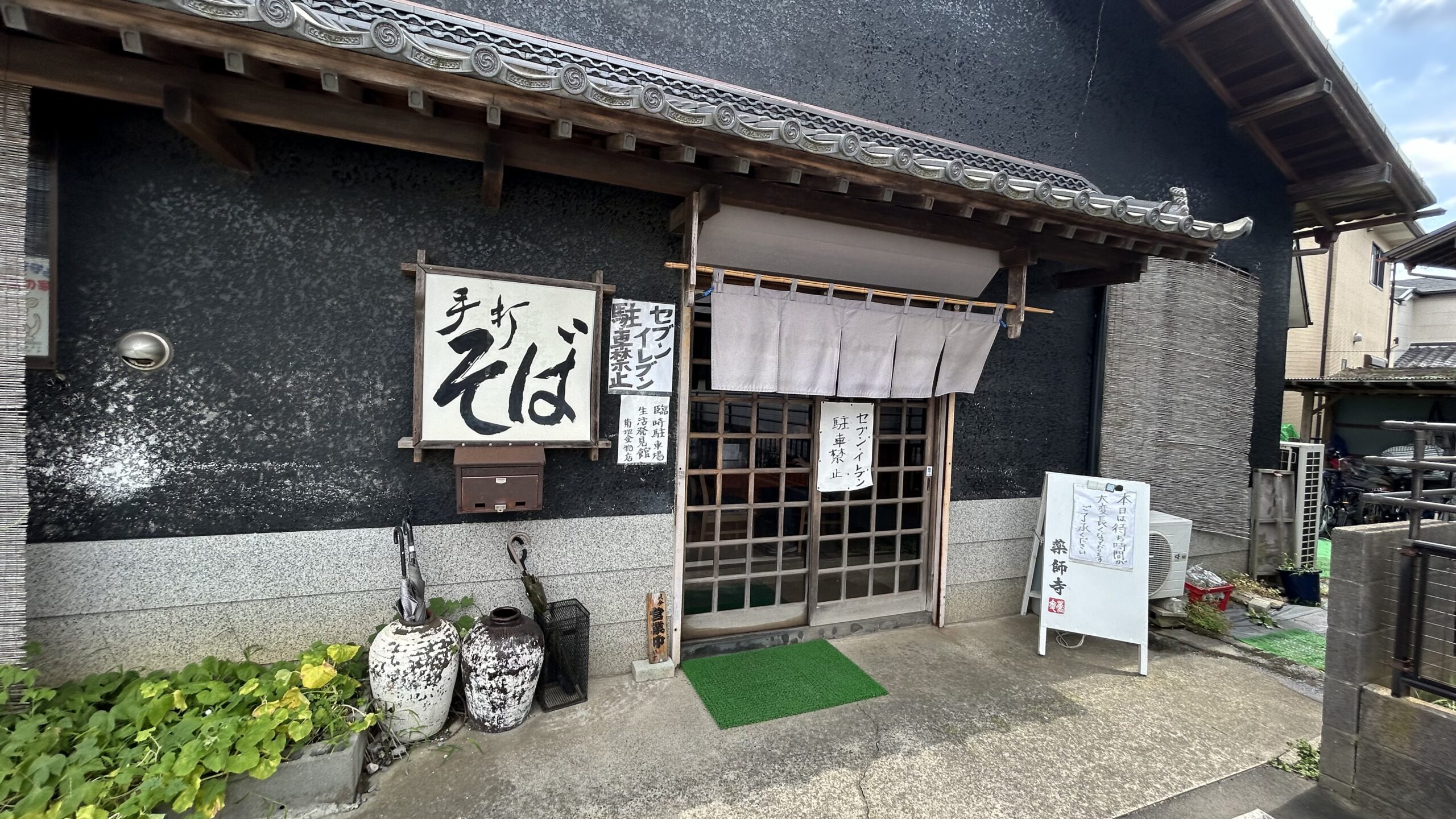

This dish is nothing short of exceptional. The thick, rich curry is infused with the umami of traditional soba broth, delivering a spicy yet deeply flavorful experience.

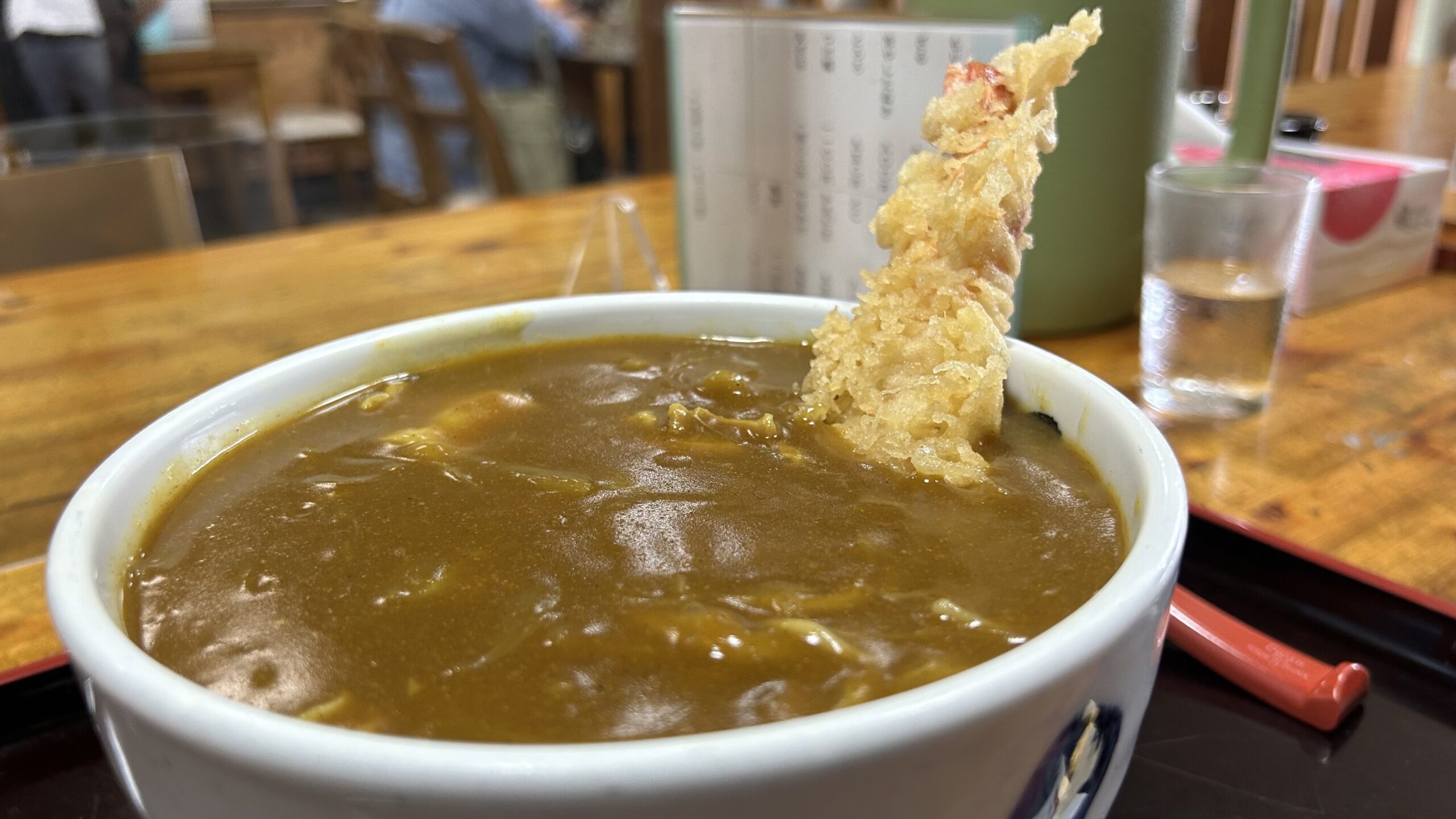
Combined with piping hot soba noodles, it creates a moment of pure bliss. The large, crispy shrimp tempura perfectly complements the rich curry, offering an irresistible contrast in texture and taste.
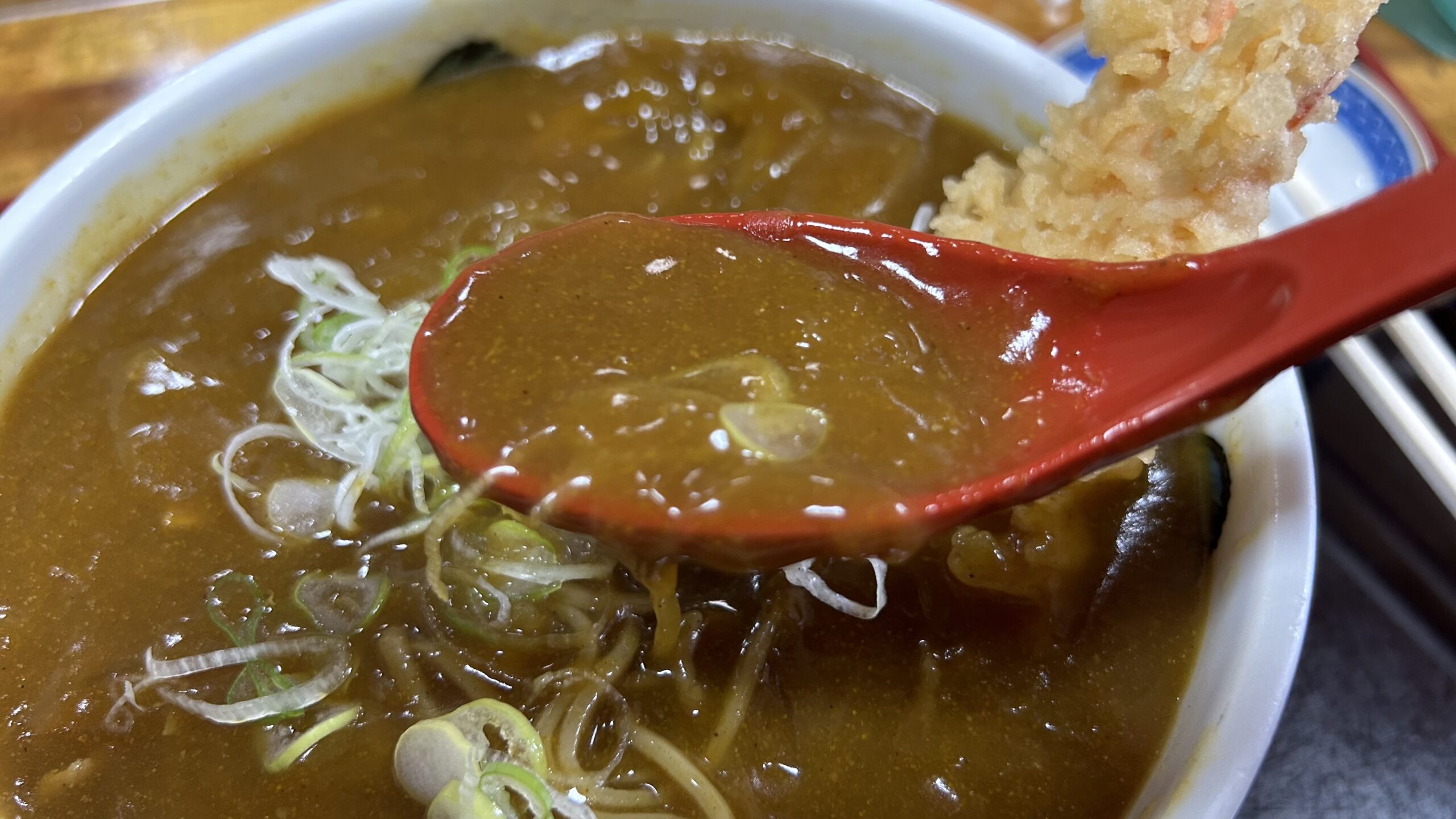

The soba noodles are generously portioned, making for a satisfying meal. For an added treat, you can order rice to enjoy the remaining curry as curry rice, but be warned—it’s a substantial serving.
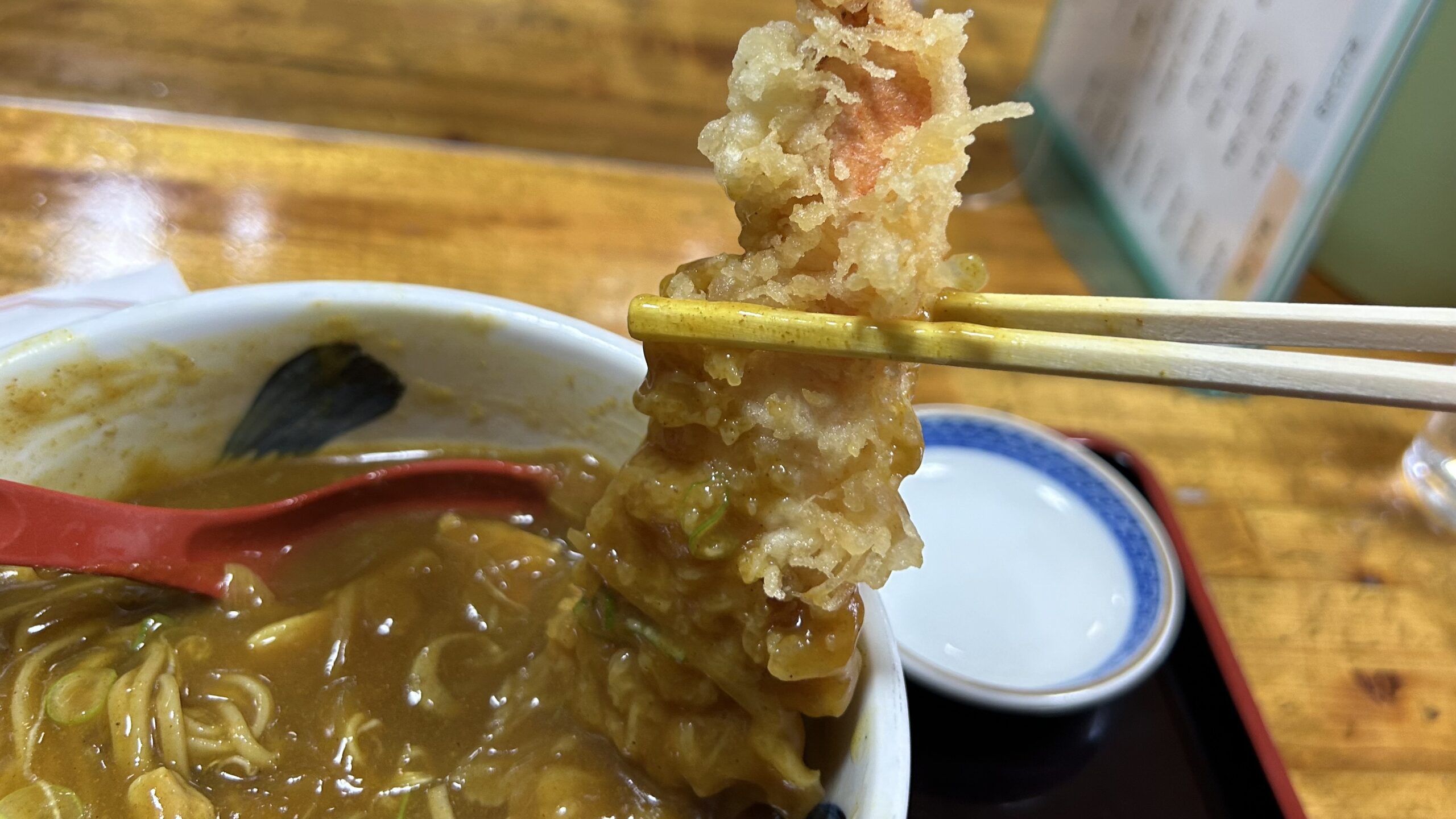
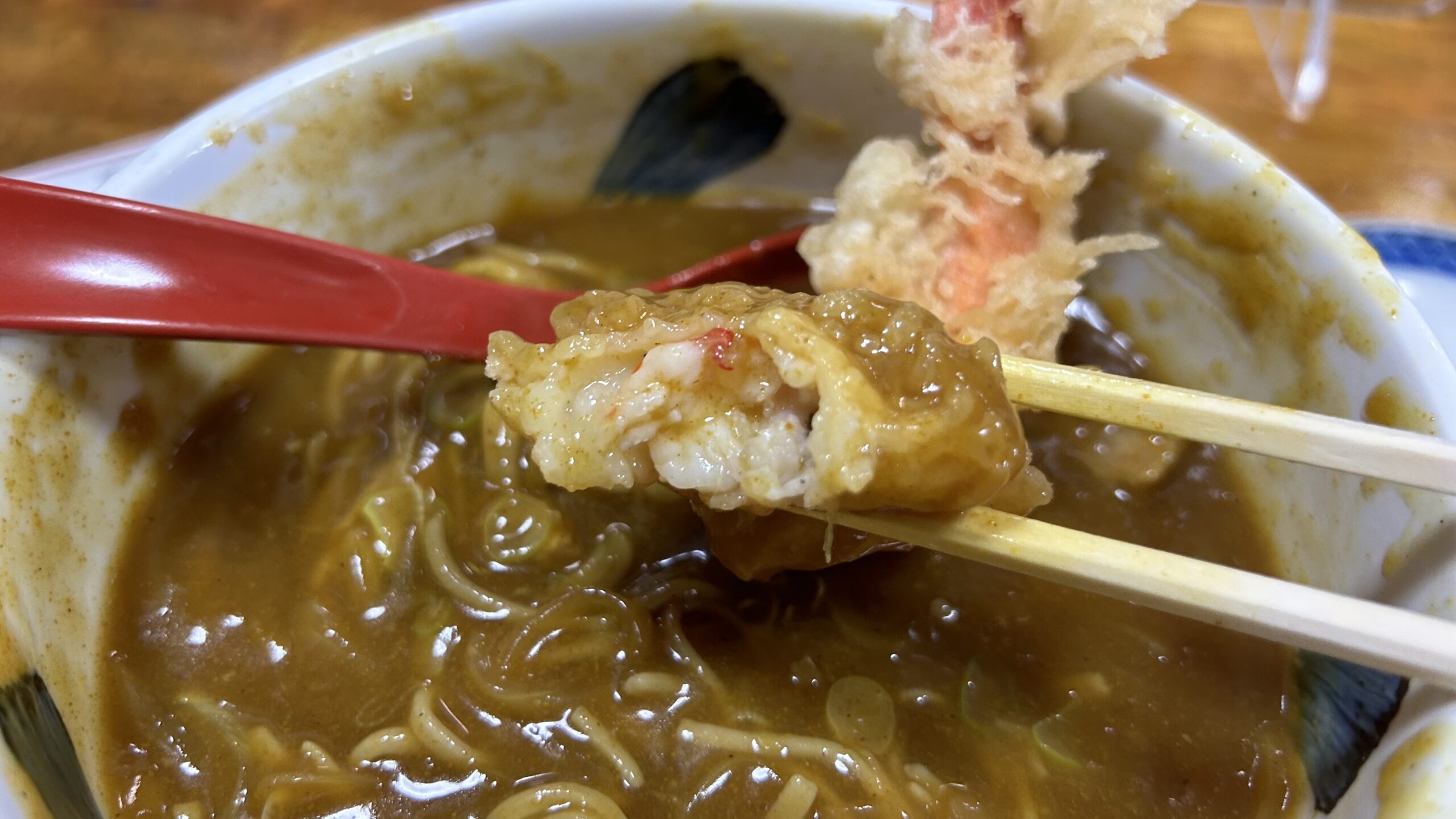
While curry soba is commonly available as “Curry Nanban” at most soba restaurants, Yakushiji takes it to the next level with its inclusion of shrimp tempura, giving it a special, luxurious touch.
This unforgettable local delicacy from Ryugasaki is a must-try for anyone visiting the area. Don’t miss it!

Japanese Foodies:Japanese Dinner
Japanese Curry at CoCo Ichibanya
Curry rice has been a staple of Japanese dinners since the Showa era. As a child, I remember walking home and catching the enticing aroma of curry wafting from somewhere nearby. Whenever I came home to find my mother in the kitchen cooking curry, I couldn’t help but feel a burst of excitement.
Unlike authentic Indian curry, Japanese curry is thick and has a stew-like consistency. It’s said that this style originated when curry was brought to Japan through the British Navy. The thick texture was designed to prevent it from spilling on the swaying decks of ships.

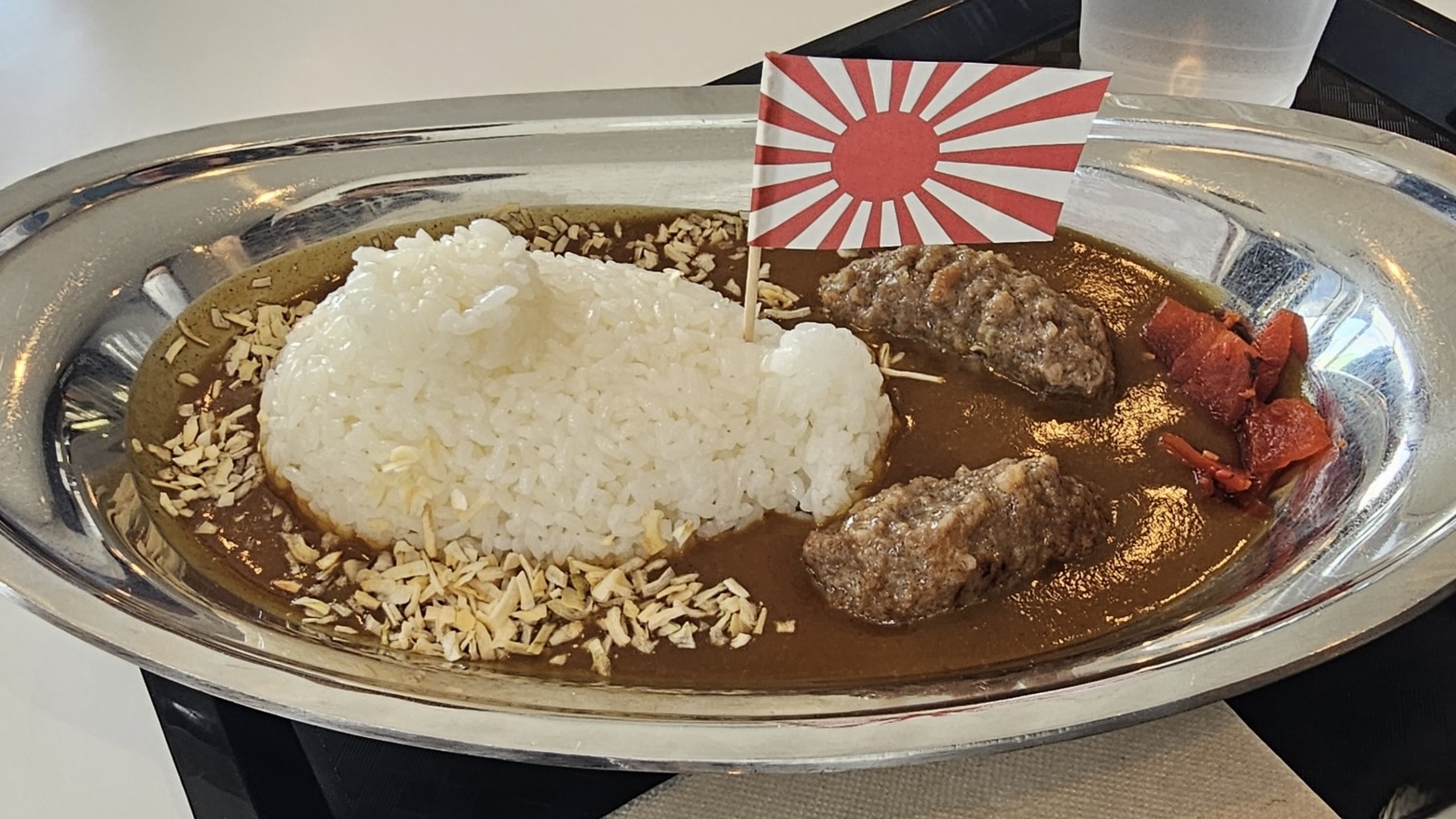
If you want to enjoy Japan’s iconic curry rice conveniently, CoCo Ichibanya (CoCo Ichi) is the place to go. CoCo Ichi is known for its extensive customization options: you can choose from a variety of toppings, side dishes, rice portions, and spice levels to suit your preferences.
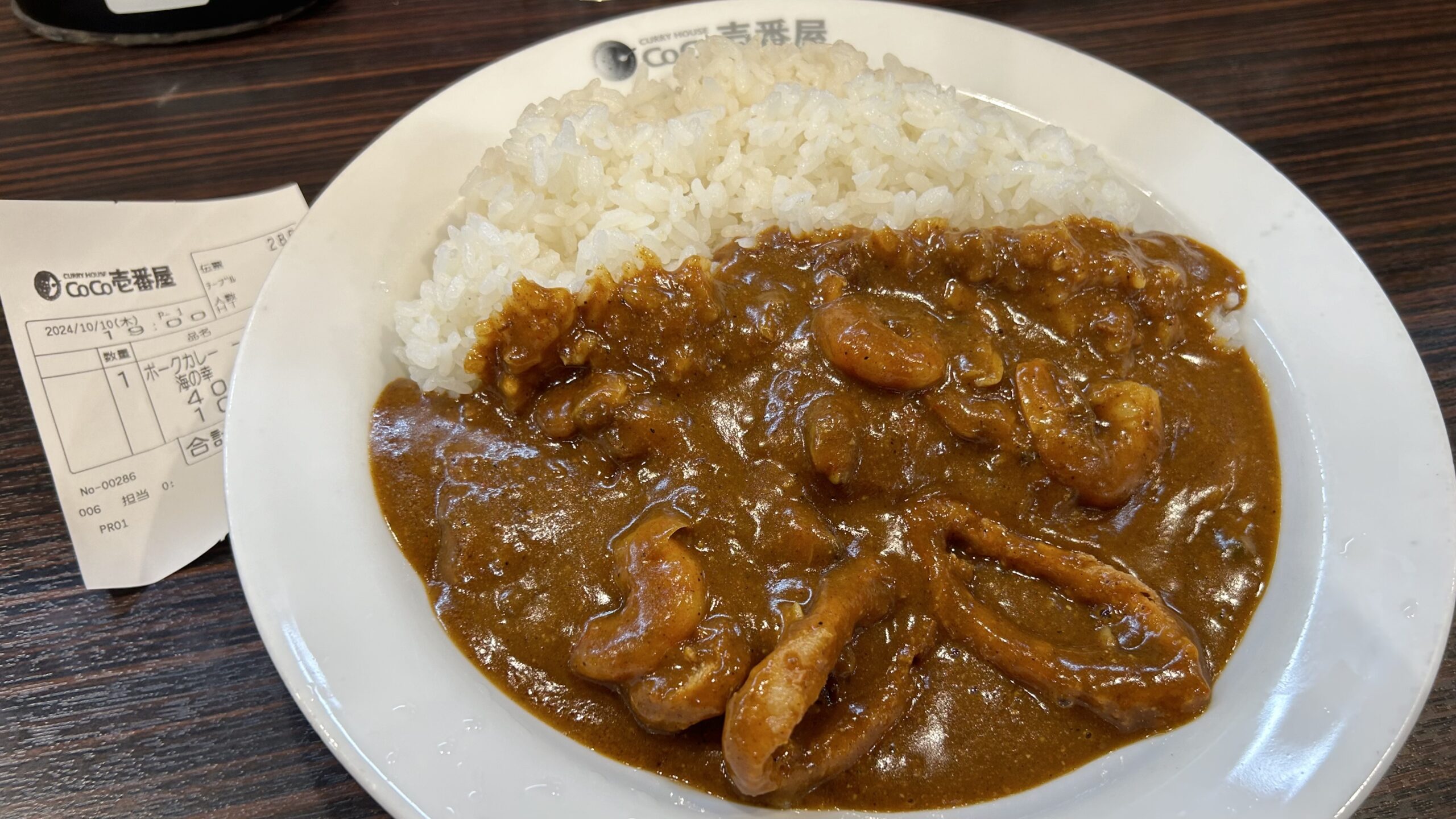
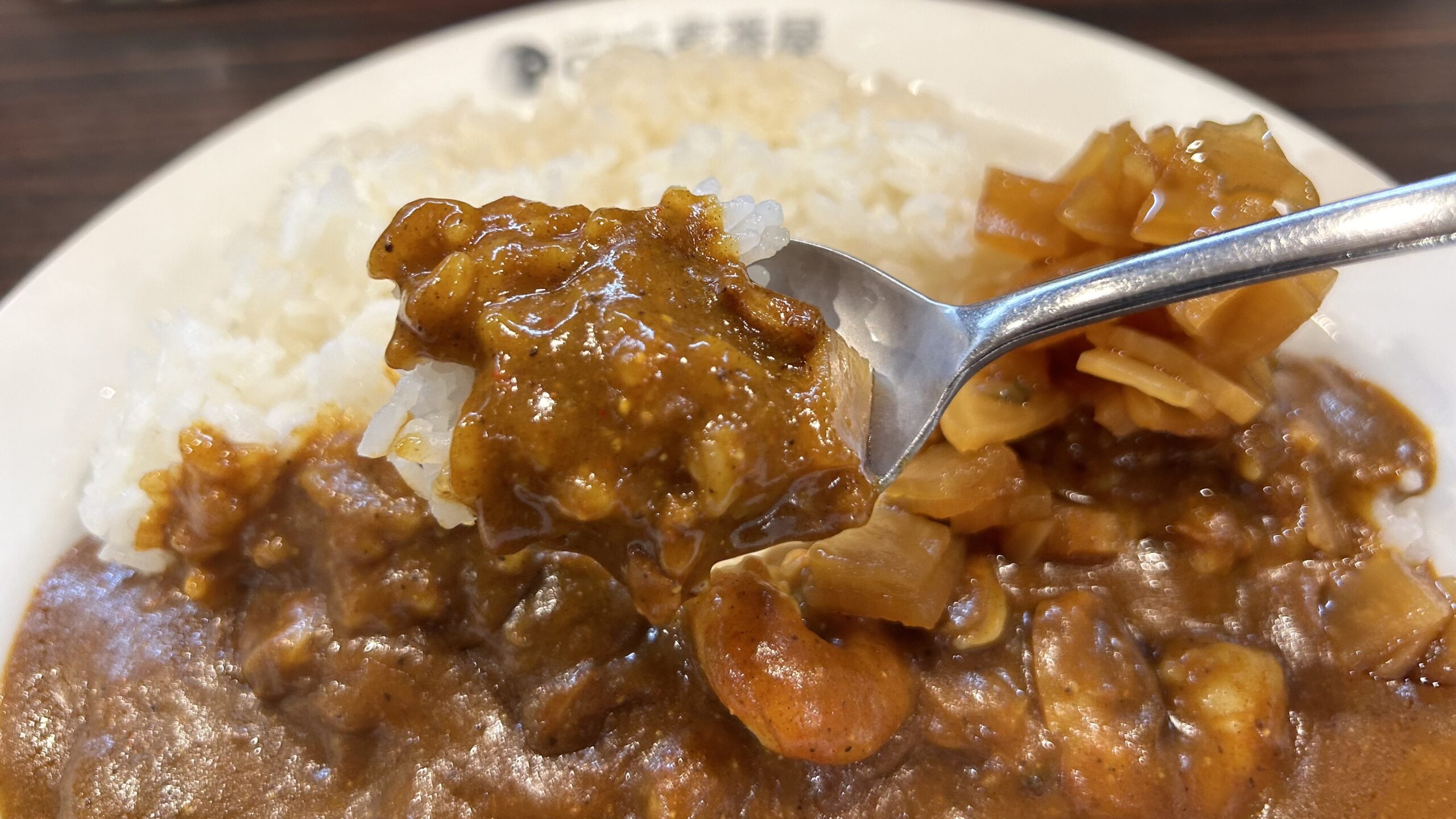
My personal favorite is the Seafood Curry. This hearty dish is loaded with large pieces of squid, shrimp, and other seafood, delivering both satisfaction and flavor. On this day, I ordered it at spice level “10,” which turned out to be quite intense. The combination of the seafood’s umami with the fiery kick of the curry made for a truly memorable experience.
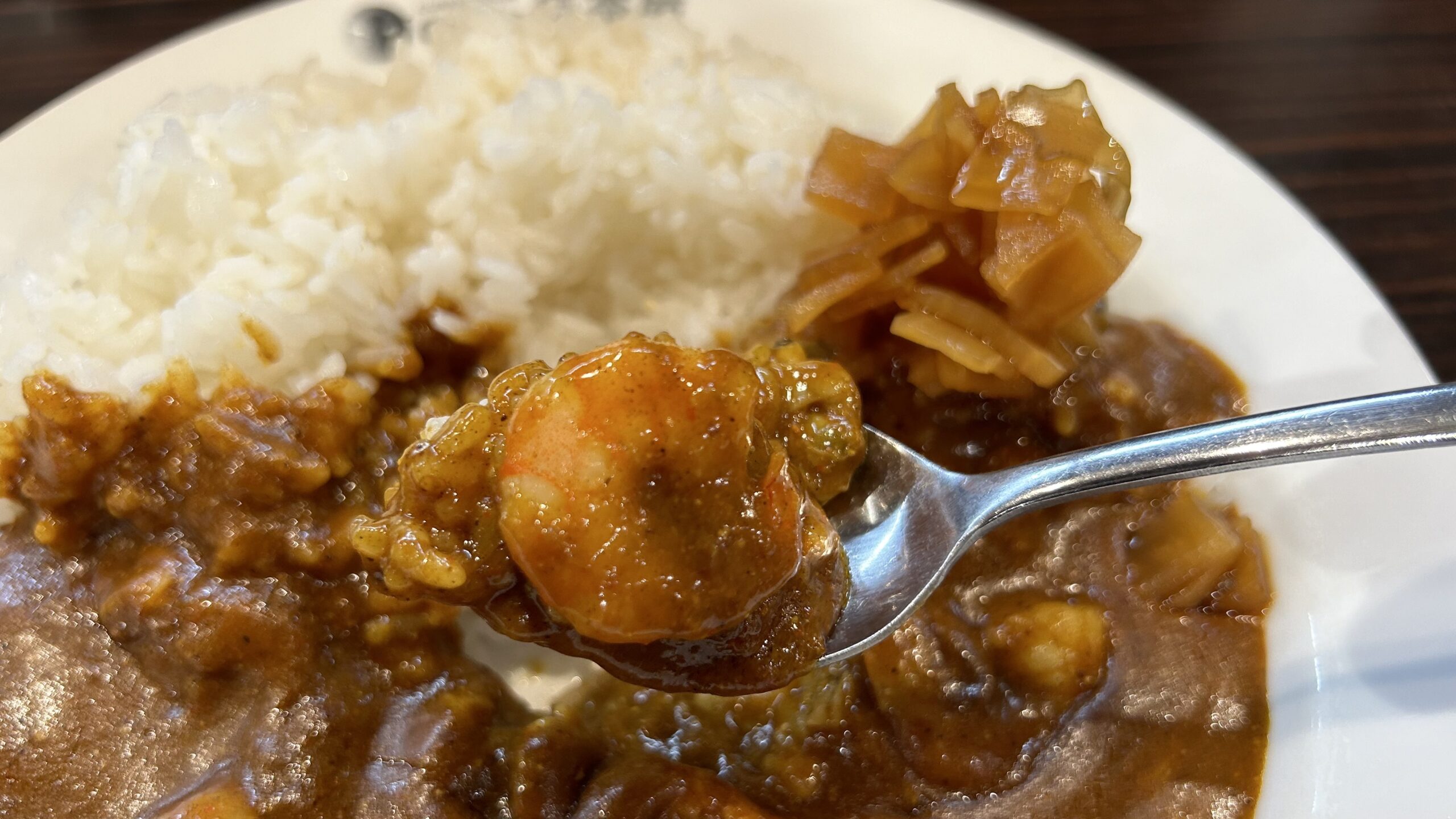
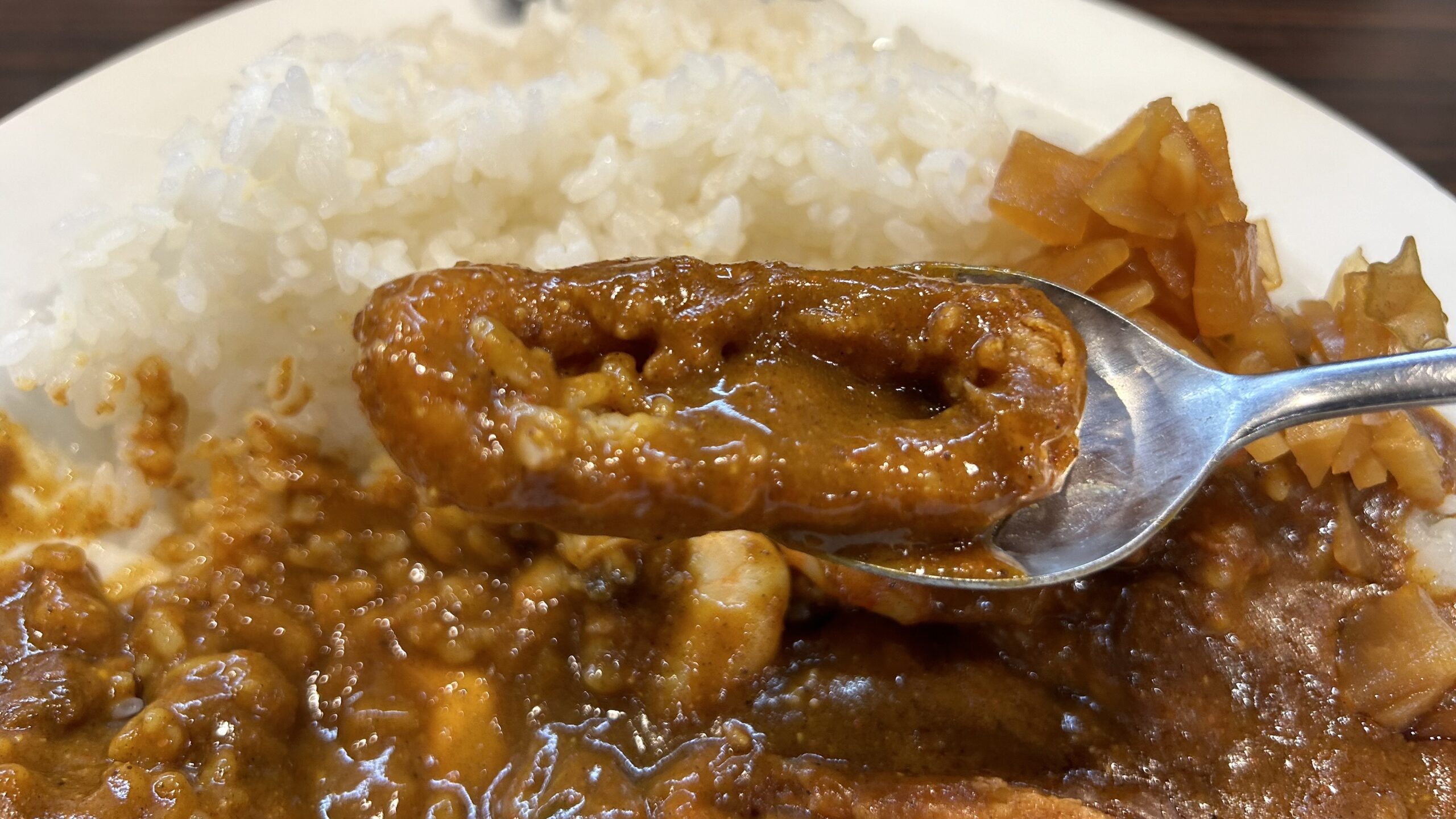
For those wondering, I’ve even managed to conquer spice level 20. With a bit of technique, it’s possible to handle even the spiciest curry. If you’re curious, I’ve shared some tips on how to tackle Japan’s most intense curries in another article. Be sure to check it out!
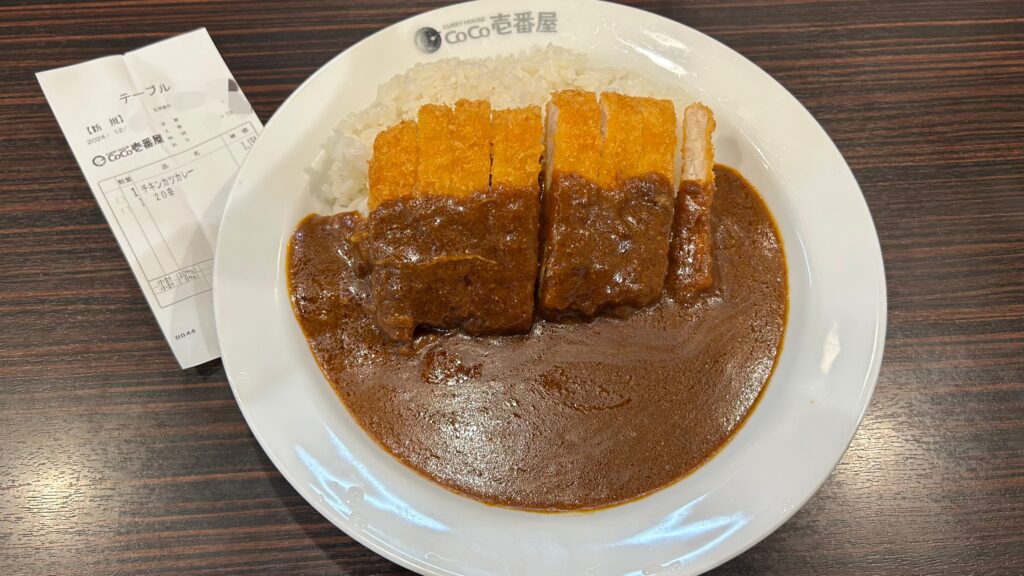
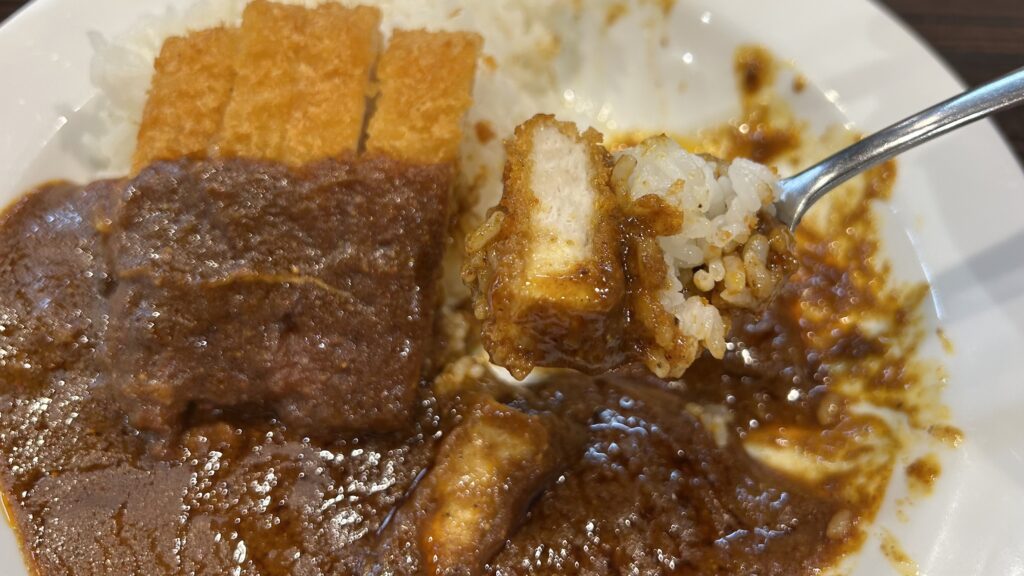
Whether you’re a spice lover or just a fan of Japanese curry, visiting CoCo Ichibanya is a must. Customize your perfect plate and experience the joy of Japan’s beloved curry culture.
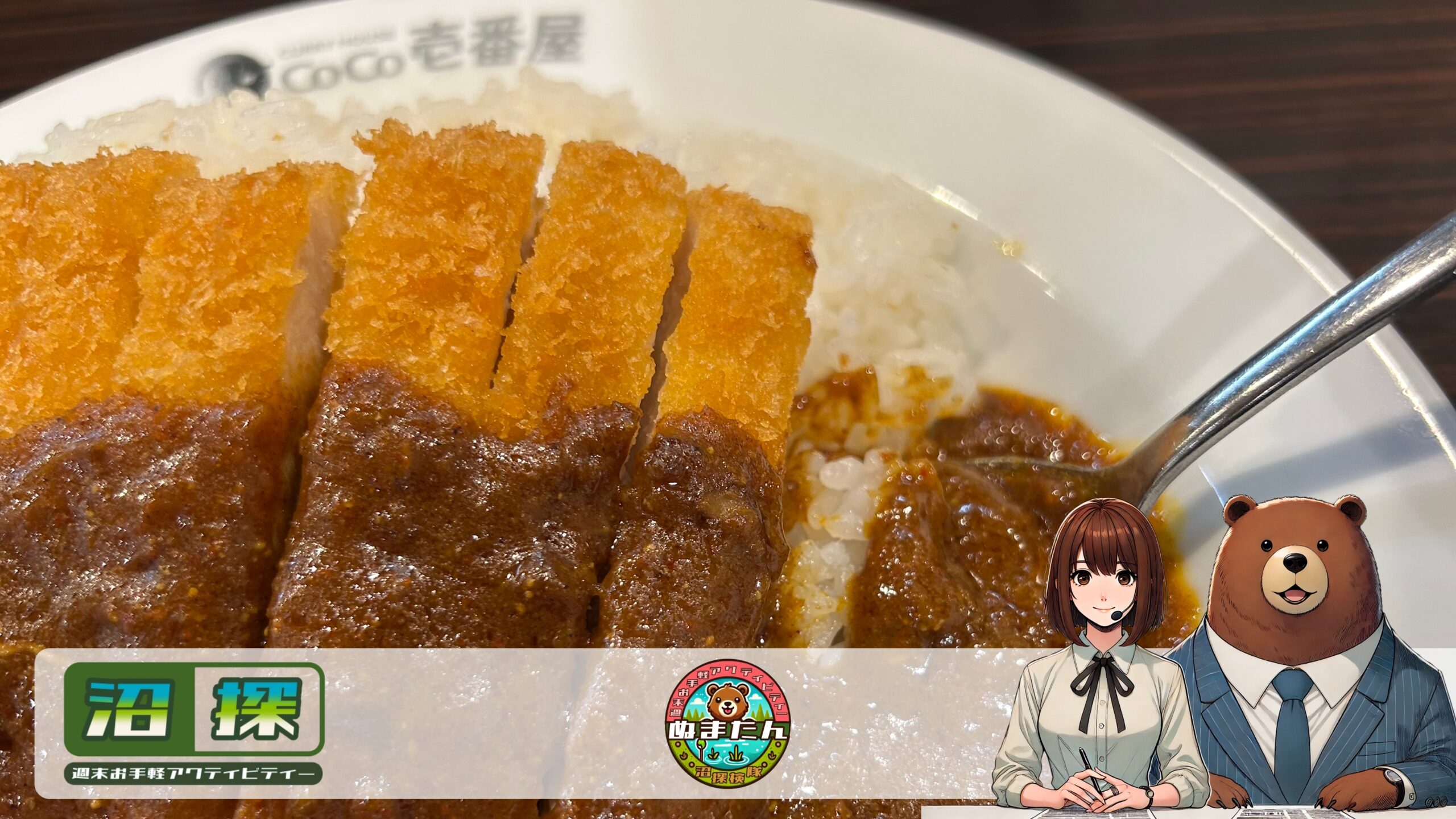
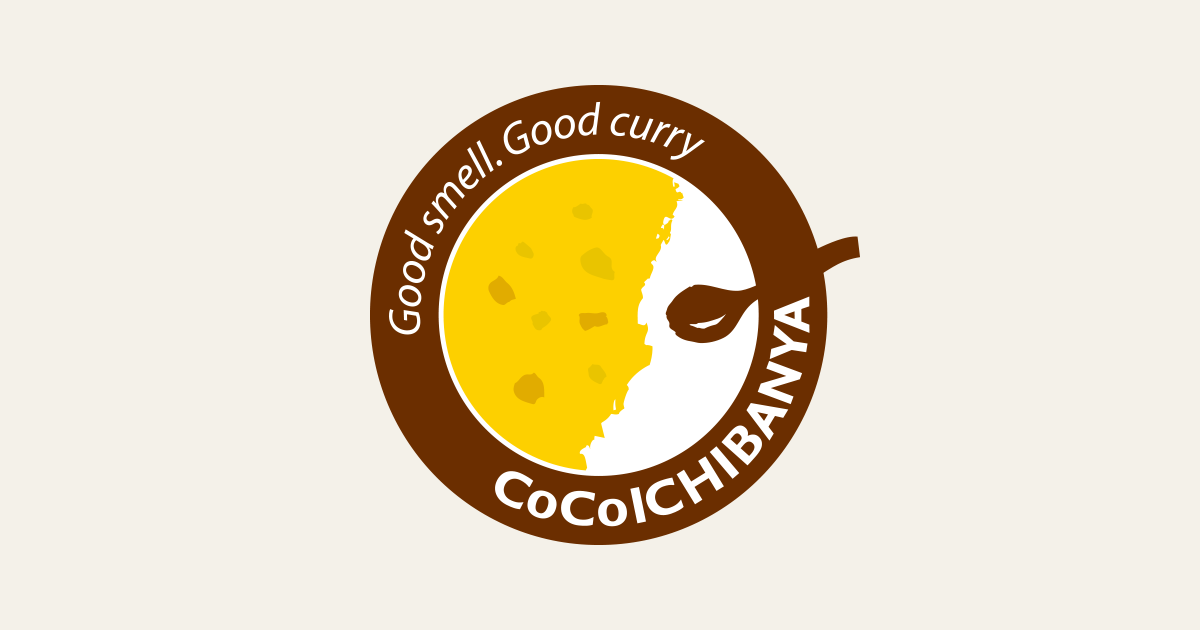
Tanmen: A Healthy and Delicious Ramen Choice
Tonight’s dinner was tanmen. While ramen typically includes tonkotsu, miso, and soy sauce varieties, tanmen is a bit different.It’s a salt-based ramen topped with stir-fried meat and vegetables, and features chewy, wide noodles.
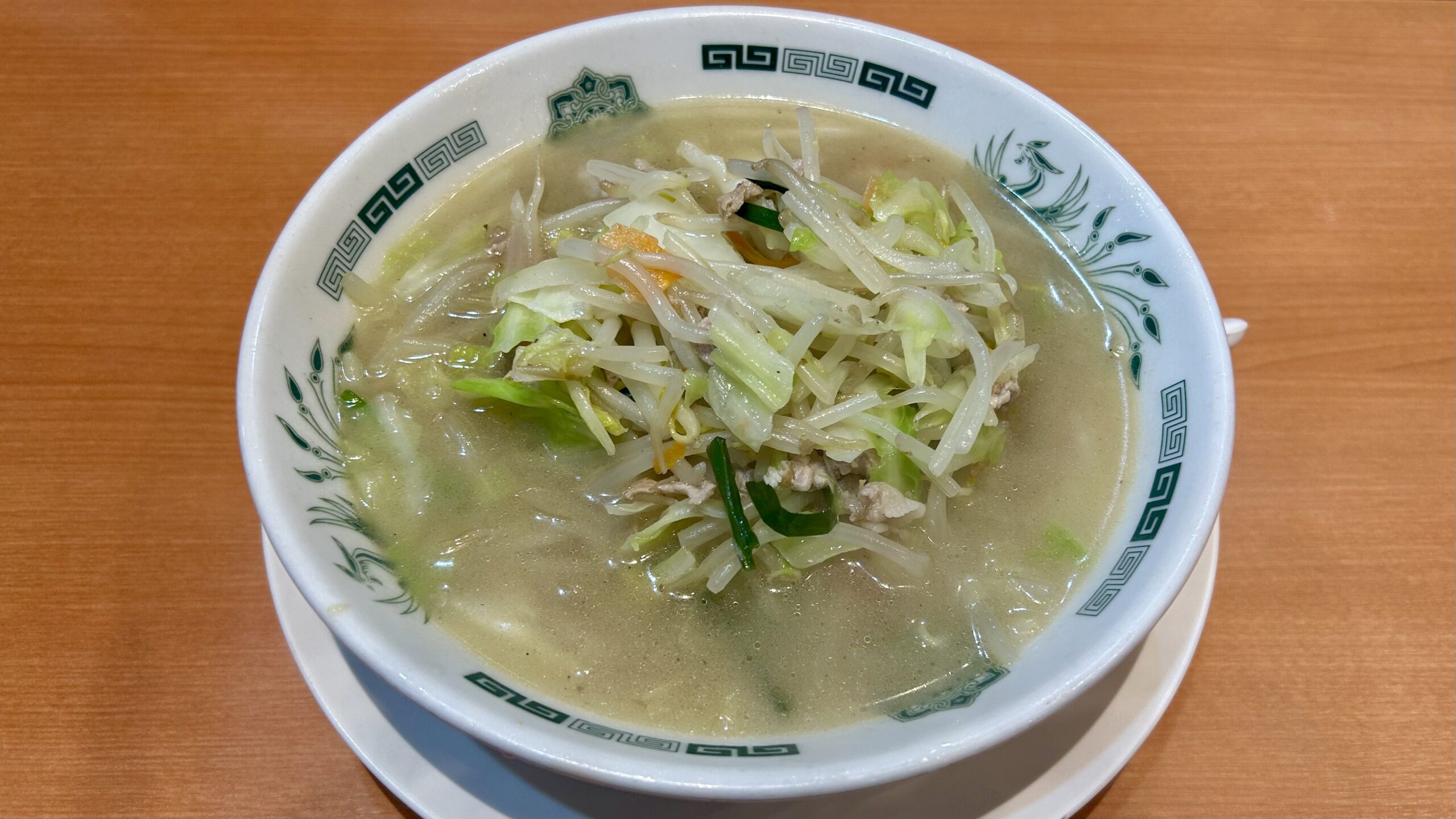

Tanmen is popular among health-conscious individuals because it incorporates a lot of vegetables, providing a good nutritional balance, making it a perfect choice when you want a healthy meal.
The charm of tanmen lies in the salty broth, which is infused with the flavor of vegetables, and the crisp stir-fried veggies. The soup is light yet full of depth, blending perfectly with the savory stir-fry, creating a delicious combination.
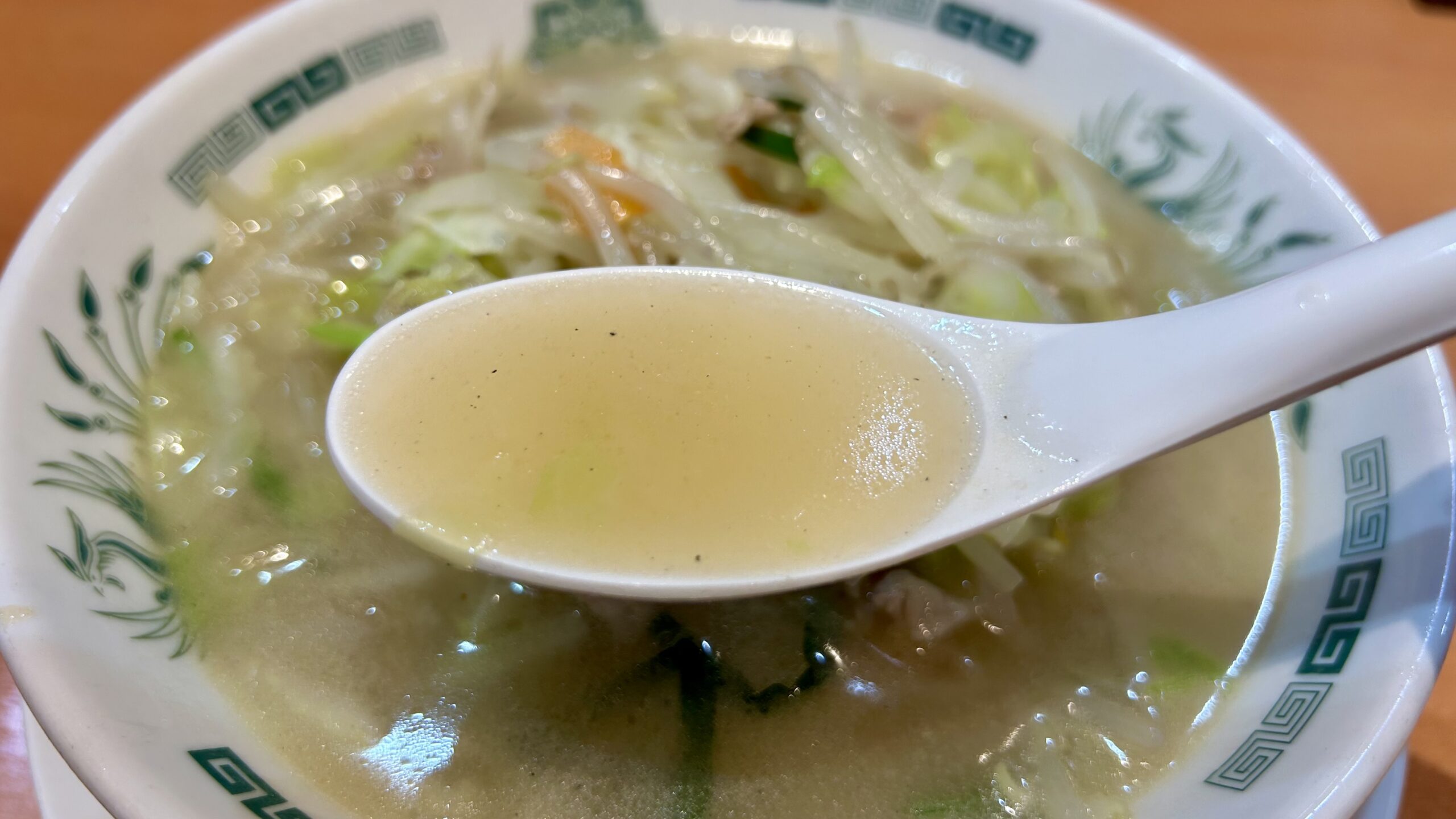
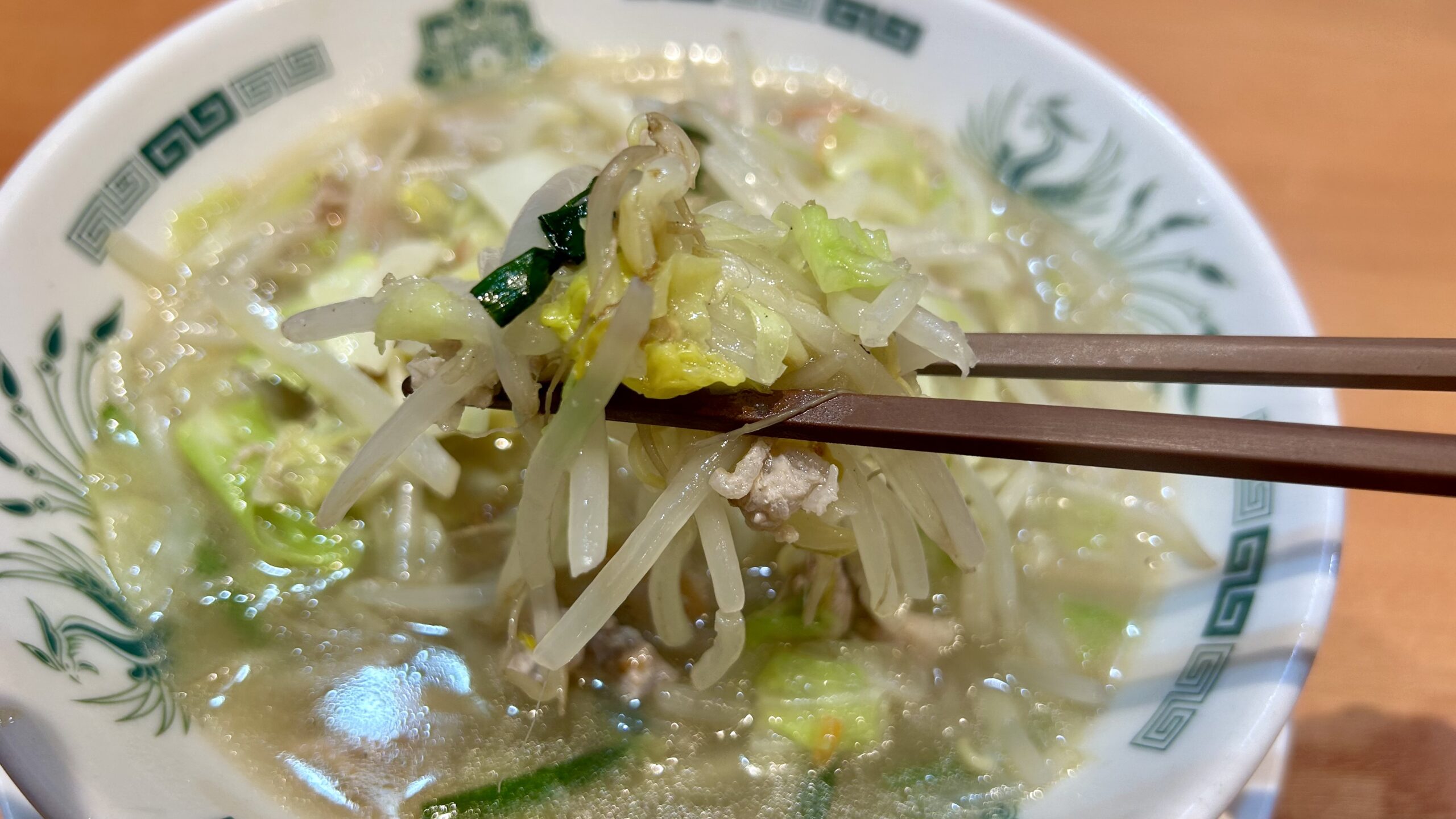
Moreover, the chewy wide noodles absorb the broth well, and the balance between the crunchy vegetables and the soft noodles is outstanding.
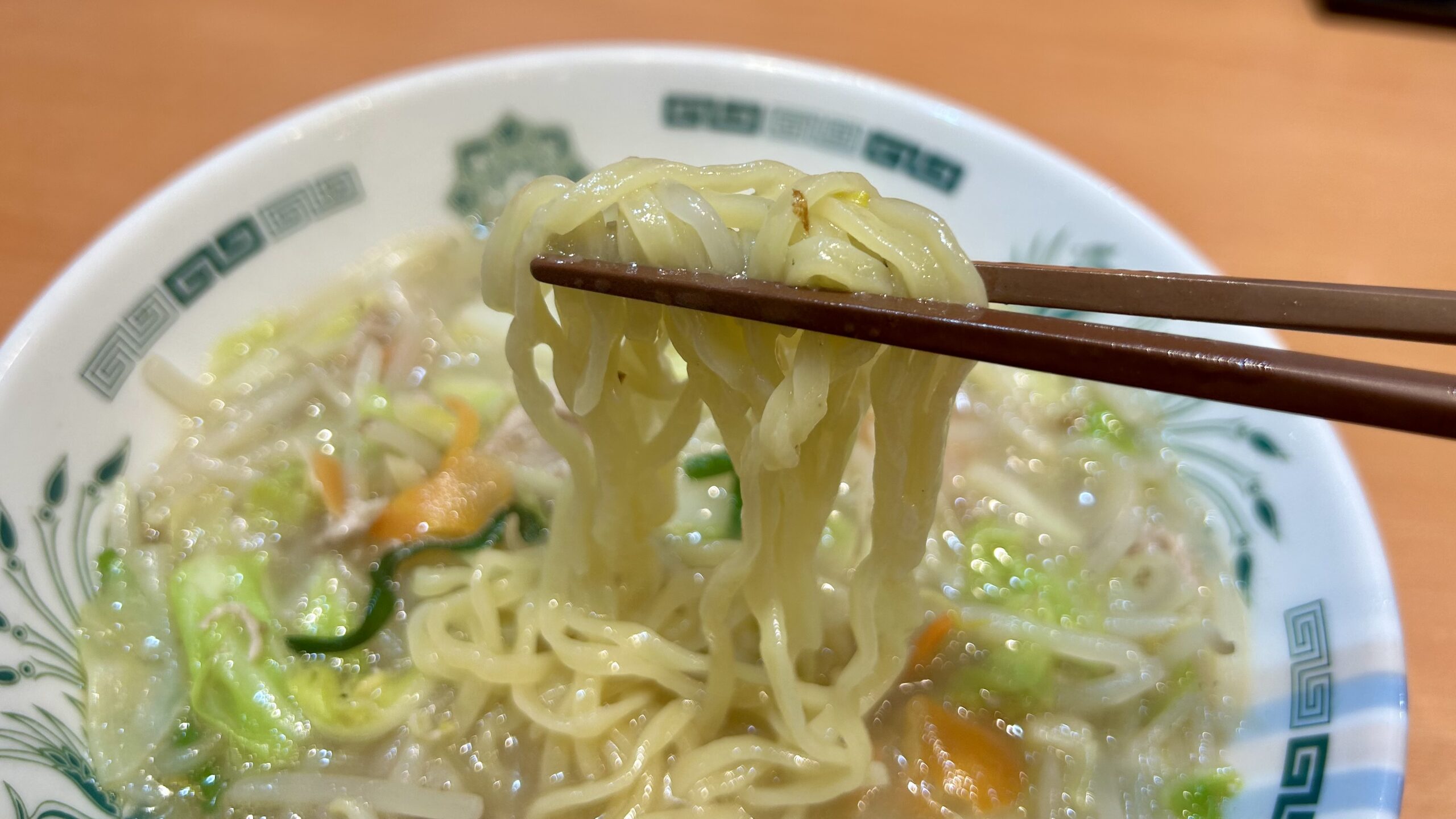
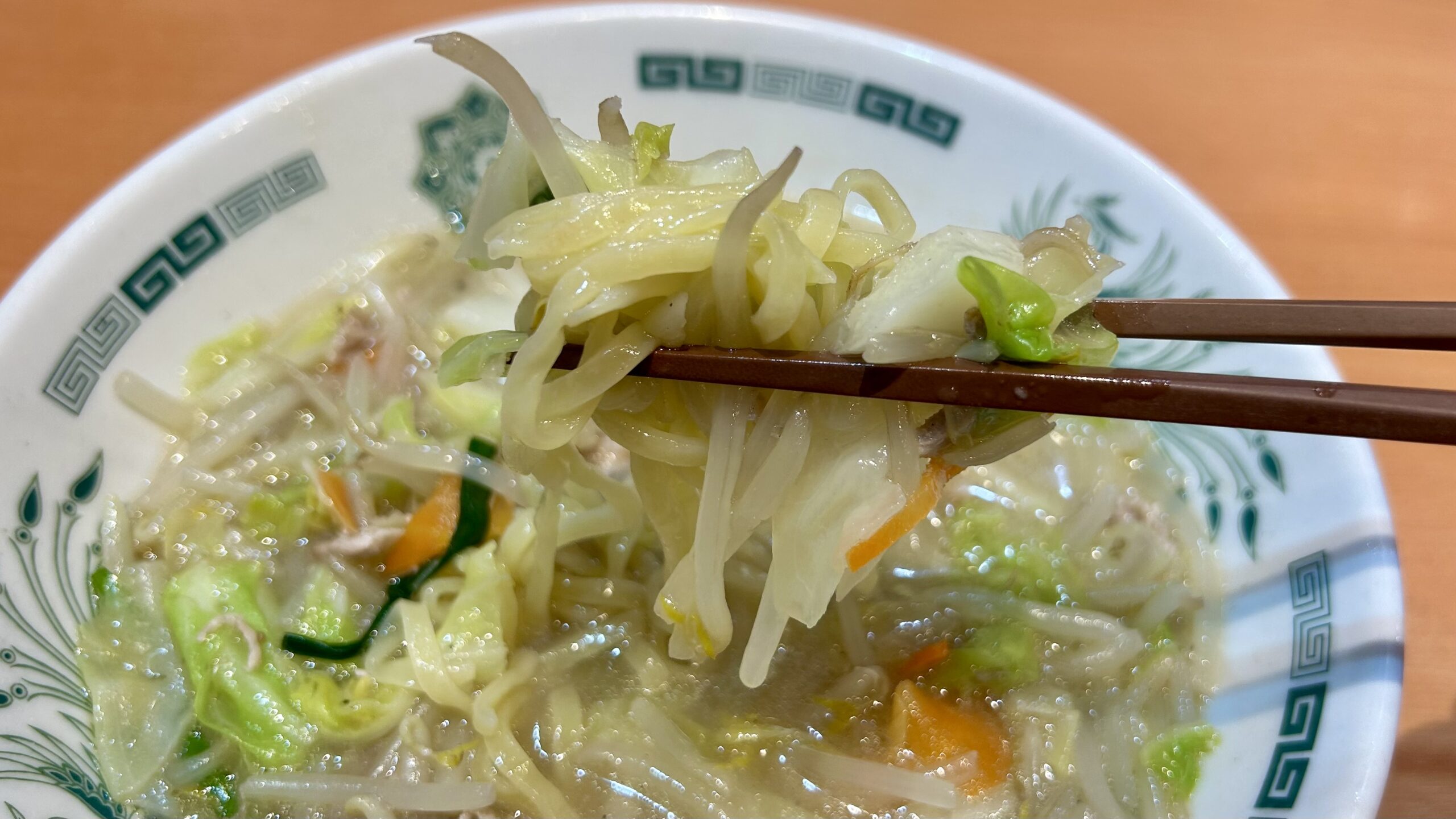
This time, I had the “Vegetable-rich Tanmen” from Hidaka-ya. Their tanmen is particularly rich in vegetables, offering both health benefits and satisfaction.
It’s a staple dish in Chinese restaurants, but I highly recommend trying tanmen, which is easy to enjoy and incredibly delicious. I’m sure you’ll fall in love with its charm.

Is IKEA Dining Worth It?
At the end of the year, Japanese people typically do a thorough cleaning to start the New Year in a clean state. After cleaning the house, it’s common to feel the need for new furniture or storage items, which is why our family has made a tradition of going to IKEA.
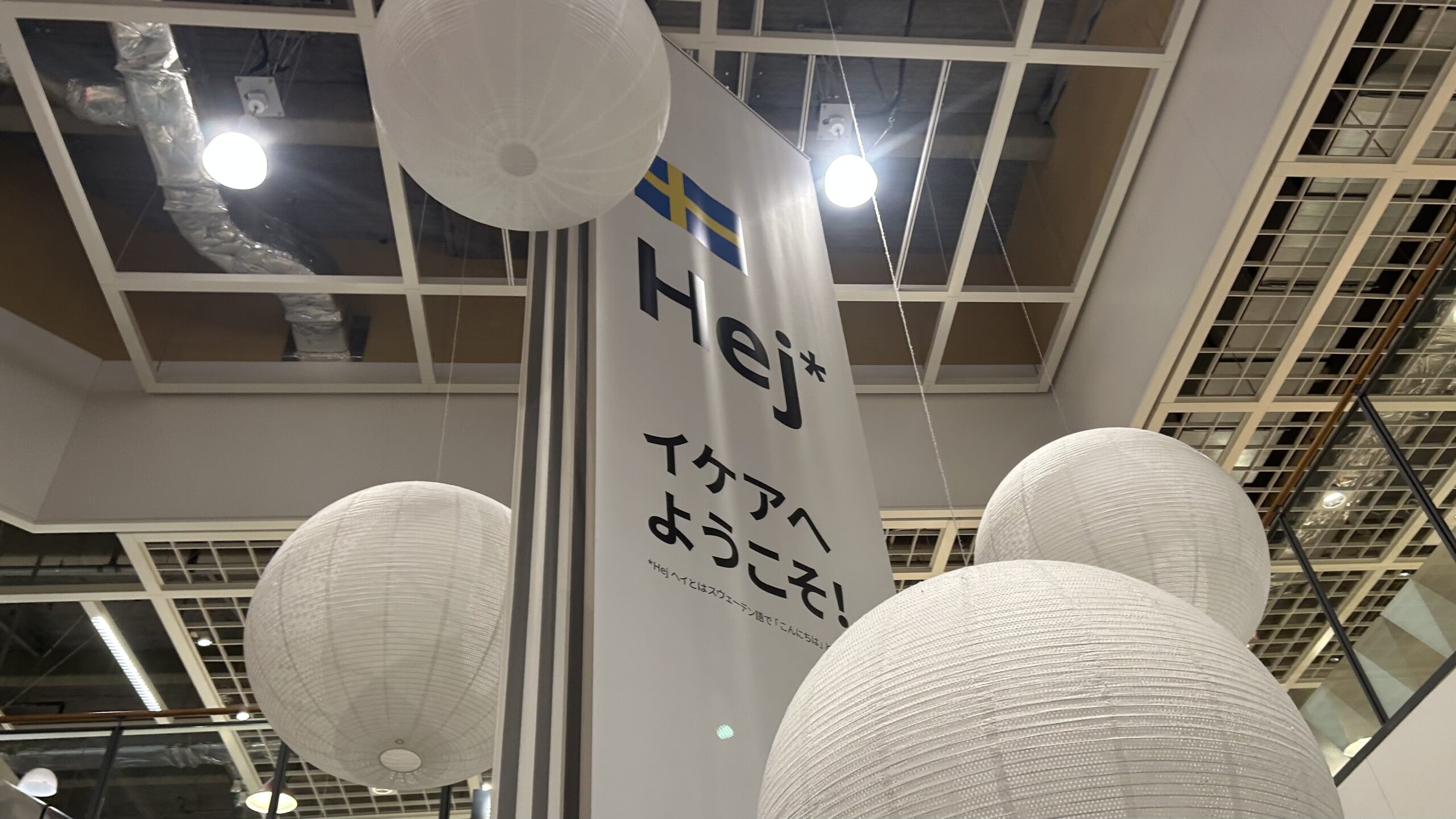

We usually stay at home, so heading out as a family for this end-of-year trip feels special and is something we look forward to. At IKEA’s restaurant, we can enjoy Swedish dishes that are rarely found in Japan, making it a favorite of ours.
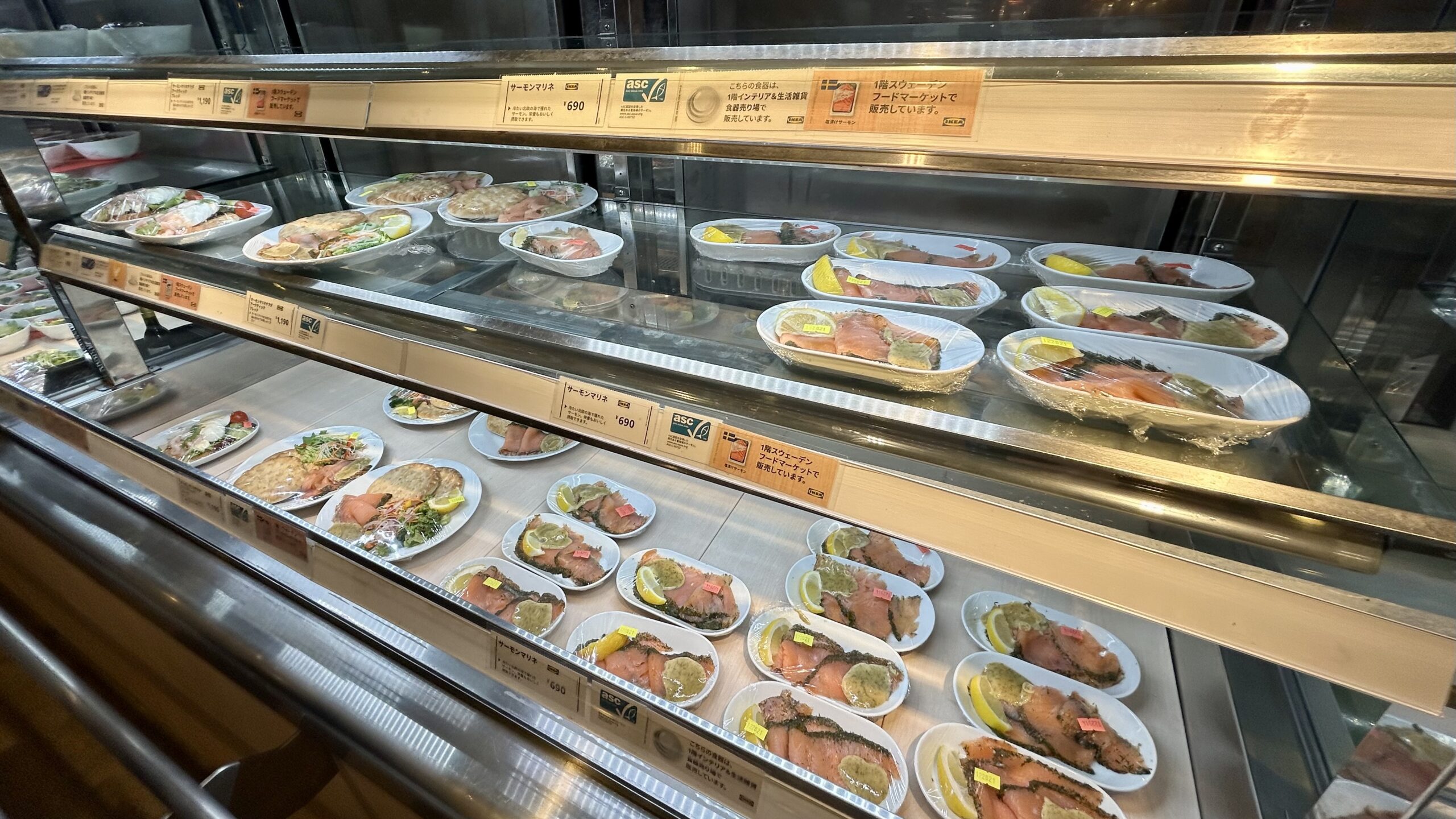
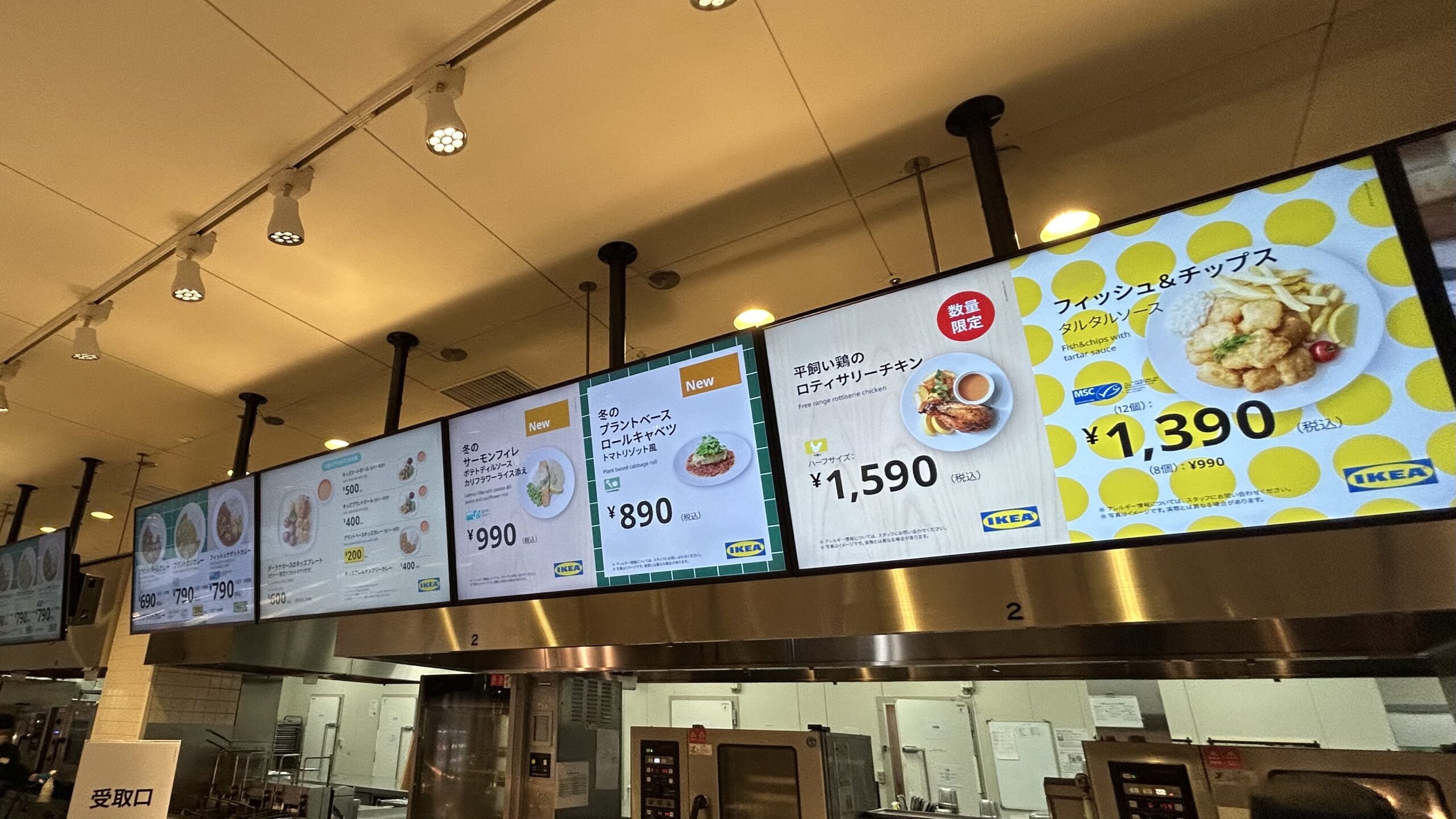
The food at the IKEA restaurant is colorful and beautifully presented, which makes it quite appetizing. The atmosphere gives a sense of stepping out of the ordinary, and it lifts your mood.
On this visit, I tried IKEA’s famous meatballs, fish and chips, and salmon fillets. However, they were neither exceptionally good nor bad; they were just average.
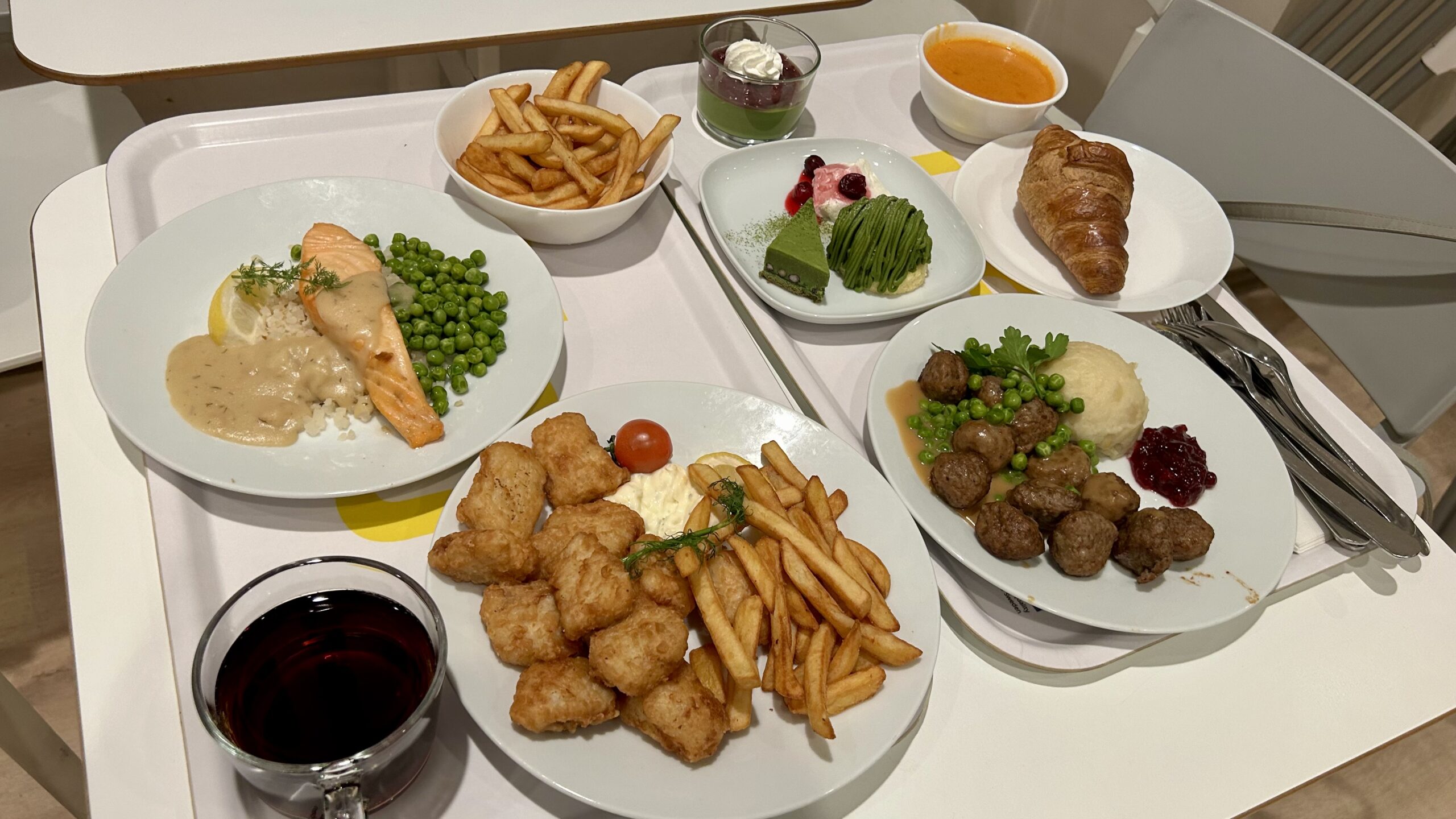
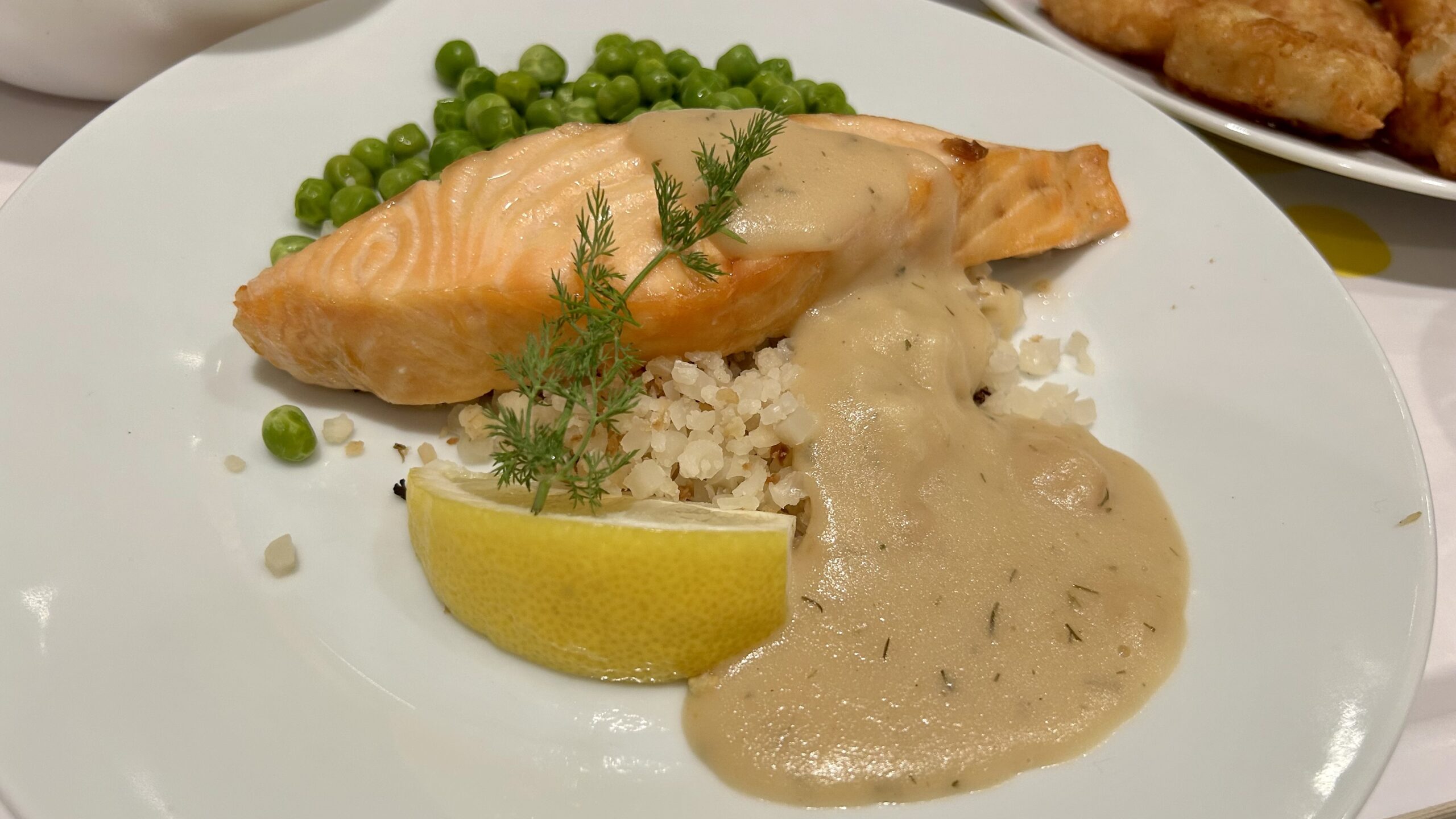
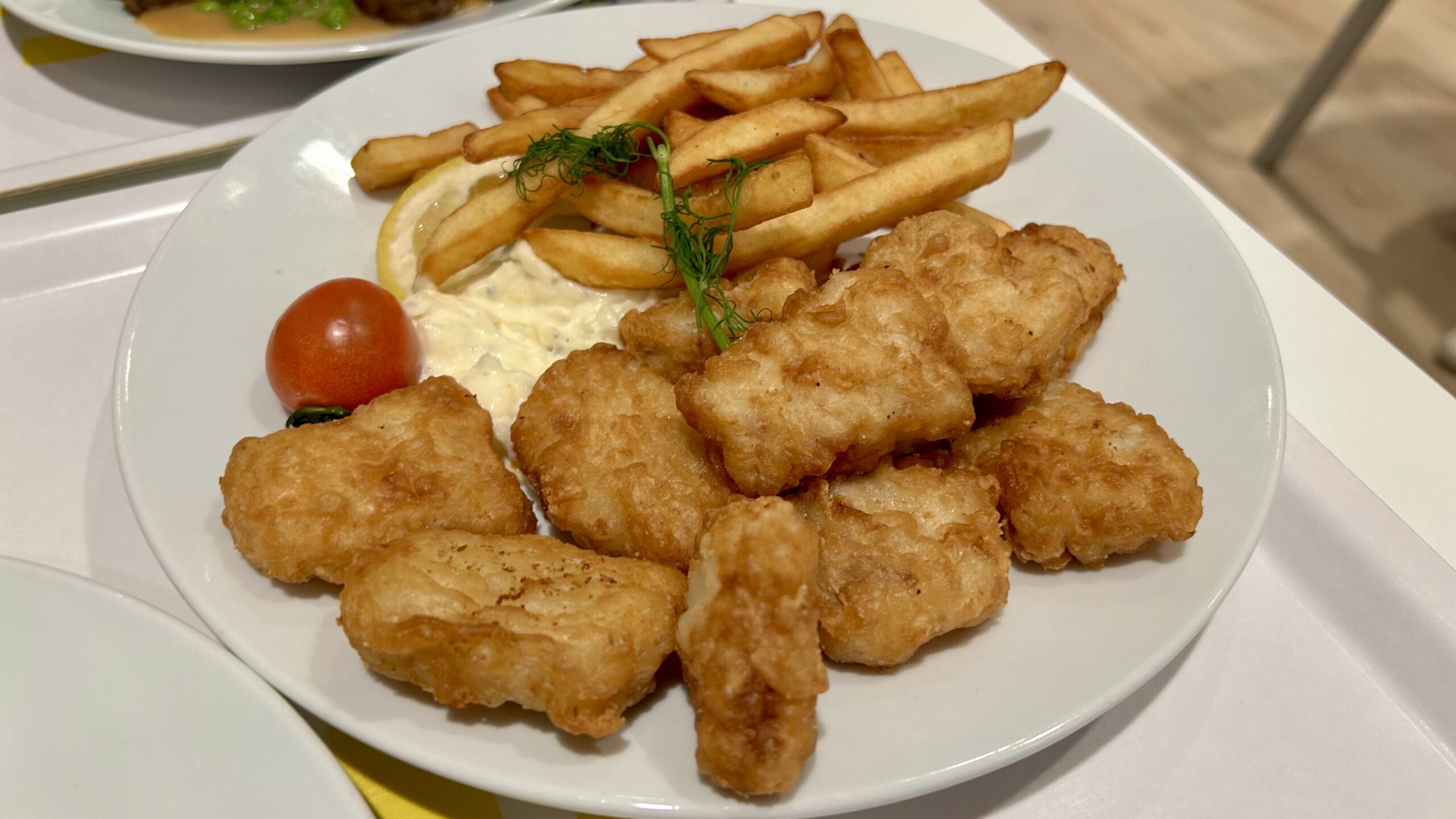

The flavor didn’t quite match Japanese tastes, and honestly, paying over ¥6,000 for this meal didn’t seem worth it. The special atmosphere was there, but the taste and portion sizes didn’t justify the price.
In the end, I wasn’t satisfied with the IKEA restaurant, so I had a late-night meal of gyudon (beef bowl) at Matsuya for just around ¥500.

Matsuya’s Beef Bowl
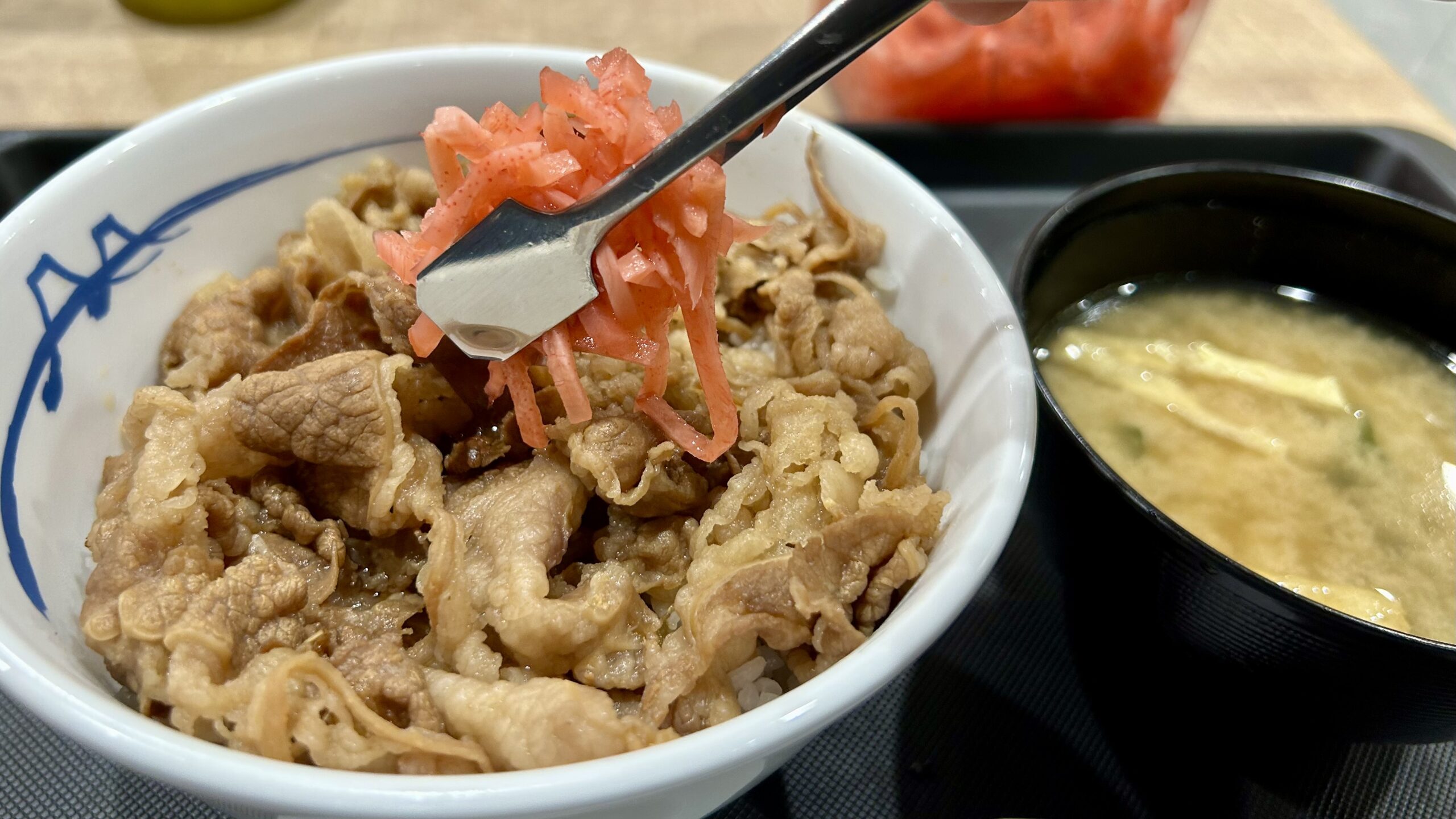
Matsuya’s Beef Bowl
Although it’s a simple meal, it was much more satisfying and definitely matched Japanese tastes. I felt a sense of contentment in the everyday experience. I hope this gives you some insight into dining choices in Japan.

Shizuoka’s Unique Oden: Black Broth and Hanpen Delight
Oden, a classic winter dish in Shizuoka, stands out with its unique black broth, unlike the clear broths of Tokyo’s oden. The broth is often topped with fish powder and aonori (dried seaweed), giving it a distinct flavor.
In Shizuoka, oden is as familiar as Tokyo’s monjayaki or Osaka’s okonomiyaki. Originally sold at candy stores where children could buy skewered oden for just 5 yen, oden is still commonly served on skewers today.
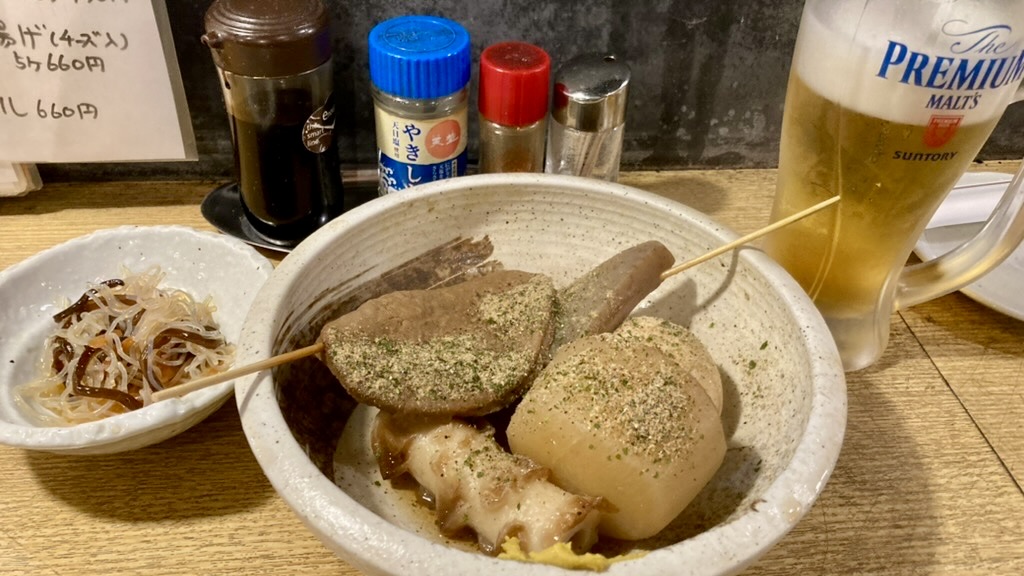
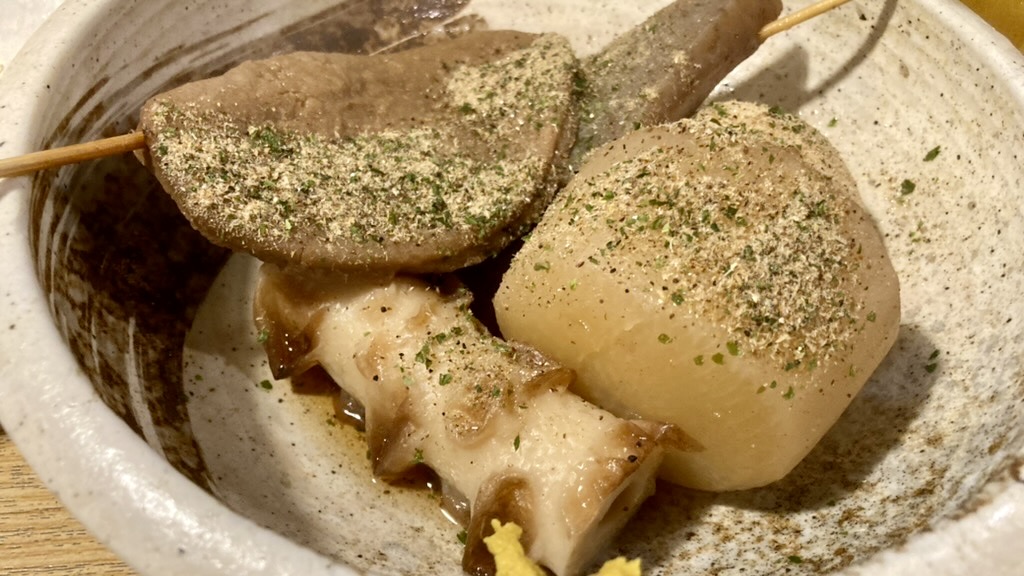
One of the key features of Shizuoka’s oden is the black hanpen, a fish cake in the shape of a black oval. Unlike the usual white hanpen, the black version has a texture similar to tsukune (chicken meatballs) and is a must-try for seafood lovers.
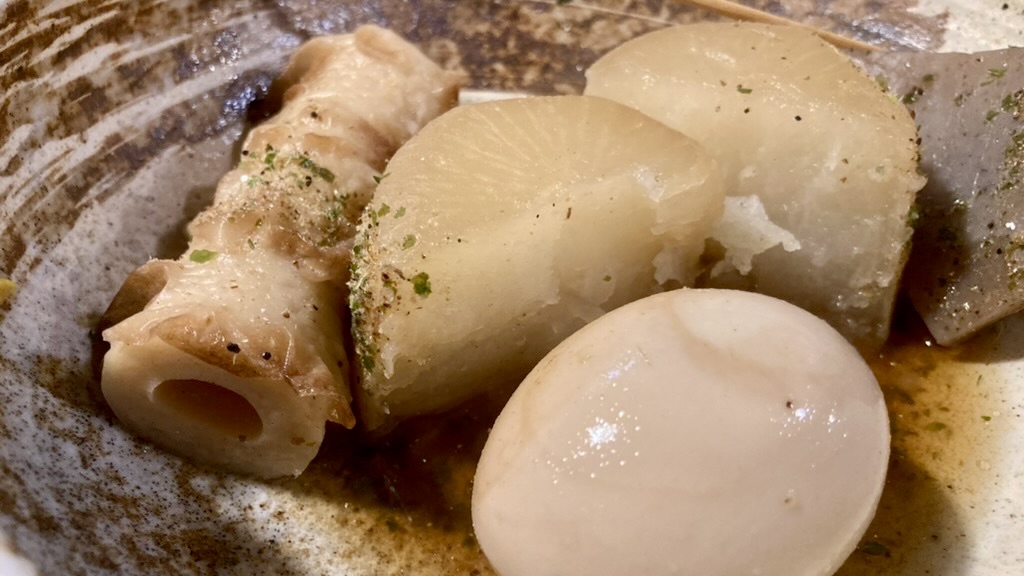

Another local favorite is the black hanpen fry. Coated in batter and deep-fried, the crispy and hot black hanpen offers a delectable taste that’s best enjoyed straight from the fryer. Don’t miss out on this Shizuoka specialty next time you’re in the area.
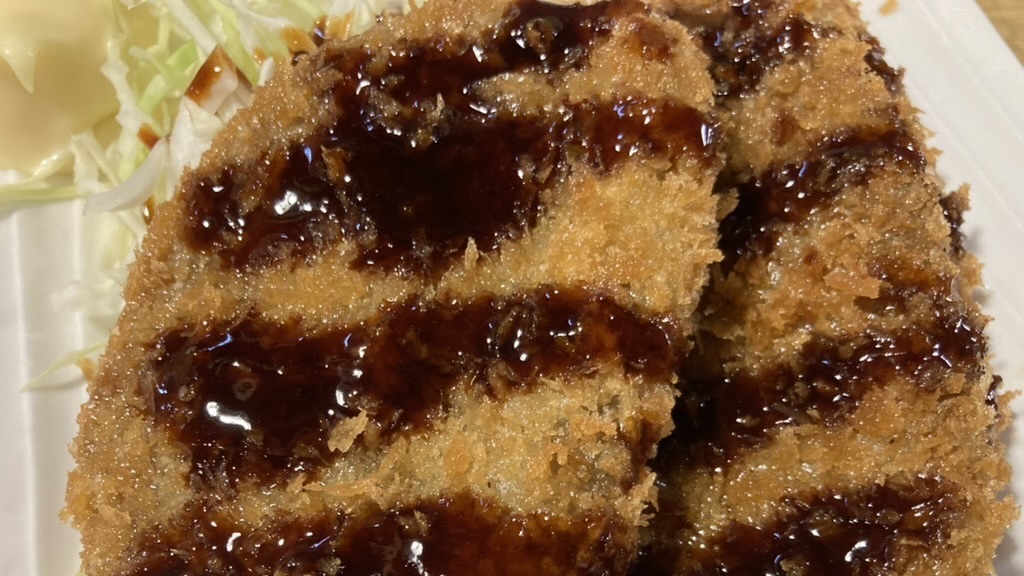
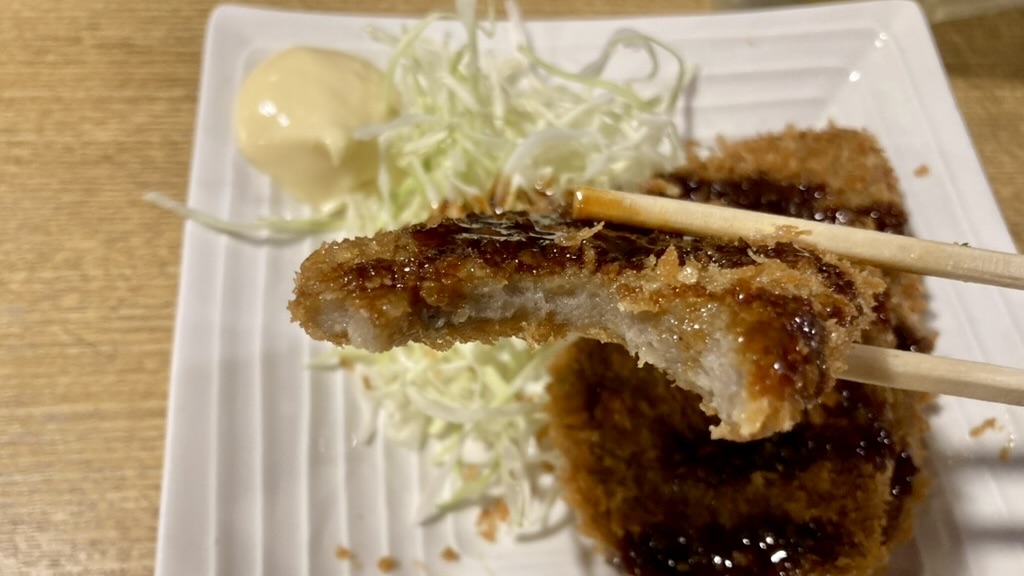
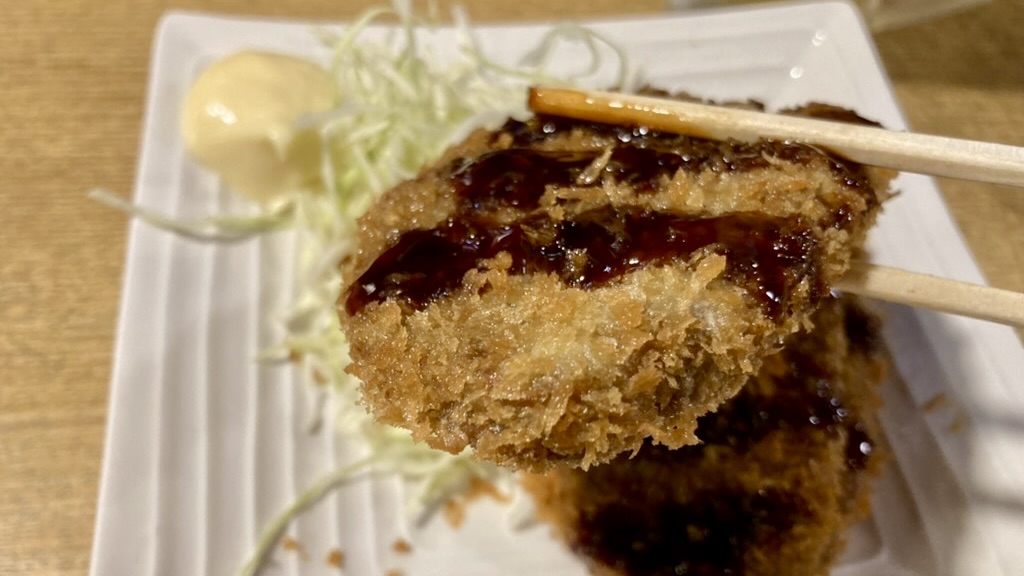

Japanese Foodies:Japanese Brunch
Komeda Coffee: Shiro Noir and Big Fish Burger
It was a day off with no particular plans, but I suddenly craved something sweet. So, I headed to my local Komeda Coffee for a brunch.
When it comes to Komeda Coffee, their signature Shiro Noir is a must-try. On this day, they were offering a limited-time banana-flavored Shiro Noir in collaboration with Tokyo Banana, so I ordered it without hesitation. The fluffy Danish pastry combined with the sweet banana flavor was simply irresistible—perfect for anyone with a sweet tooth.
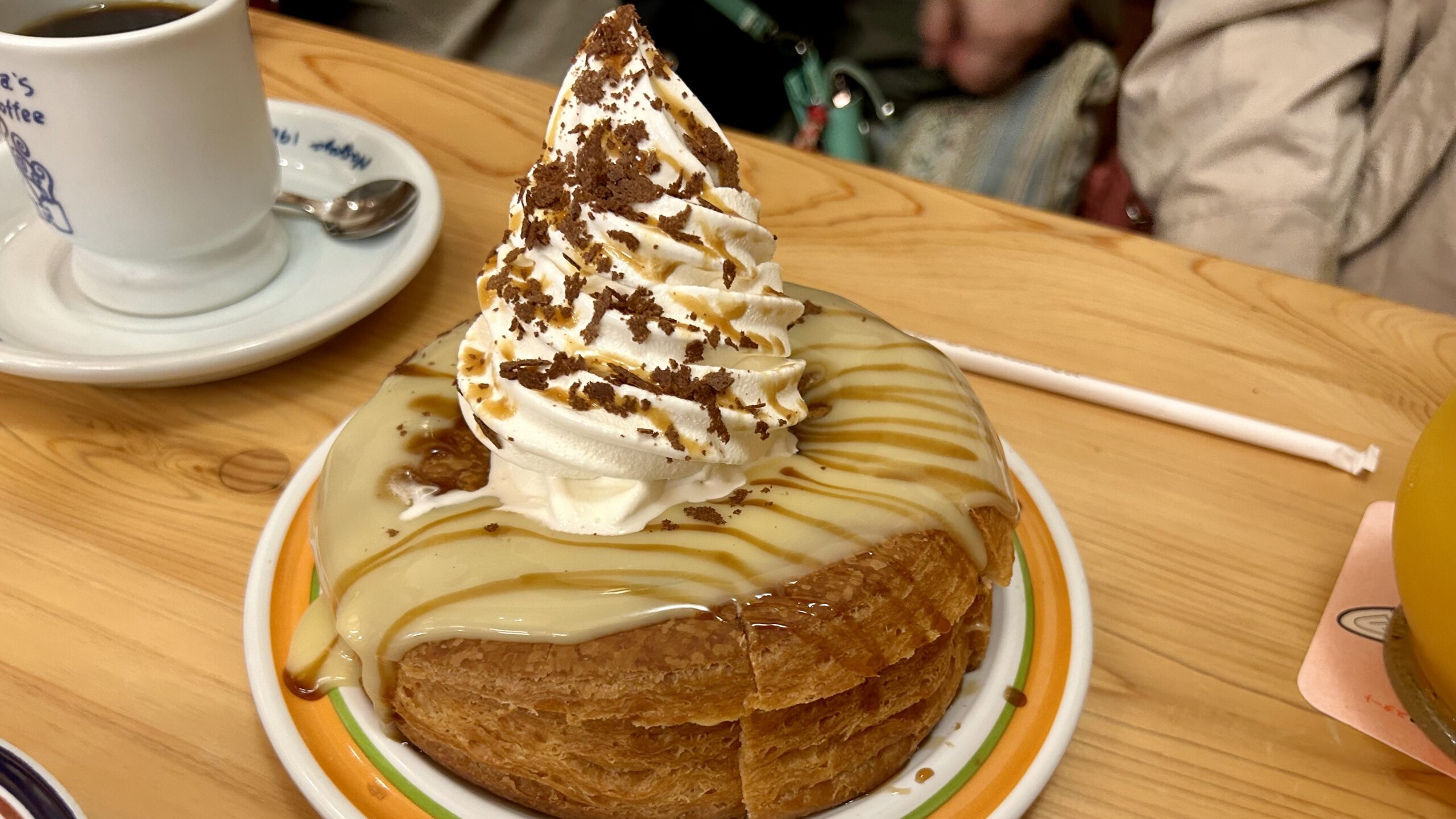
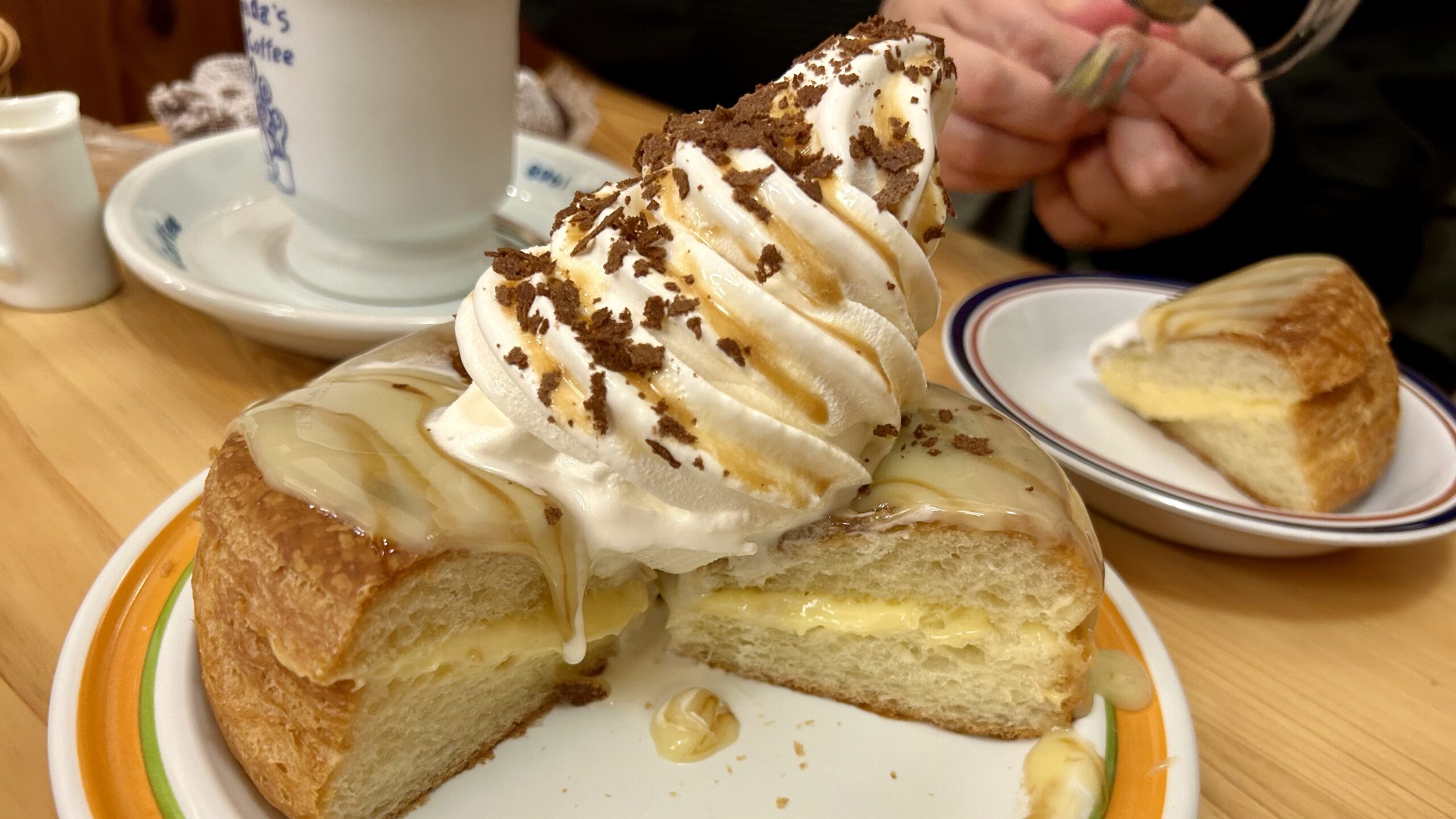
Komeda Coffee is also well-known for its extensive food menu and surprisingly large portion sizes. The food always looks bigger than the pictures on the menu, and that’s not an exaggeration. After satisfying my sweet craving, I couldn’t resist ordering a Fish Burger.
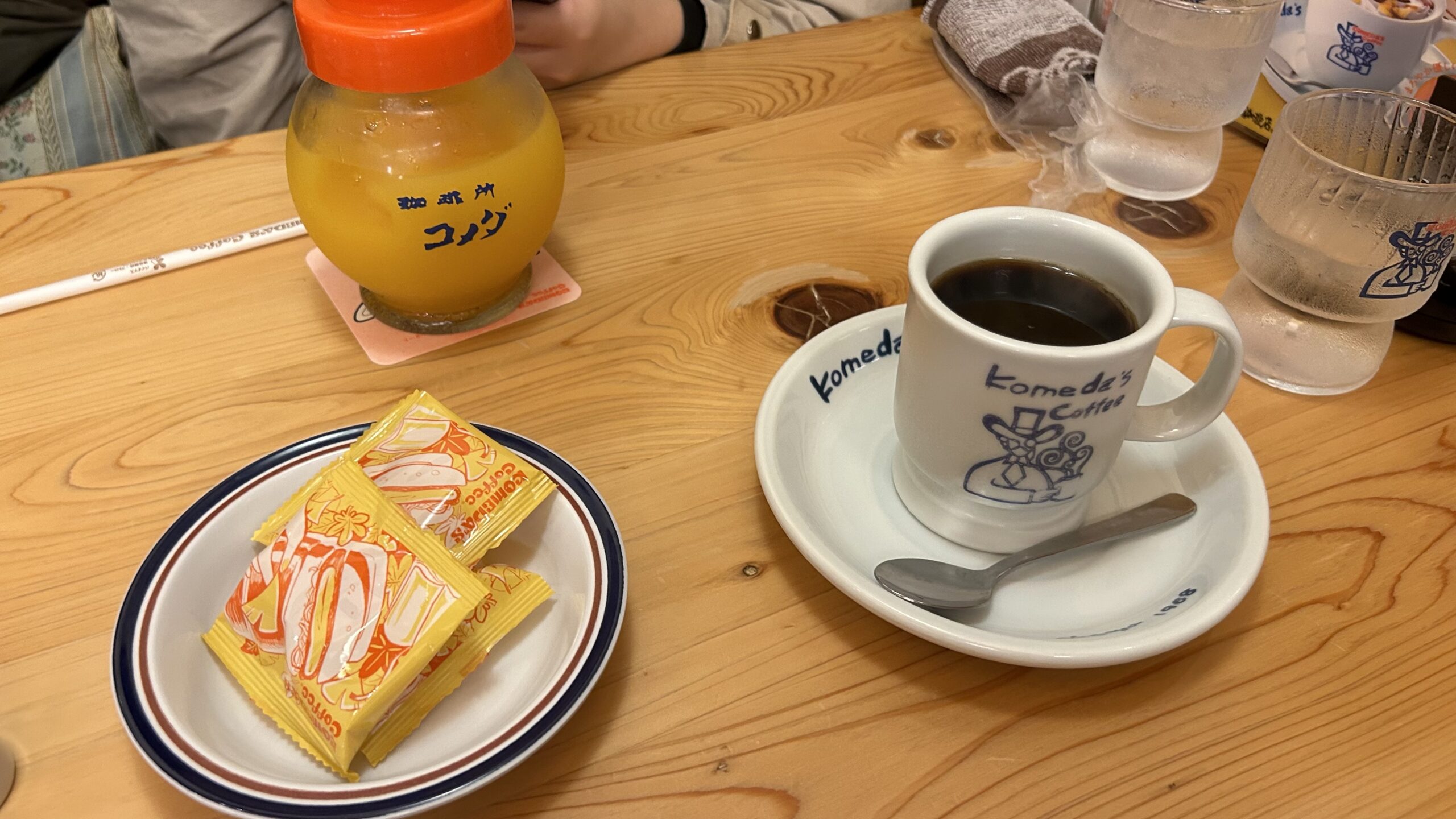
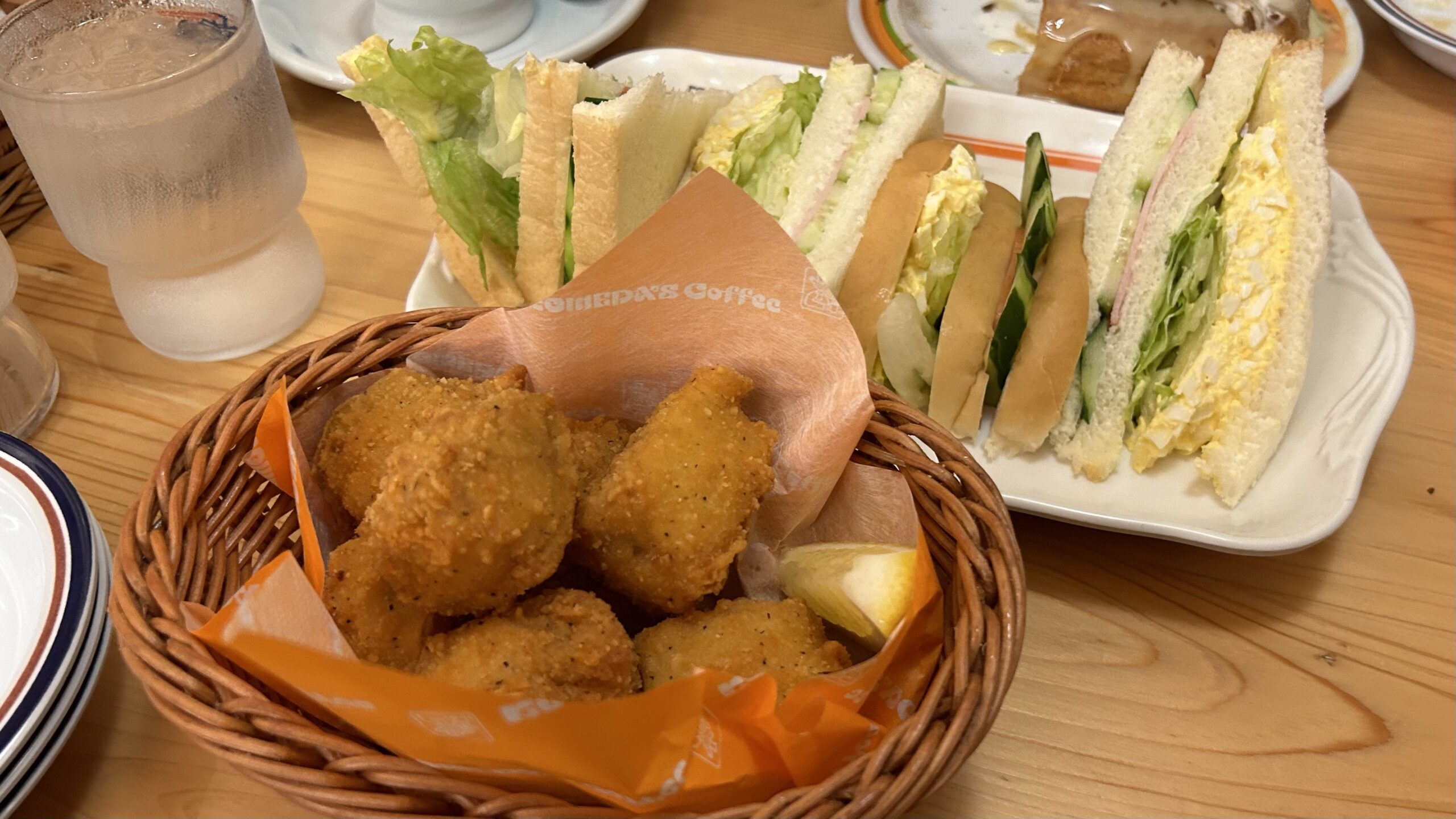
The Fish Burger was massive—so big that holding it up or taking a bite felt like a challenge. The fish fillet was freshly fried, with a crispy outer layer and a soft, fluffy inside, making it incredibly delicious and satisfying.

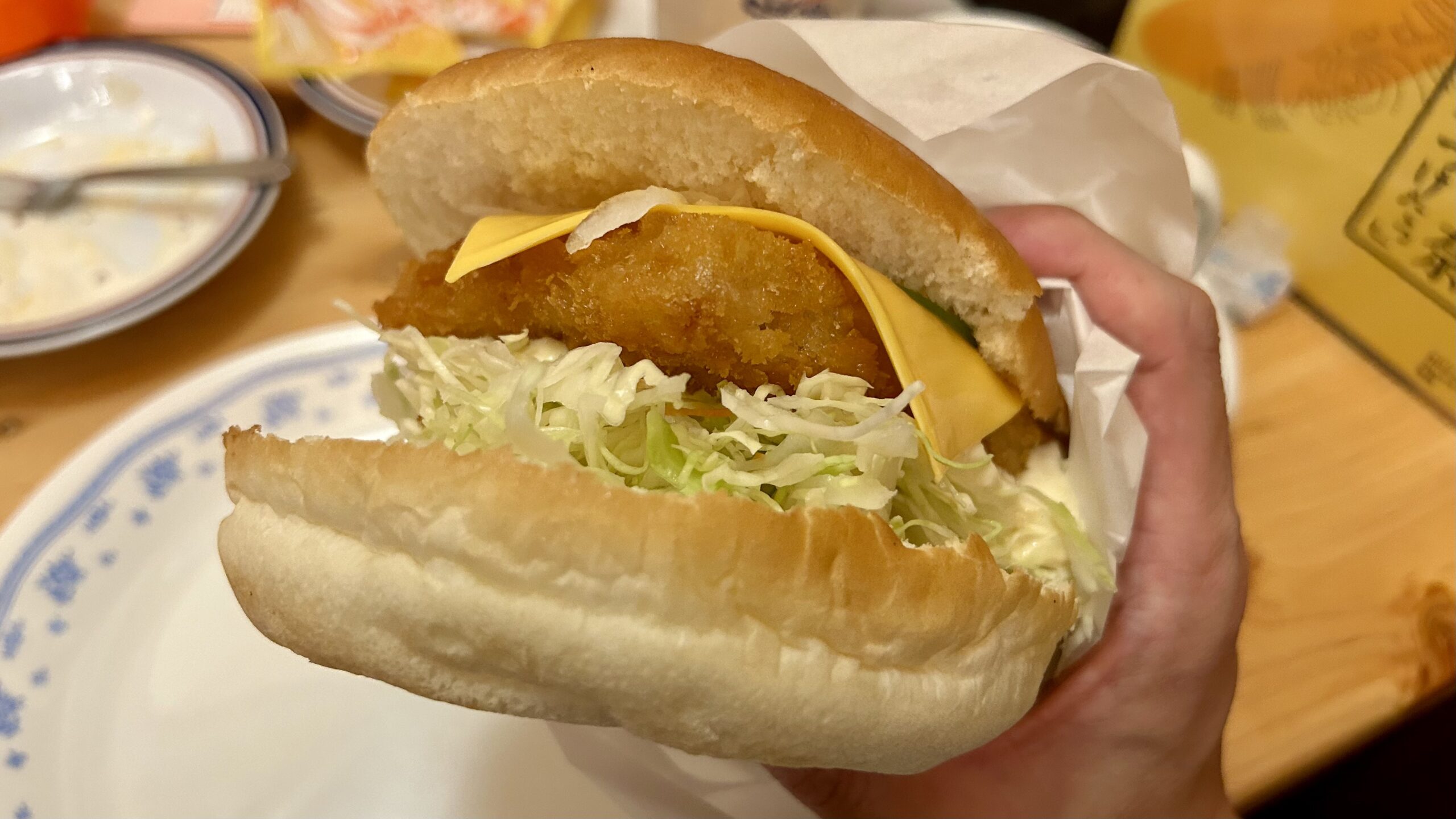
With branches all over the country, Komeda Coffee consistently delivers quality meals wherever you go. Whether you’re in the mood for a sweet treat or a hearty meal, it’s a place guaranteed to leave you satisfied.
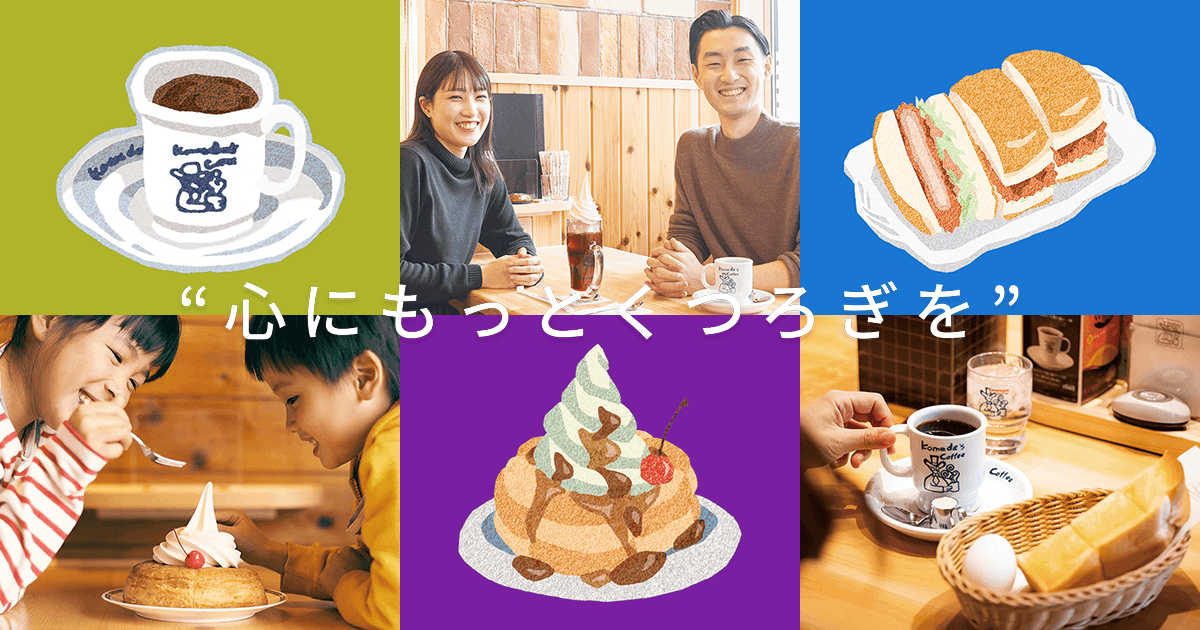
Japanese Foodies:Japanese Snacks
A Delicious Day Trip to Enoshima: Exploring Food and Scenery
It was a day off, and with such beautiful weather, I decided to take a day trip to Enoshima for a leisurely stroll. Speaking of Enoshima, you can’t miss the joy of eating your way through Benzaiten Nakamise Street.
I started with a local specialty for lunch—Shirasu-don (whitebait rice bowl)—but my appetite only grew stronger, so I continued exploring with some food in hand.
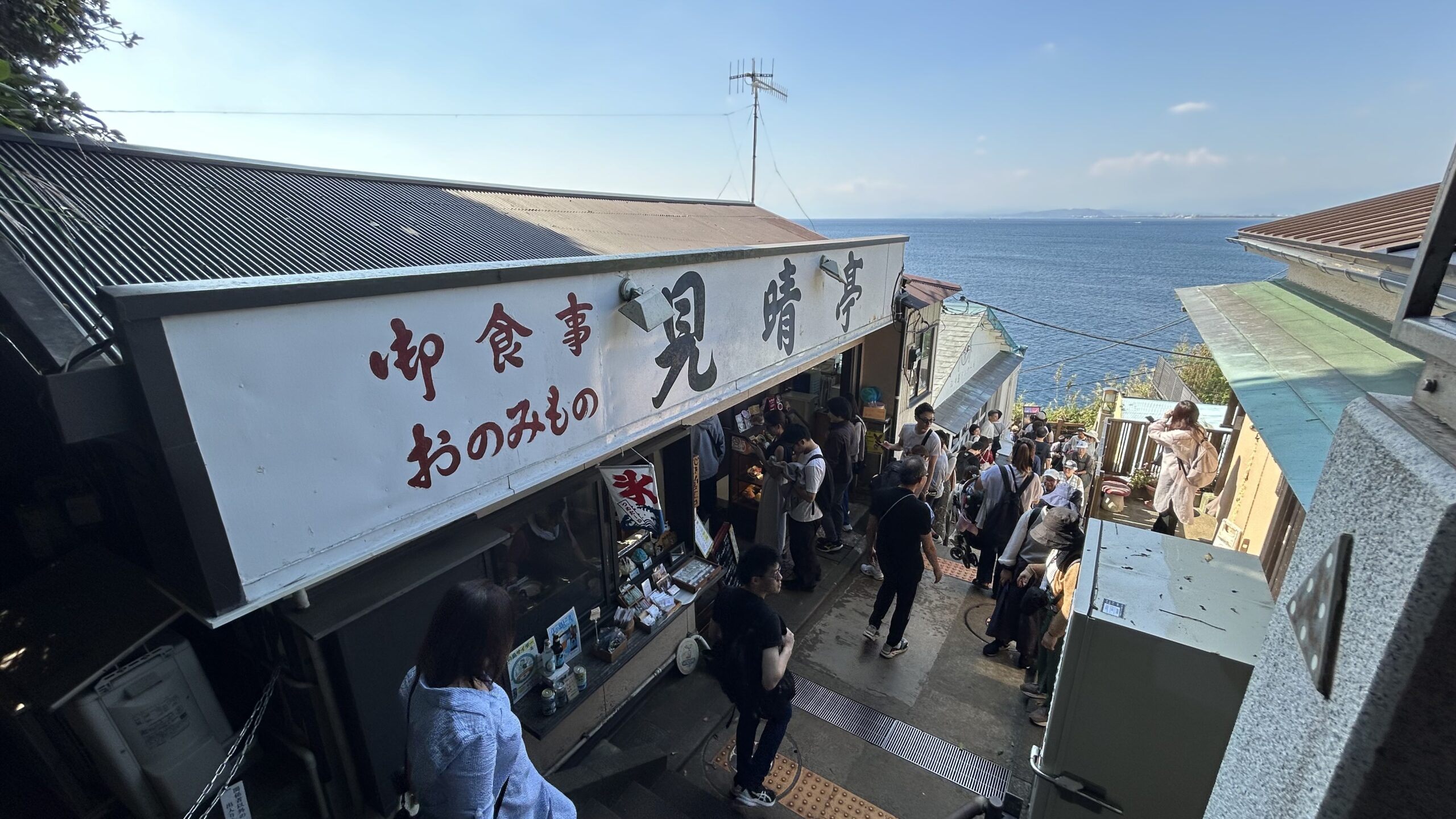
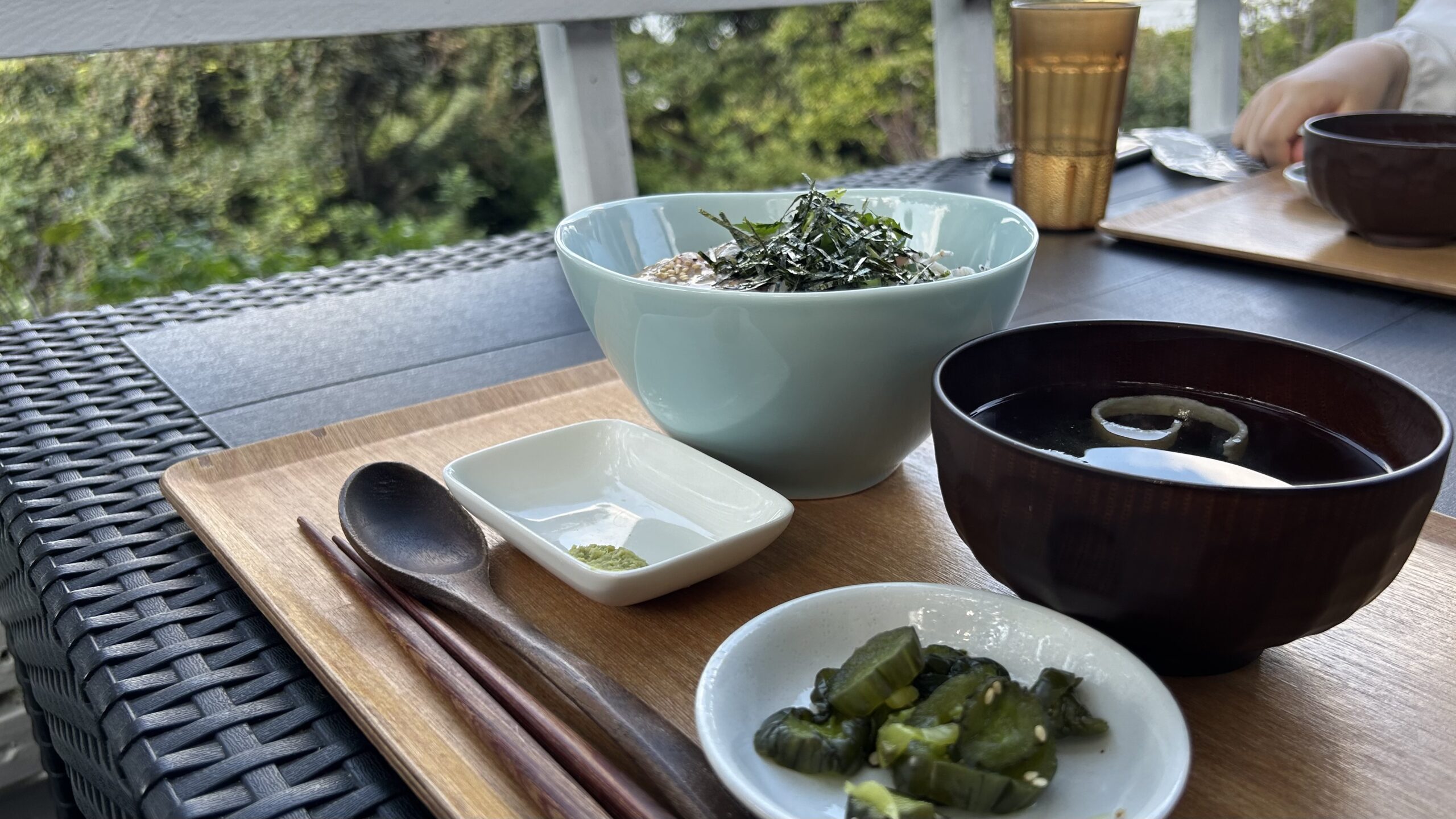
First, I grabbed a grilled whole squid from a seafood stall. The fragrant aroma of soy sauce was irresistible, and the tender, chewy texture delivered incredible flavor with every bite.
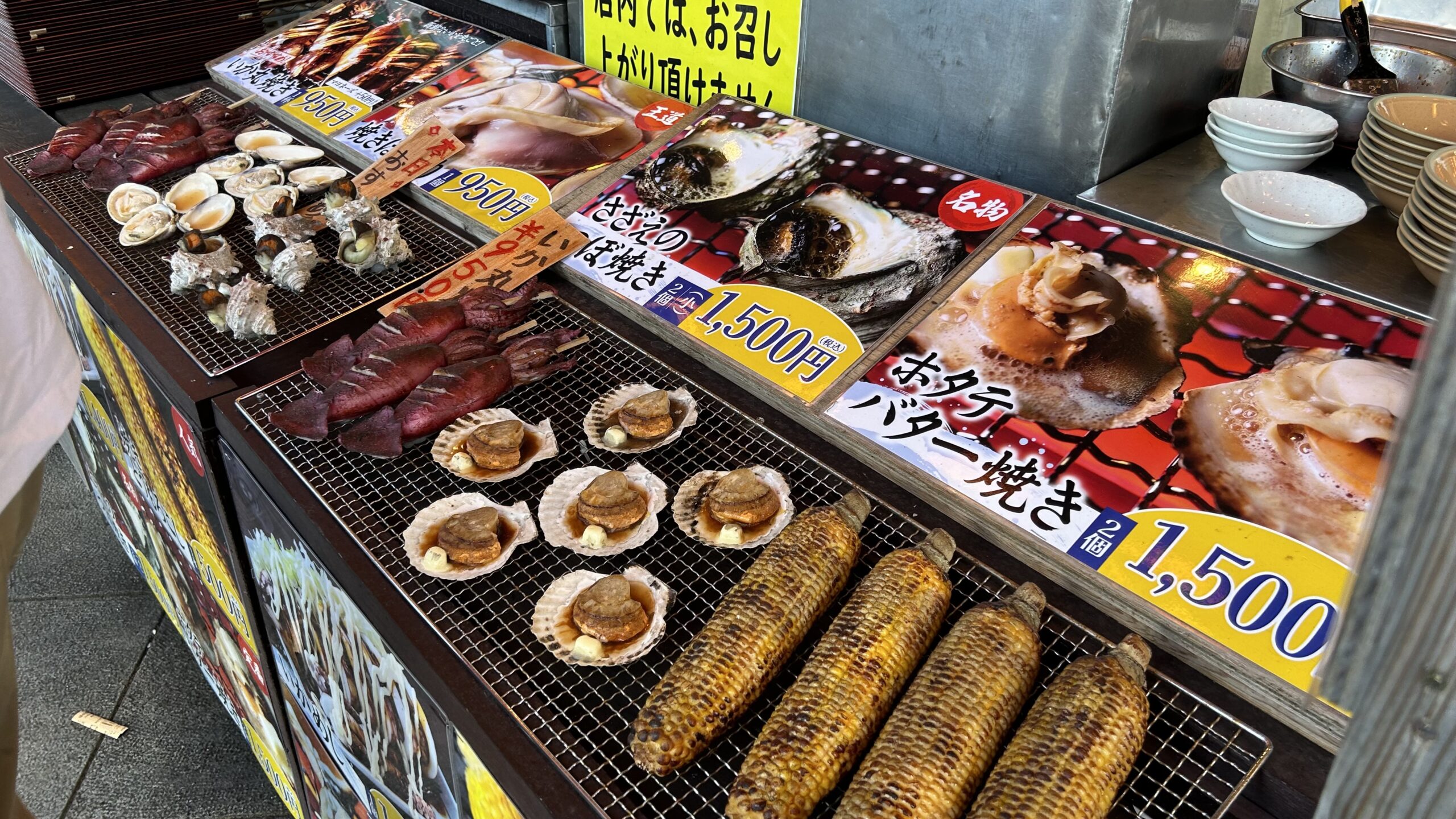
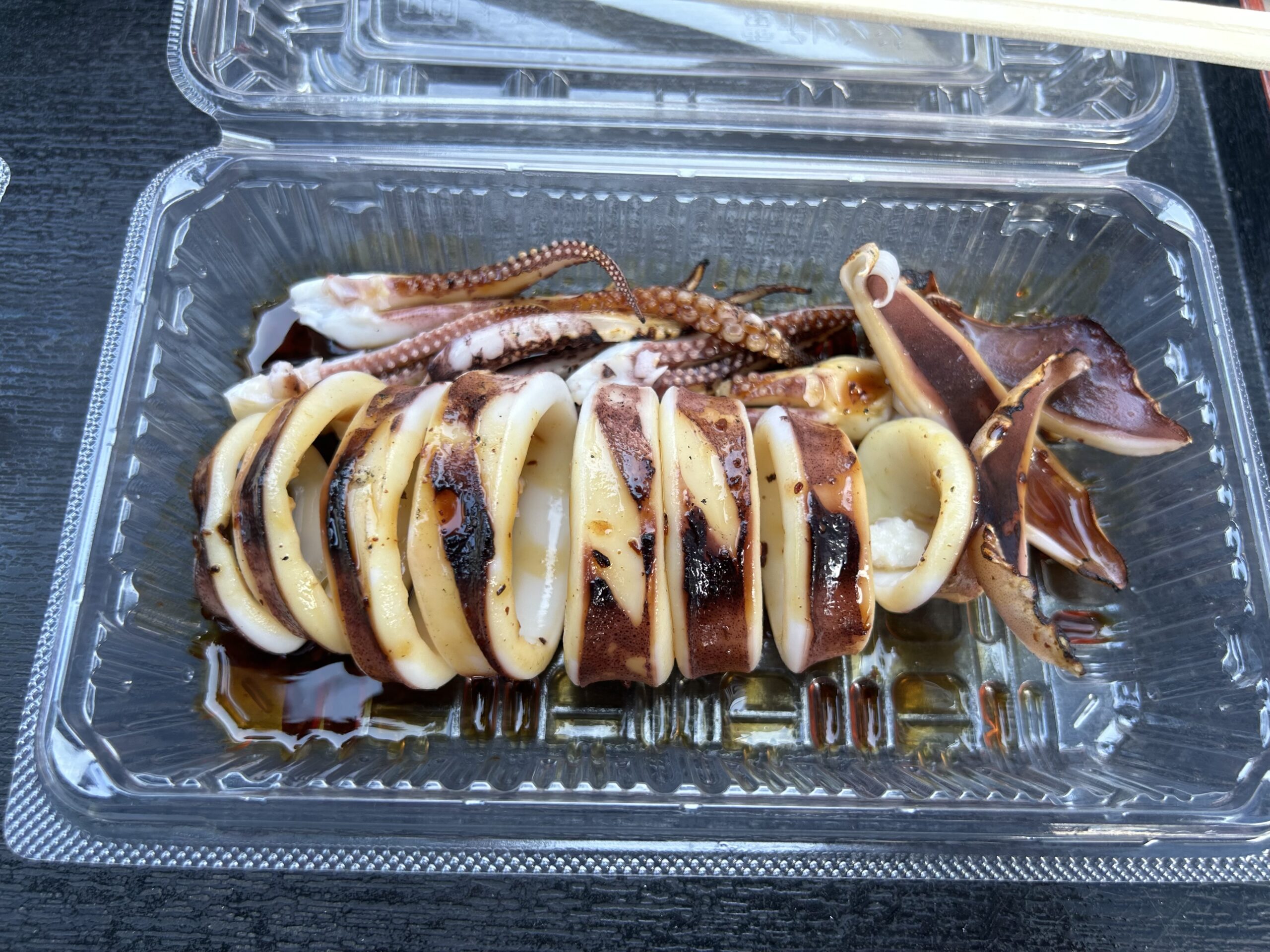
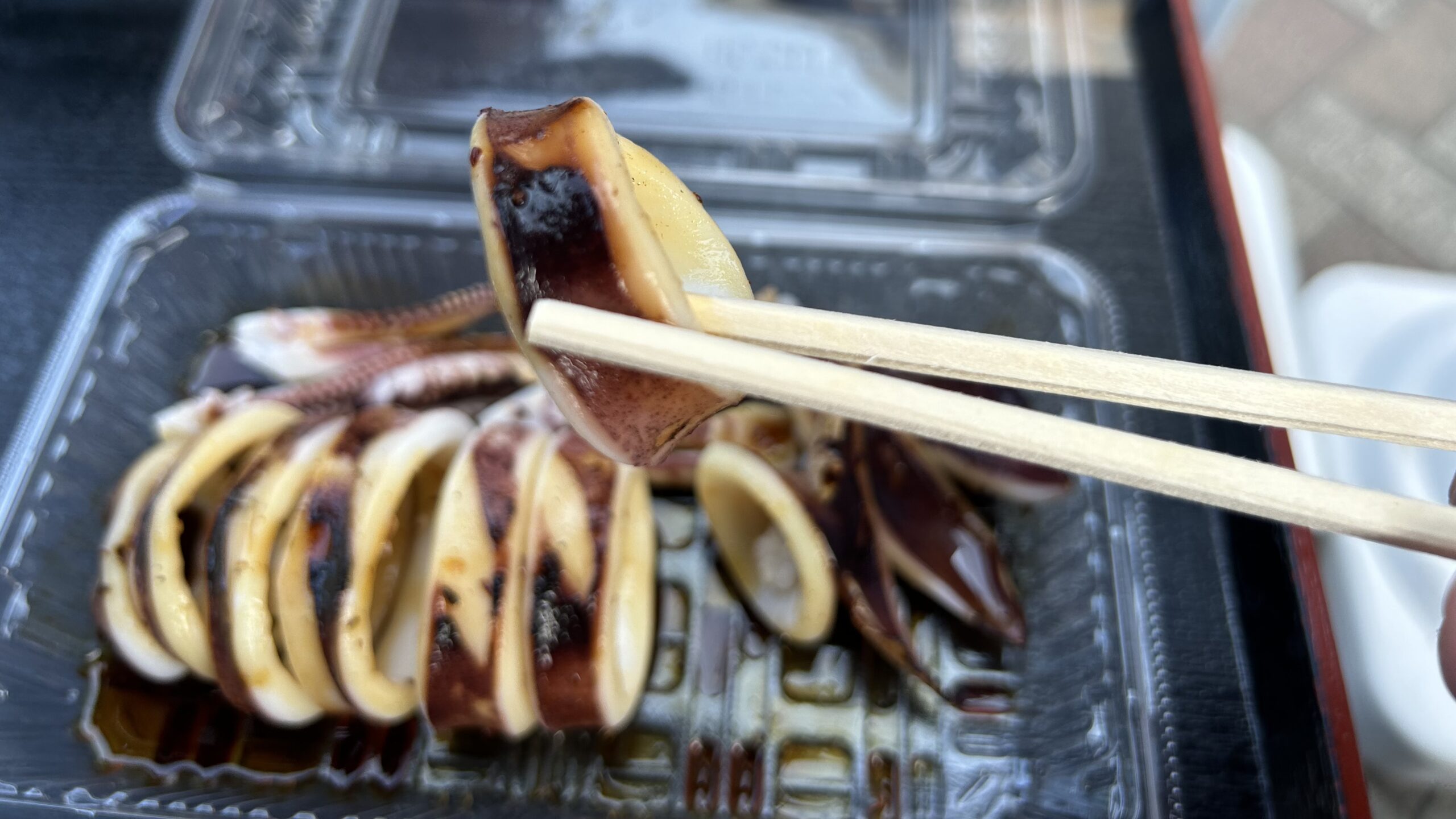
Next up was a meat bun. Unlike those found in Chinatown, this one had a fluffier exterior and large, tender fillings that made it satisfyingly hearty—nothing like the convenience store versions.
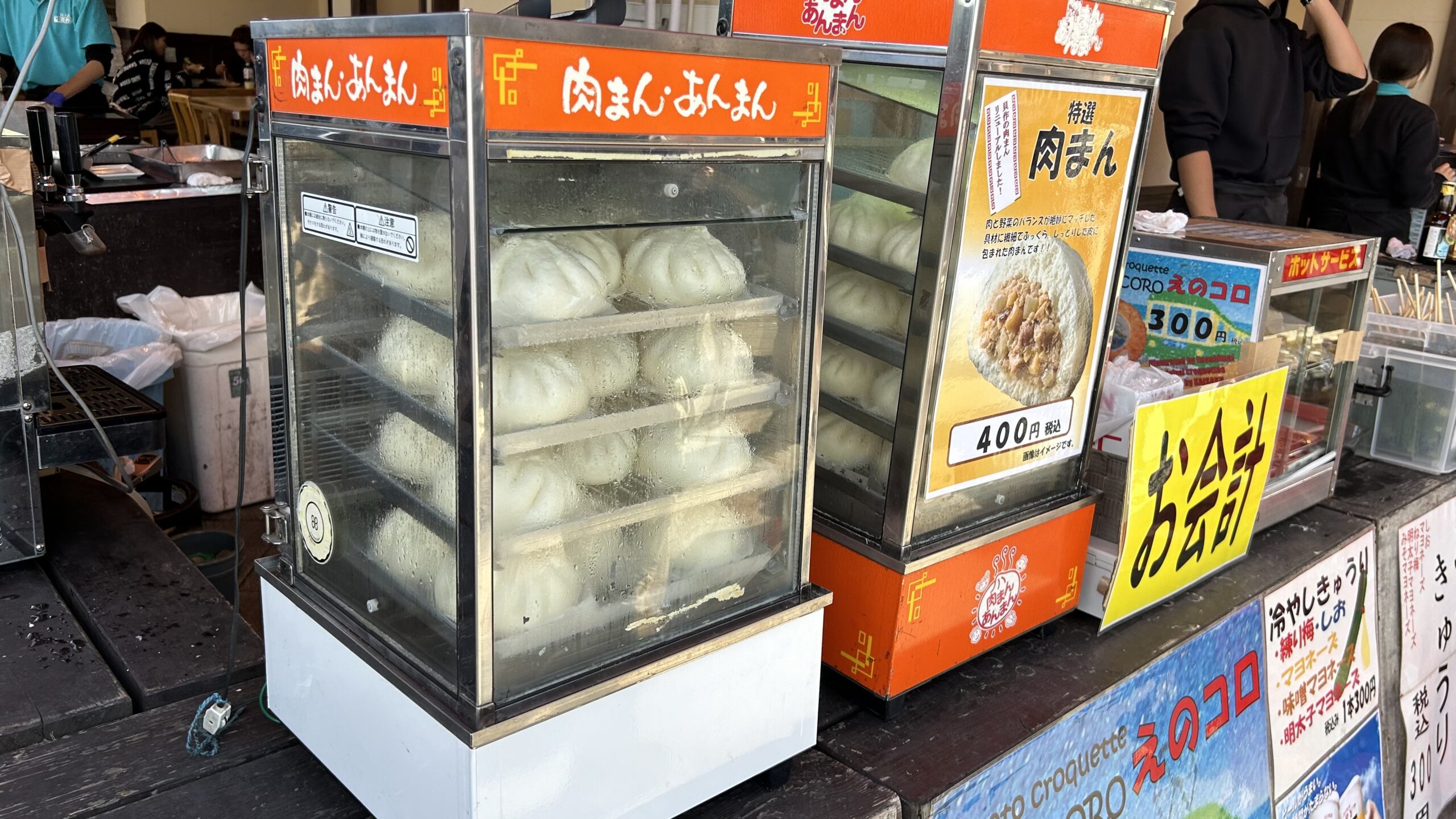
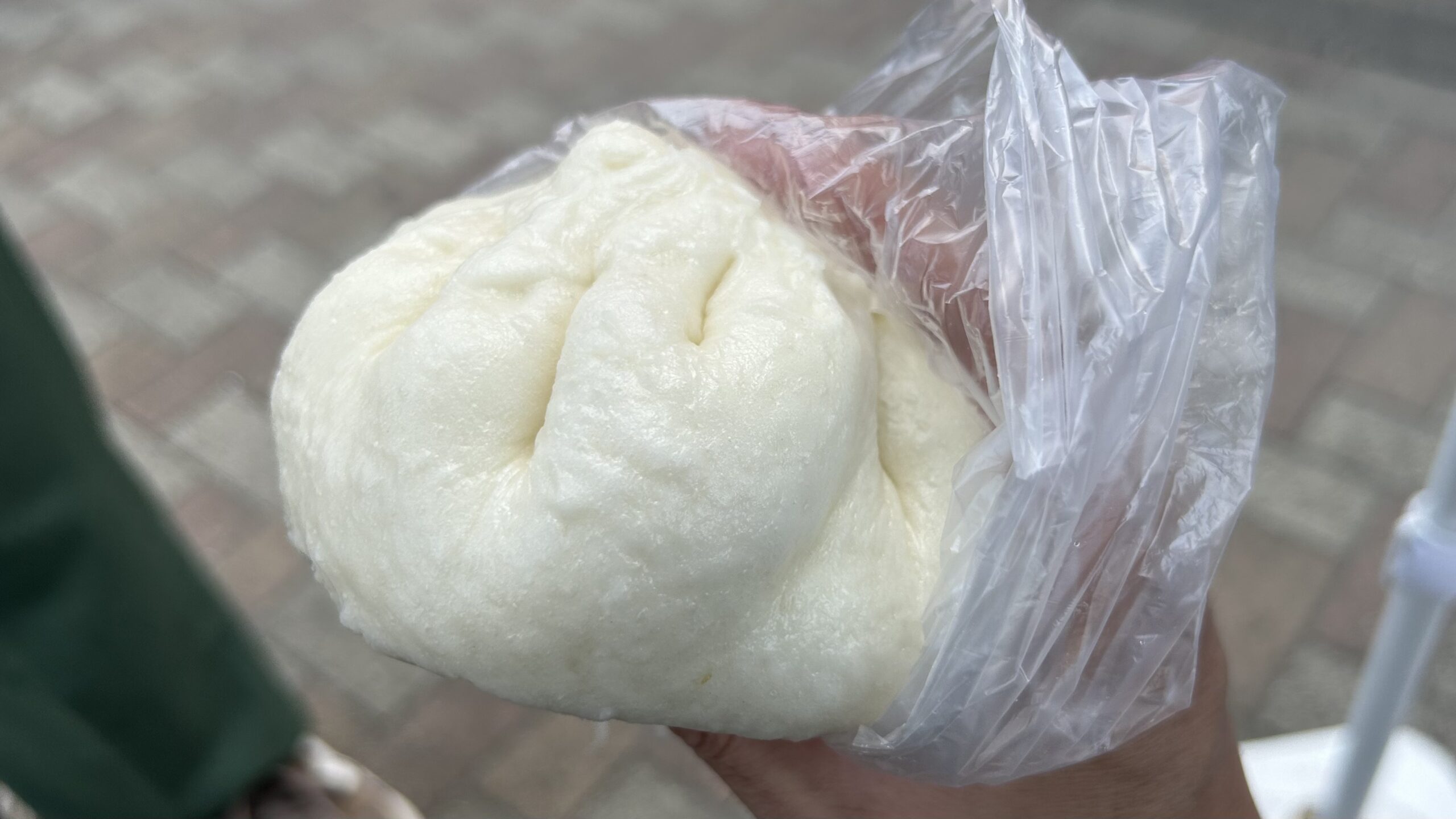
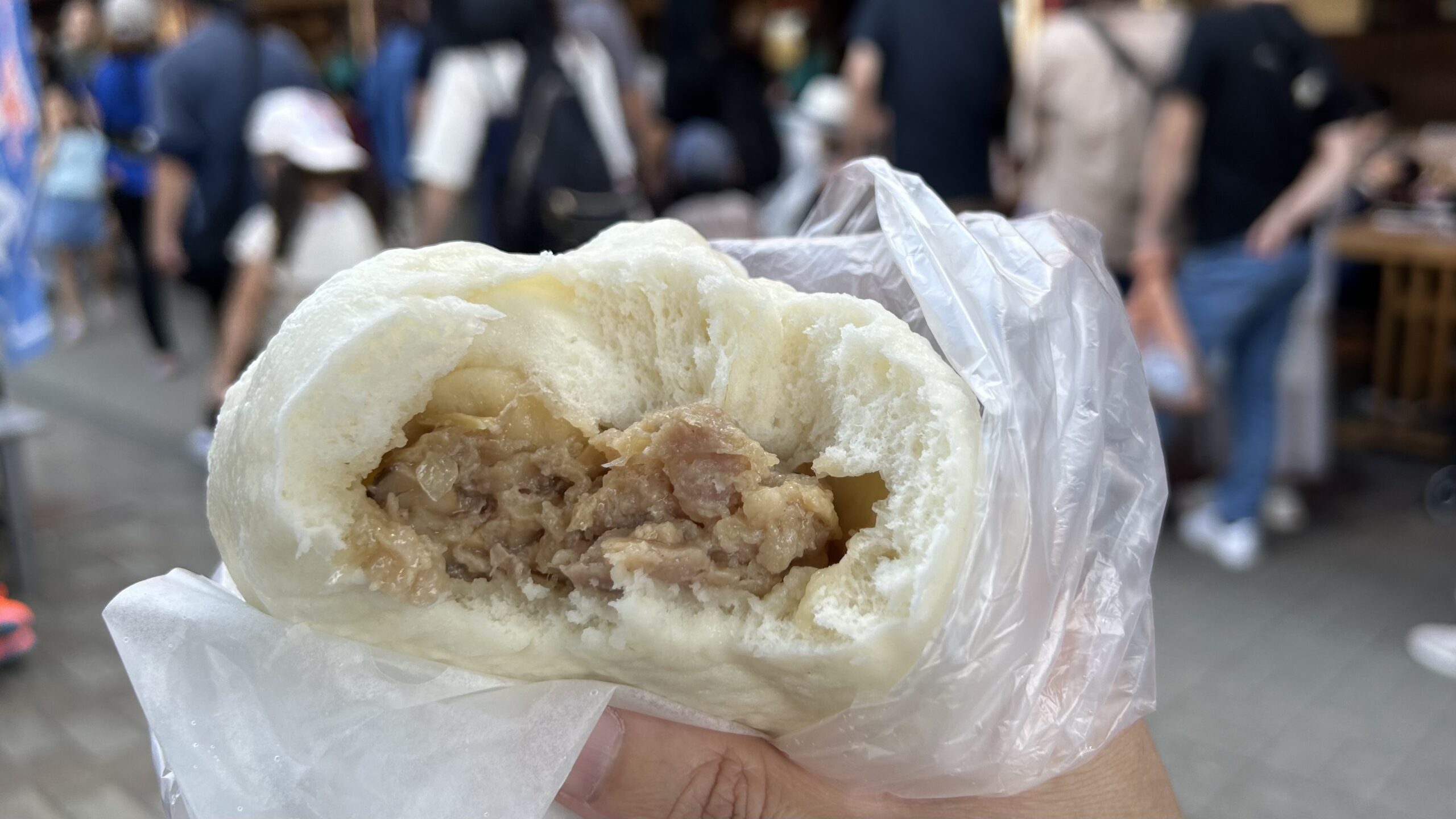
To wrap things up, I treated myself to freshly steamed manju (sweet buns) and a refreshing monaka ice cream. Did I overeat?
Maybe—but strolling around Enoshima is basically like hiking! With all the calories burned from walking, it’s practically calorie-free.
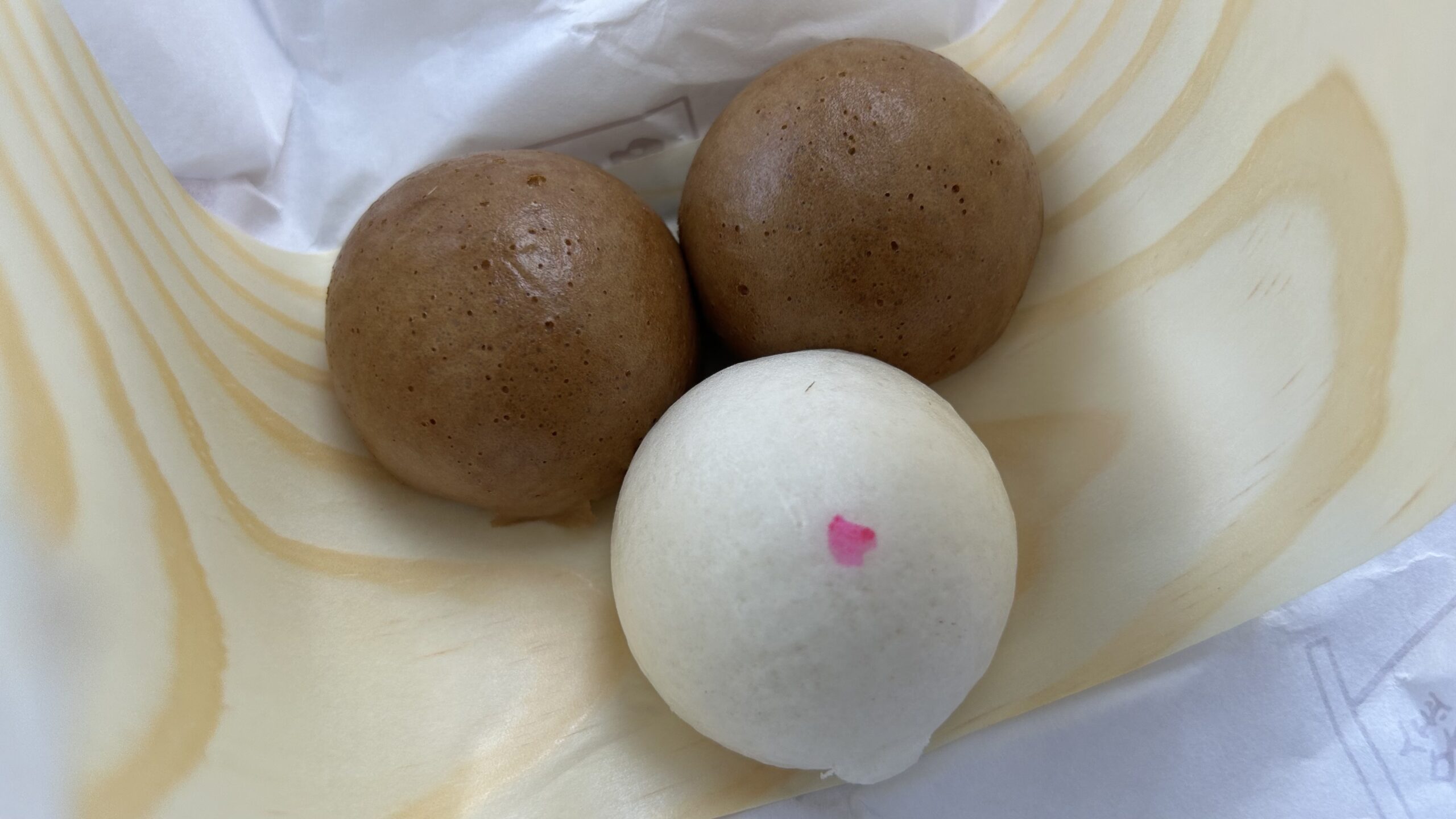
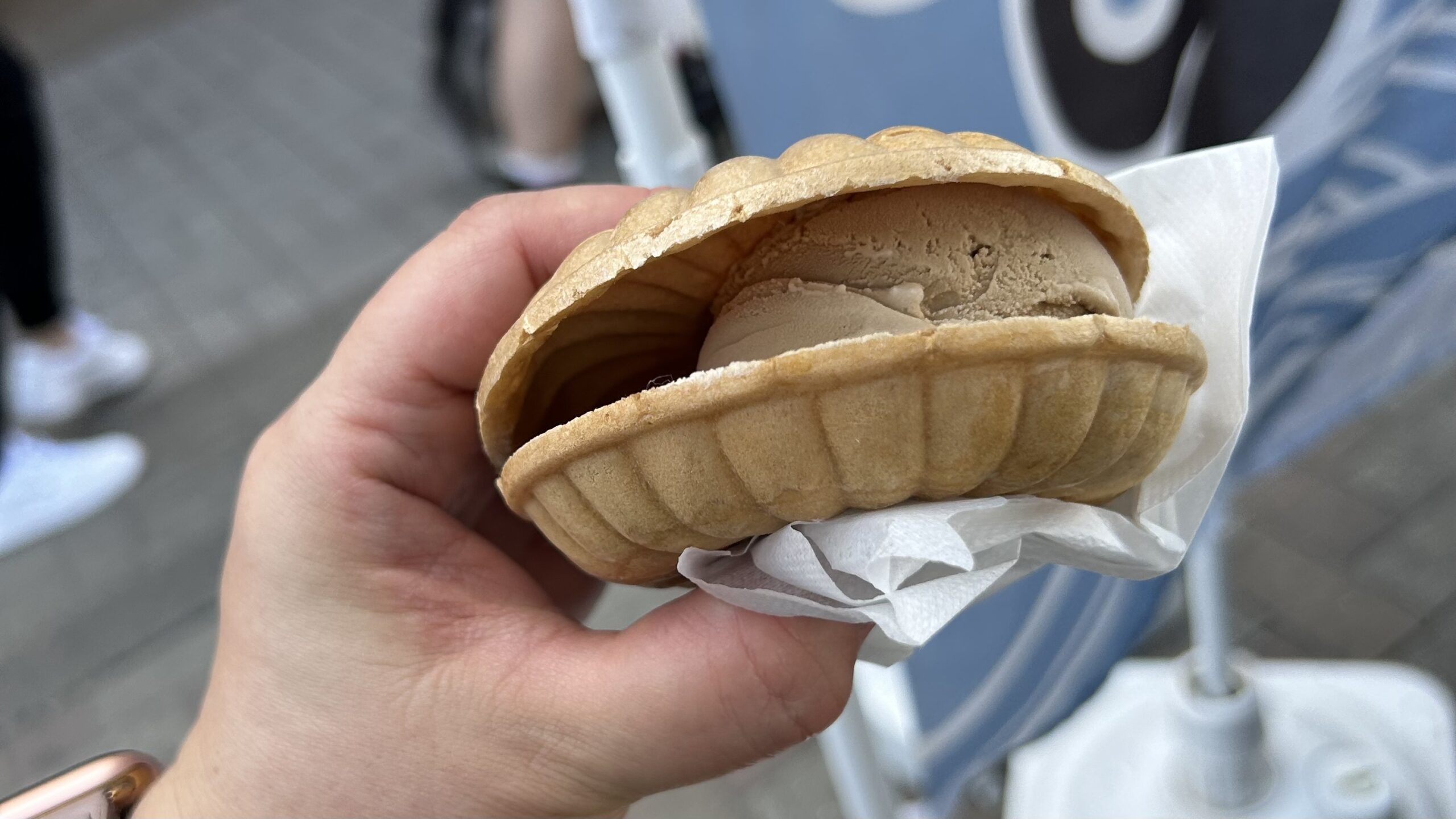
For information on how to get to Enoshima, check out this article.

Doutor Coffee: Japan’s Secret Spot for a Quick Break
Do you know where Japanese office workers go to take a quick break during a busy day? Starbucks? McDonald’s?
No, the answer is Doutor Coffee. Convenient, reliable, and delicious—Doutor Coffee checks all the boxes for the perfect café experience, and you’ll find it nearly everywhere in Japan.
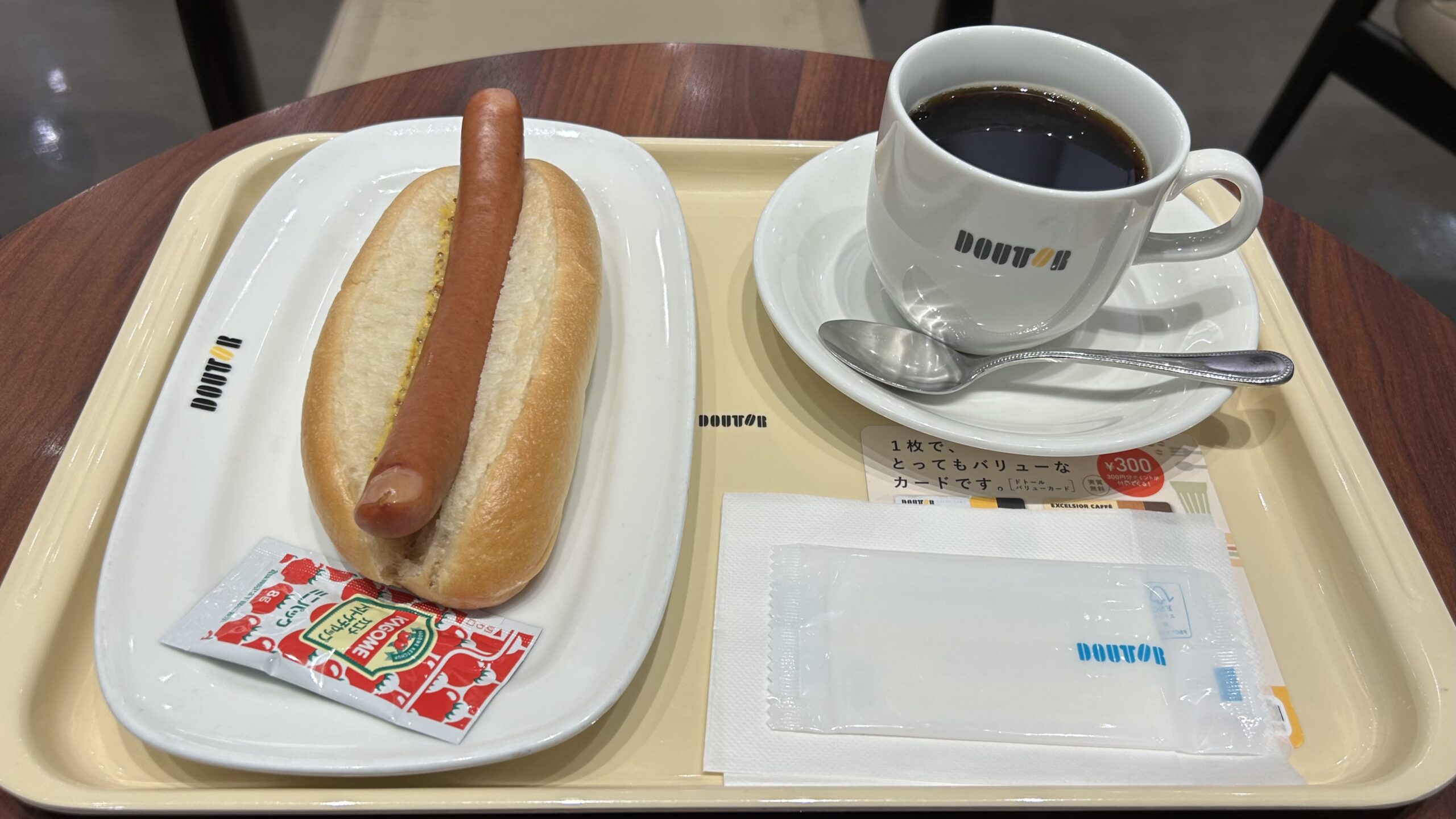
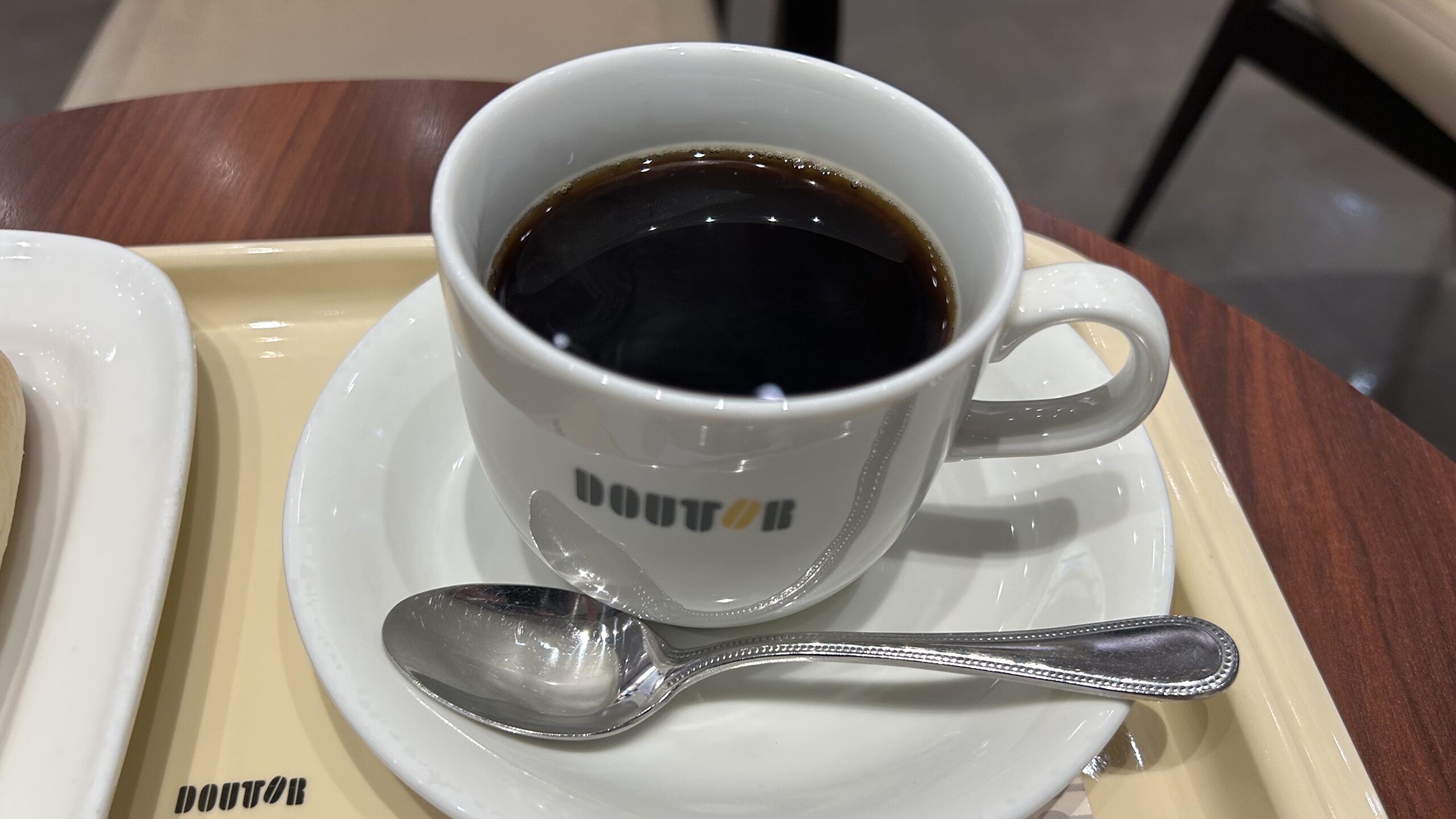
Why Doutor? The answer is simple: the coffee is genuinely delicious. But that’s not all—their snack menu is affordable and tasty. The star of the show?
The German Dog. Made to order, this hot dog is served piping hot. It’s arguably the most simple, affordable, and delicious hot dog you’ll find in Japan, priced at just 290 yen (as of this article’s publication).
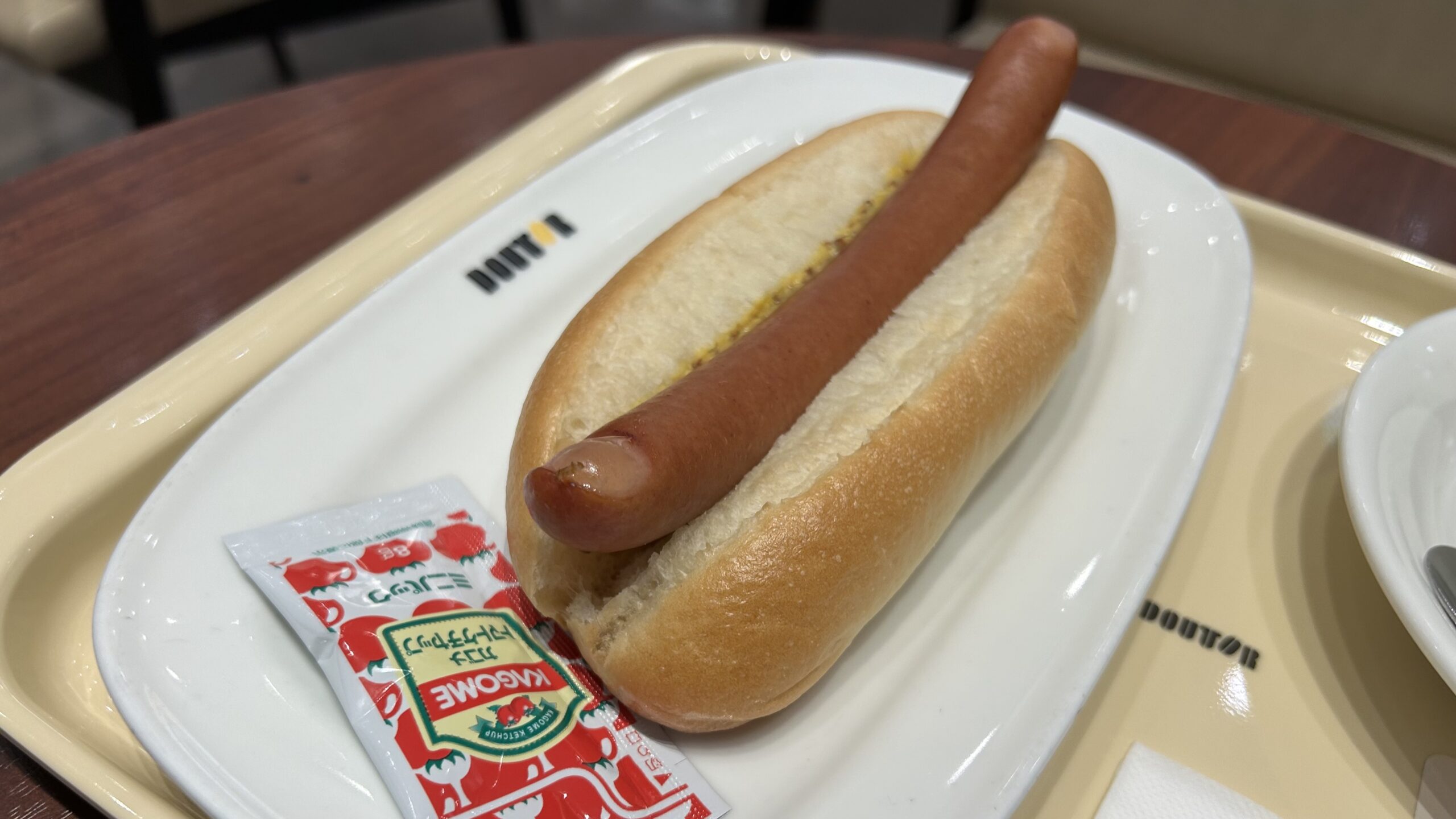
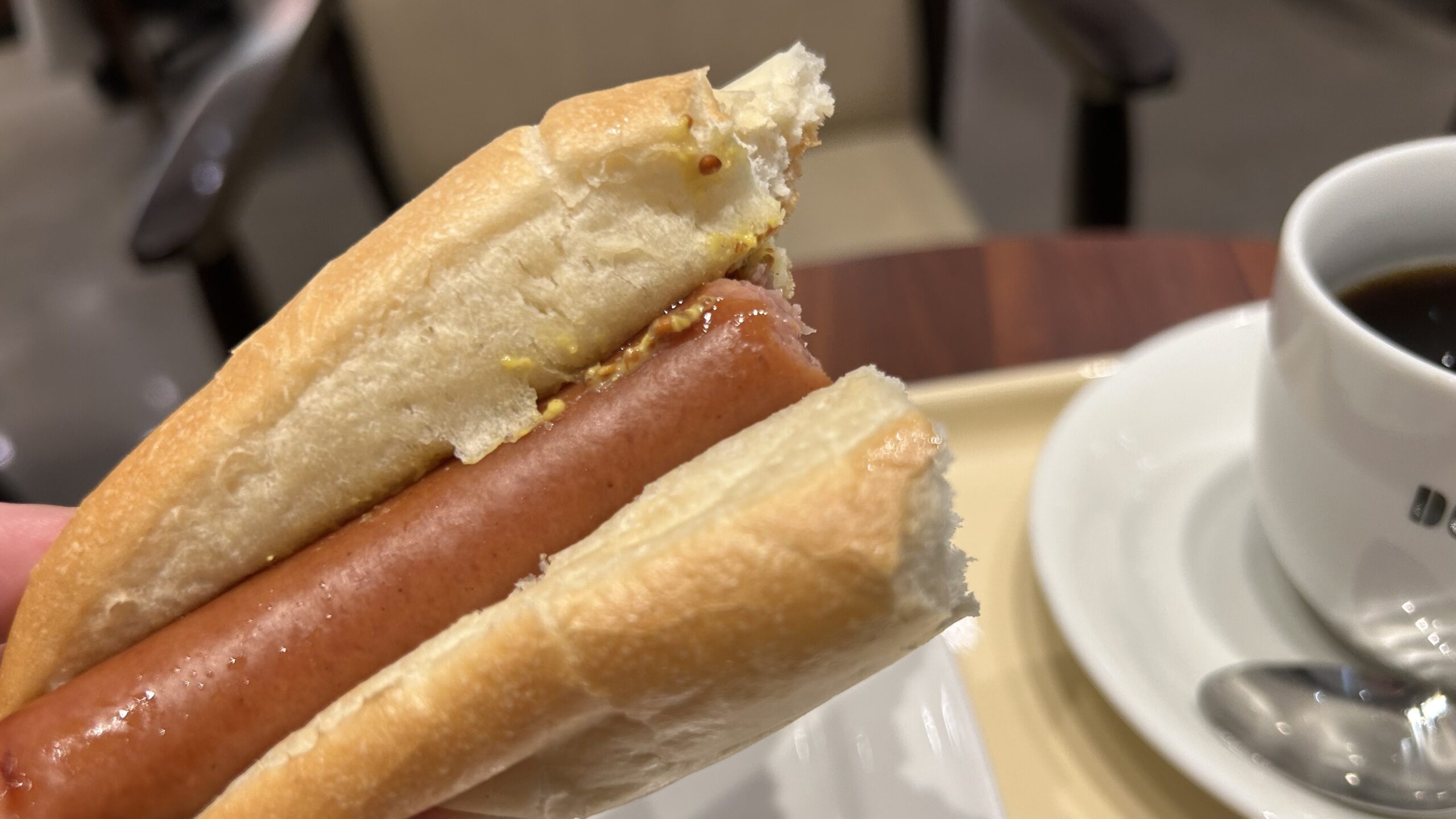
Although still relatively unknown to international tourists, once you try this hot dog, you might never want to leave Japan. If you’re looking for a break from Japanese cuisine, head to Doutor Coffee and treat yourself to this hidden gem!

Koshigaya’s Aeon Lake Town & Anpan
Koshigaya’s Aeon Lake Town is a massive shopping mall built around an artificial lake, creating an entire neighborhood. With such a large area, it’s difficult to explore everything in one day, and walking through the crowded spaces can be challenging.


That’s why a good place to take a break while your family enjoys shopping is the bakery under the Koshigaya Lake Town Station overpass. With its spacious eat-in area, it’s less crowded than the stores inside the mall, offering a peaceful rest.
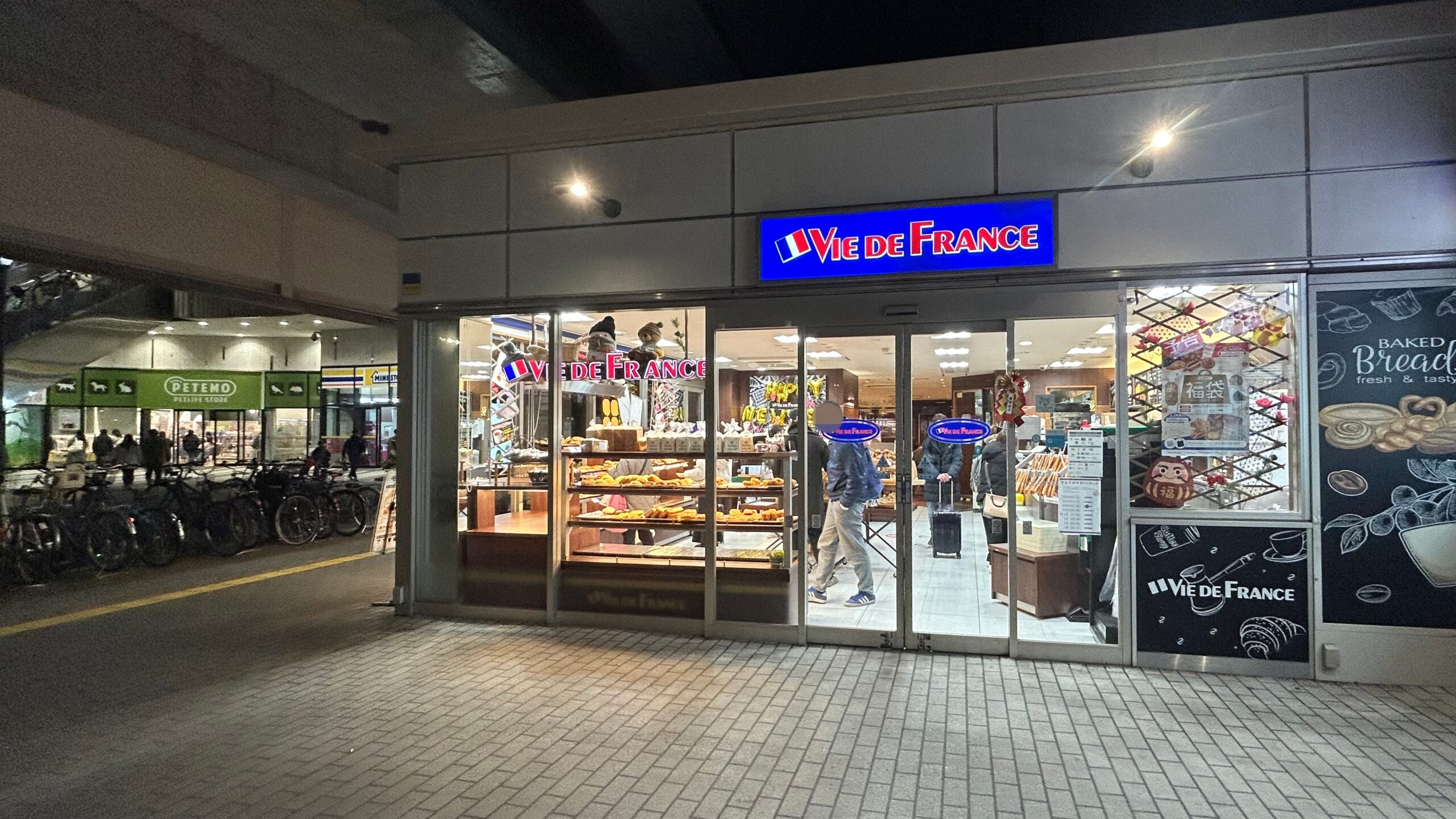
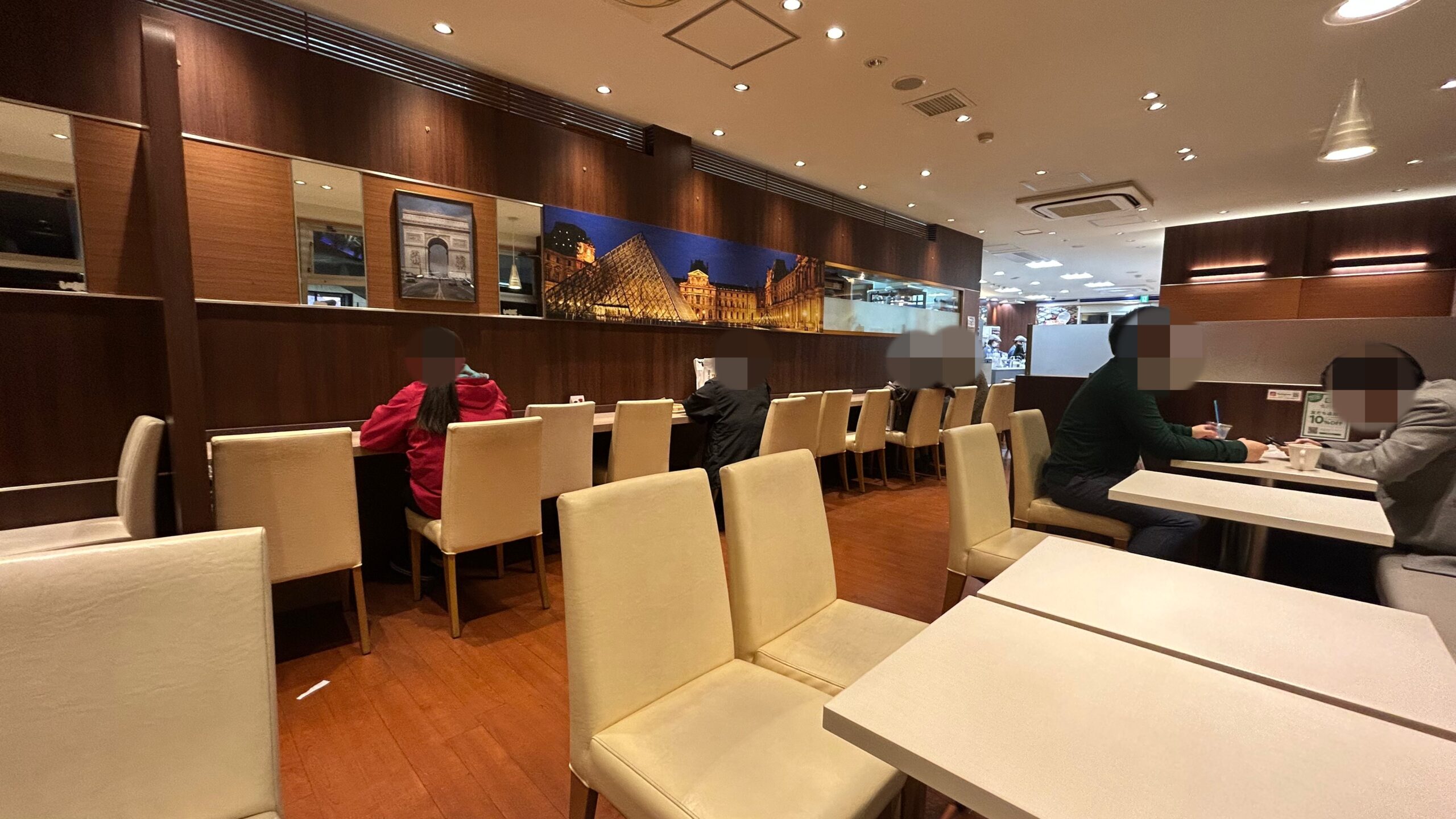
A must-try is the local specialty, “Koshigaya Anpan.” The cute “Koshi” stamp on the bun, filled with sweet red bean paste and whipped cream, creates a delightful combination with the soft dough.
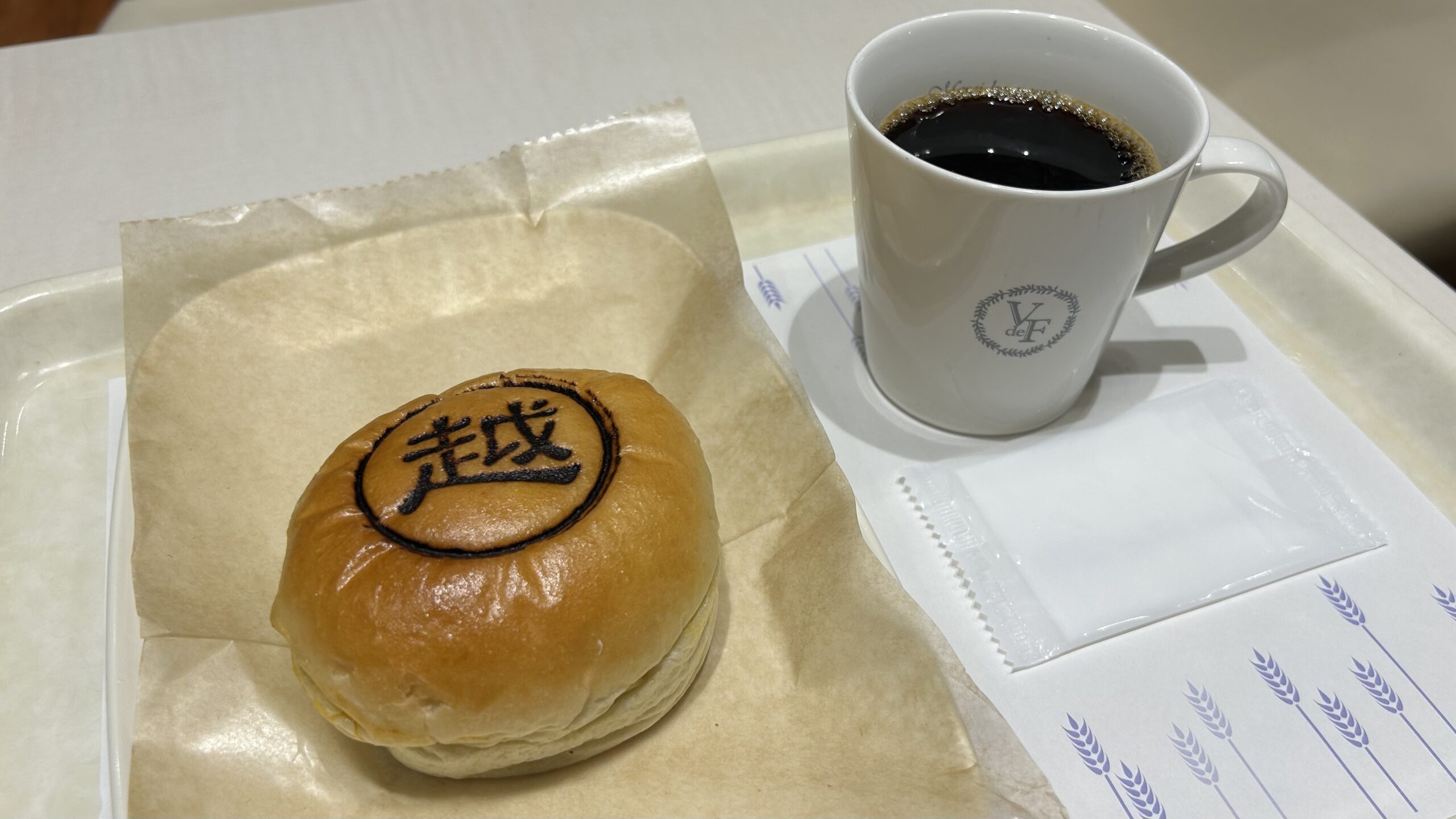
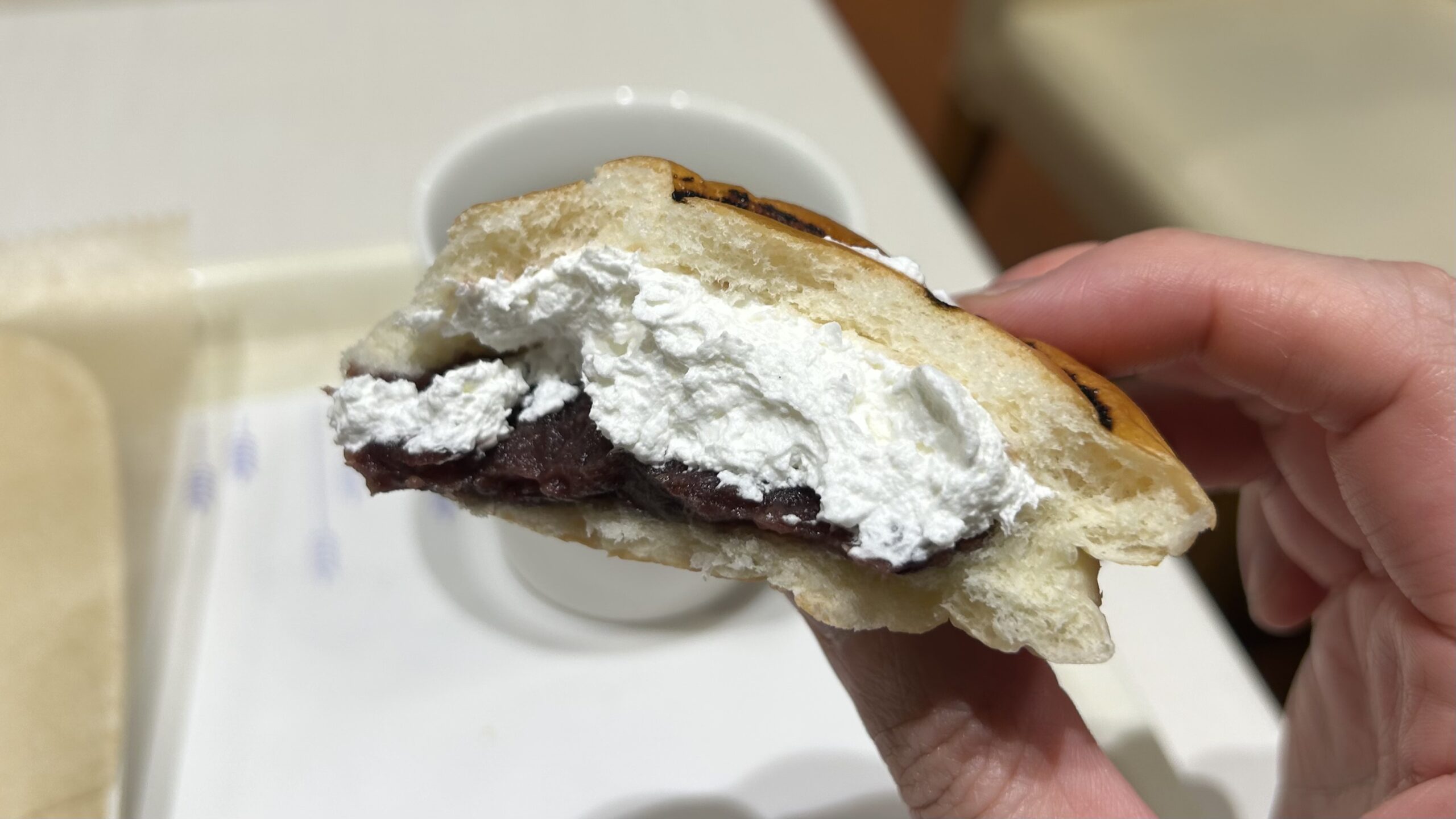
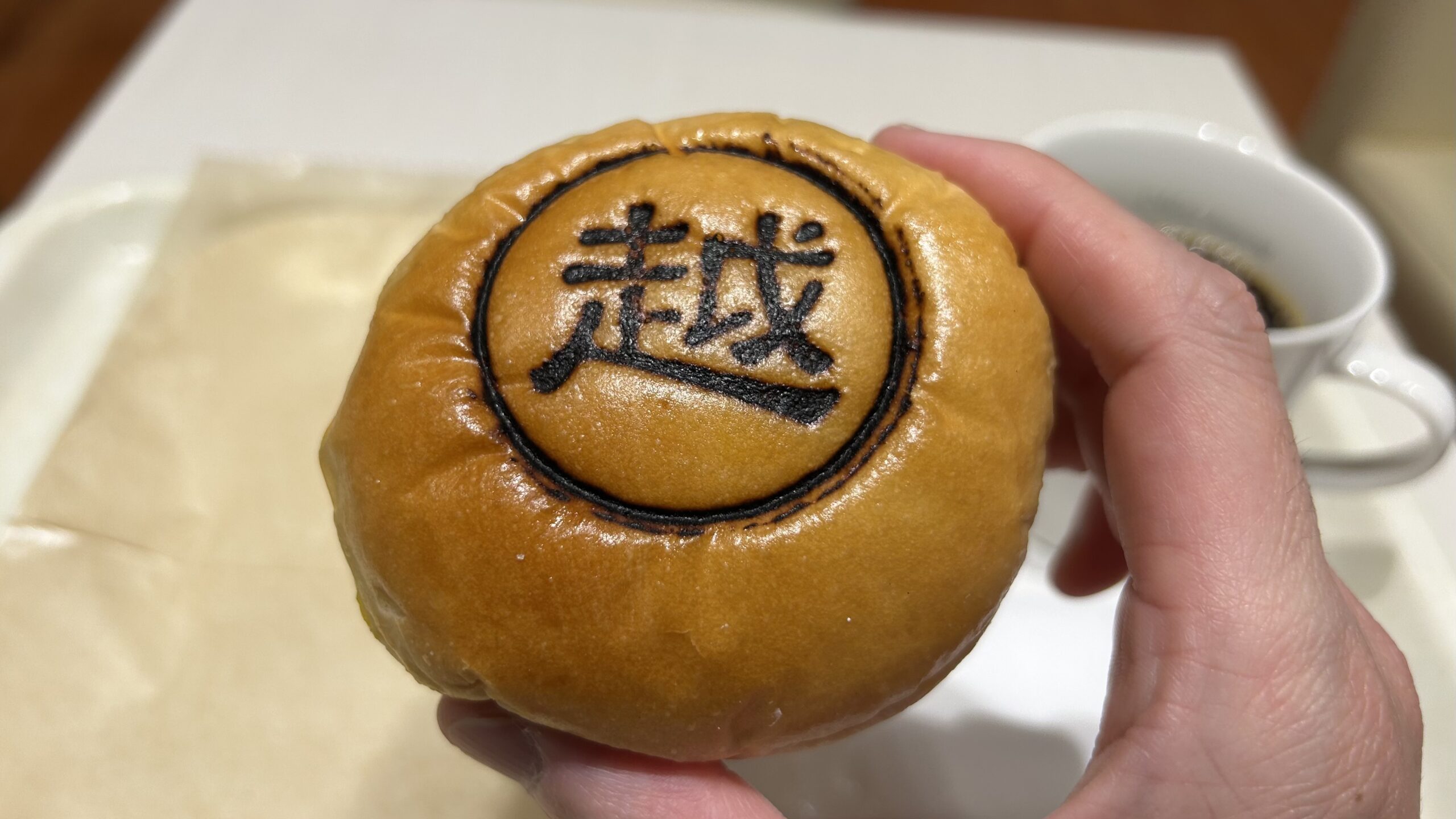
Interestingly, the use of “Tsubuan” (chunky red bean paste) instead of “Koshian” (smooth paste) might be a playful pun: “Koshi ga iya” (don’t like “Koshi”) and “Koshigaya.”

Japanese Foodies:Japanese Drinks
Aojiru: Japan’s Portable Solution for Getting Your Greens
Are You Getting Enough Vegetables?
Salads are essential for maintaining a healthy lifestyle, but during busy days or while traveling, it’s easy to miss out on essential nutrients. So, how do you deal with it?
There’s a joke that goes, “The Germans invent it, the Americans produce it, the British invest in it, the French brand it, the Italians design it, and the Japanese miniaturize it.” Japanese people are experts at making anything portable and compact – even salad. That’s where Aojiru comes in.
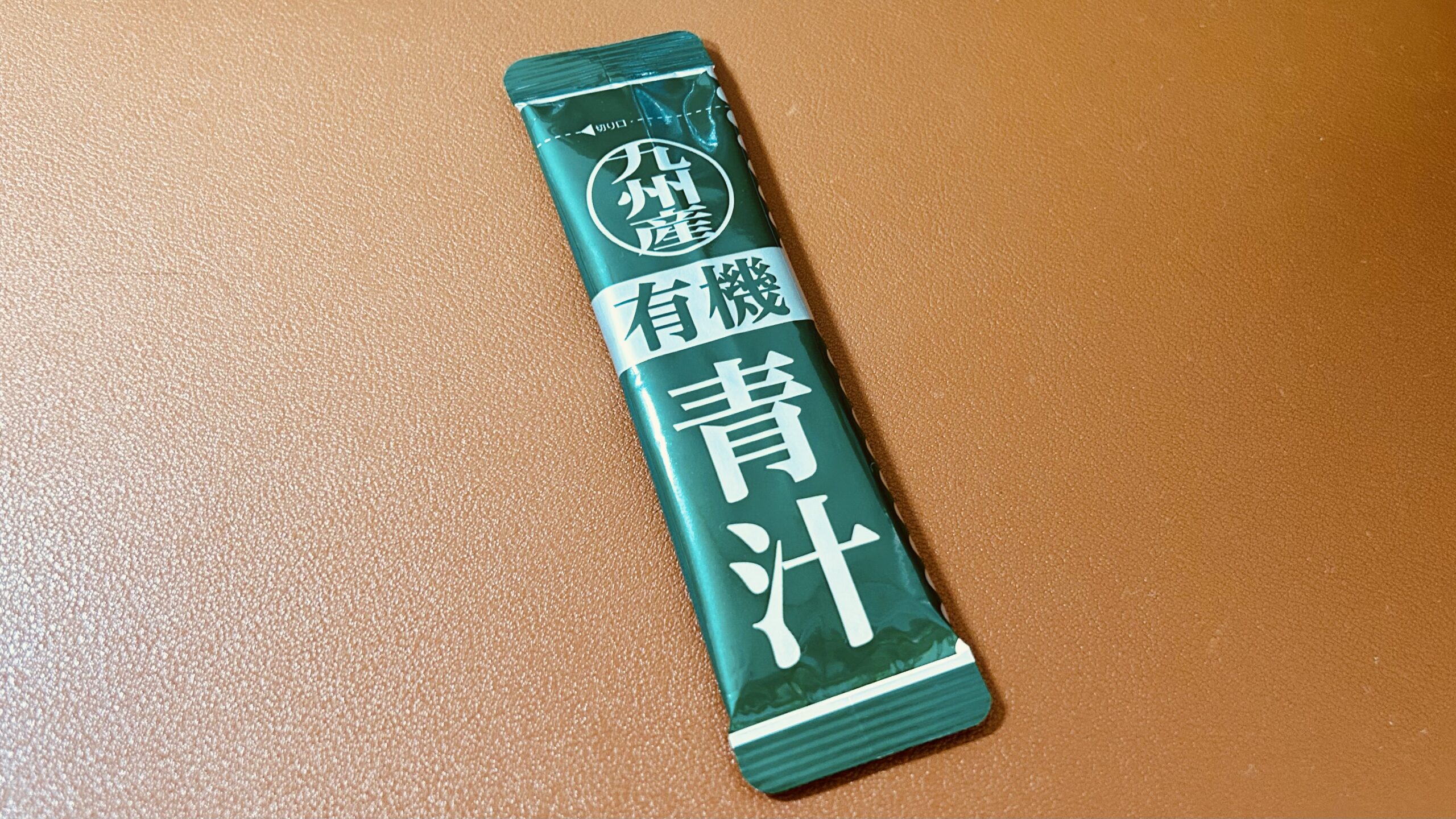

Aojiru is a Japanese health drink made from green leafy vegetables like kale, barley grass, ashitaba, and mulberry leaves, as well as chlorella. These ingredients are ground and processed into a liquid or powdered form, which can be easily mixed with water for a nutritious boost.
Surprisingly, Aojiru has a taste similar to matcha – smooth and refreshing. Health-conscious Japanese people drink Aojiru daily. Personally, I prefer consuming the powder straight, like medicine, which works just as well!

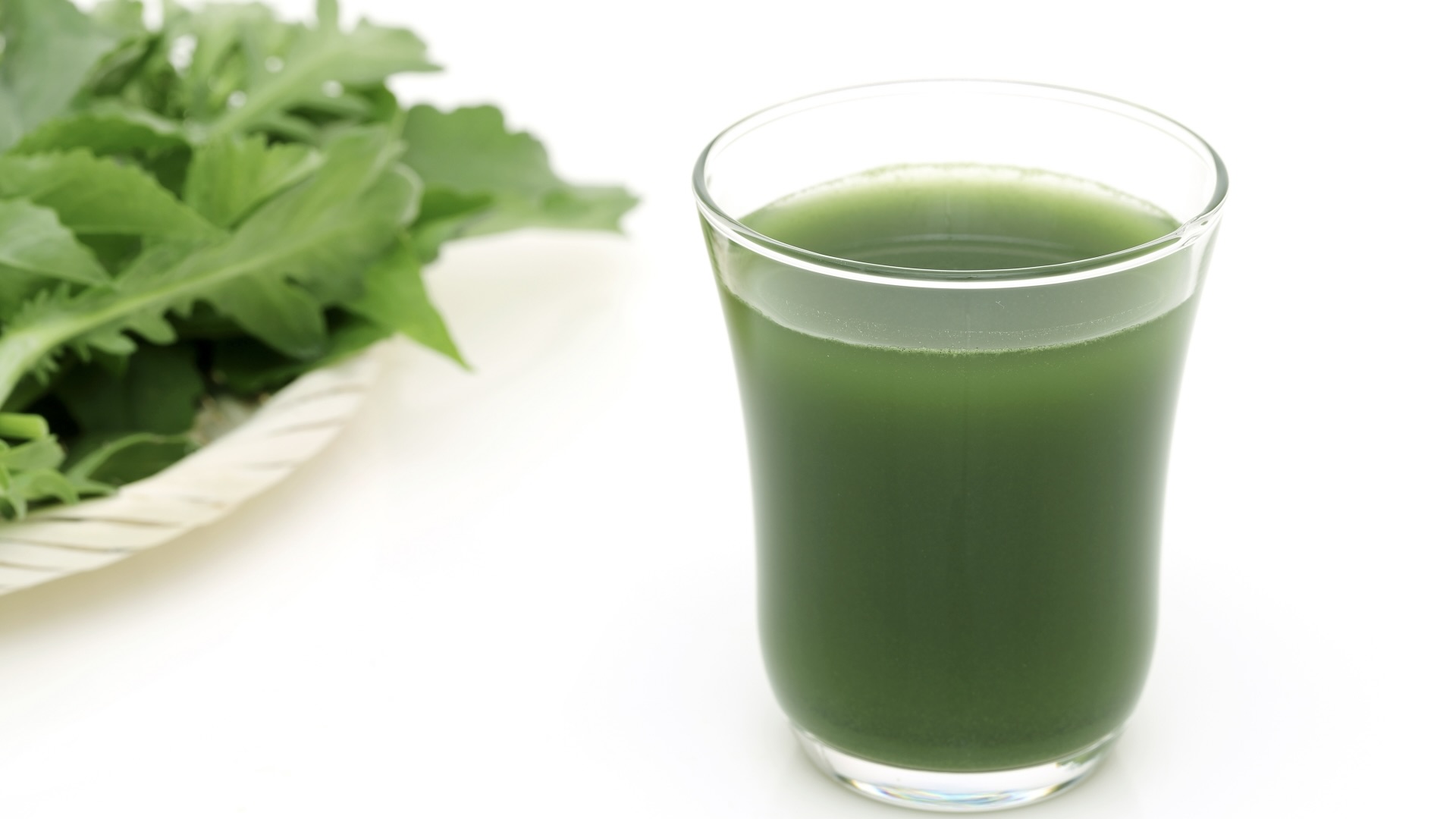
You can conveniently find Aojiru at convenience stores and supermarkets across Japan. It’s the perfect travel companion for quick and easy nutrition on the go. Why not give this “drinkable salad” a try?
Japanese Foodies:Japanese Drinking Parties
“Toriaezu Nama! – The Japanese Love for Fresh Draft Beer”
In Japanese drinking parties, it’s customary to start with a toast using beer. Japanese beer, often referred to as “nama beer” (draft beer), is unique because it is unpasteurized, emphasizing its freshness.
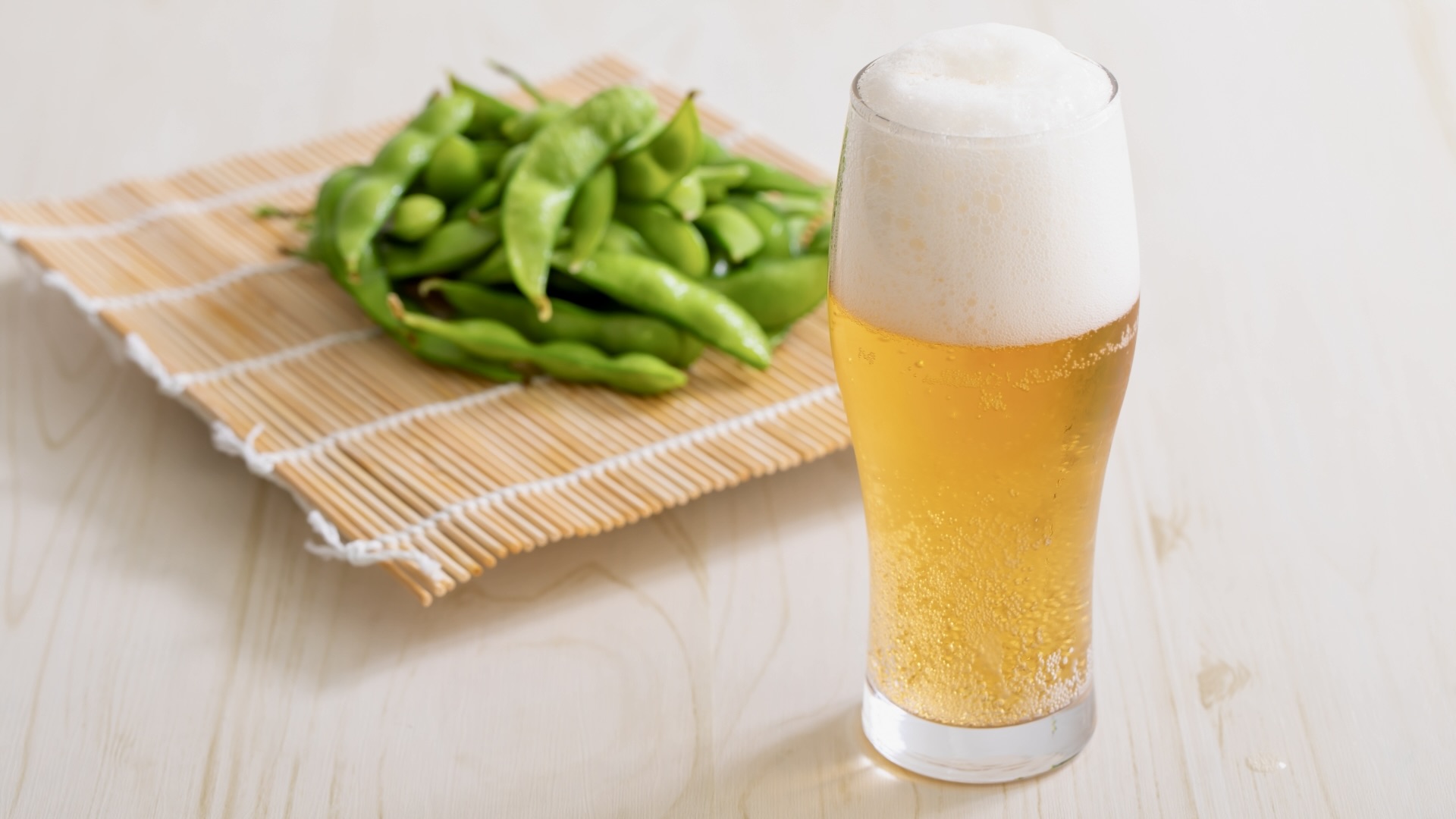
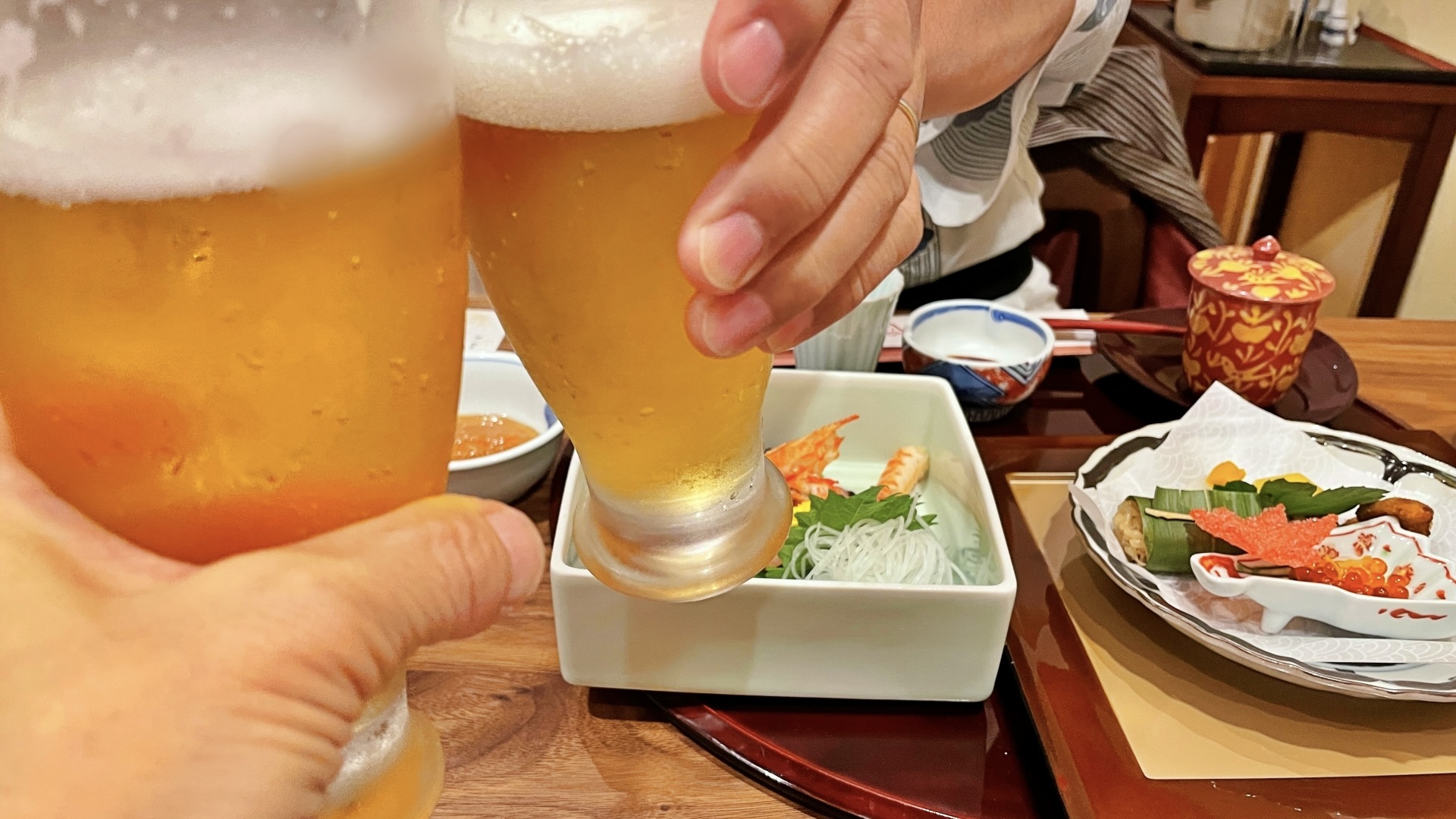
Japanese culture places a high value on “freshness,” and this extends to beer as well. The fresh aroma, smooth texture, and clean taste without bitterness make Japanese beer especially appealing. It pairs perfectly with traditional Japanese dishes like sushi and sashimi.
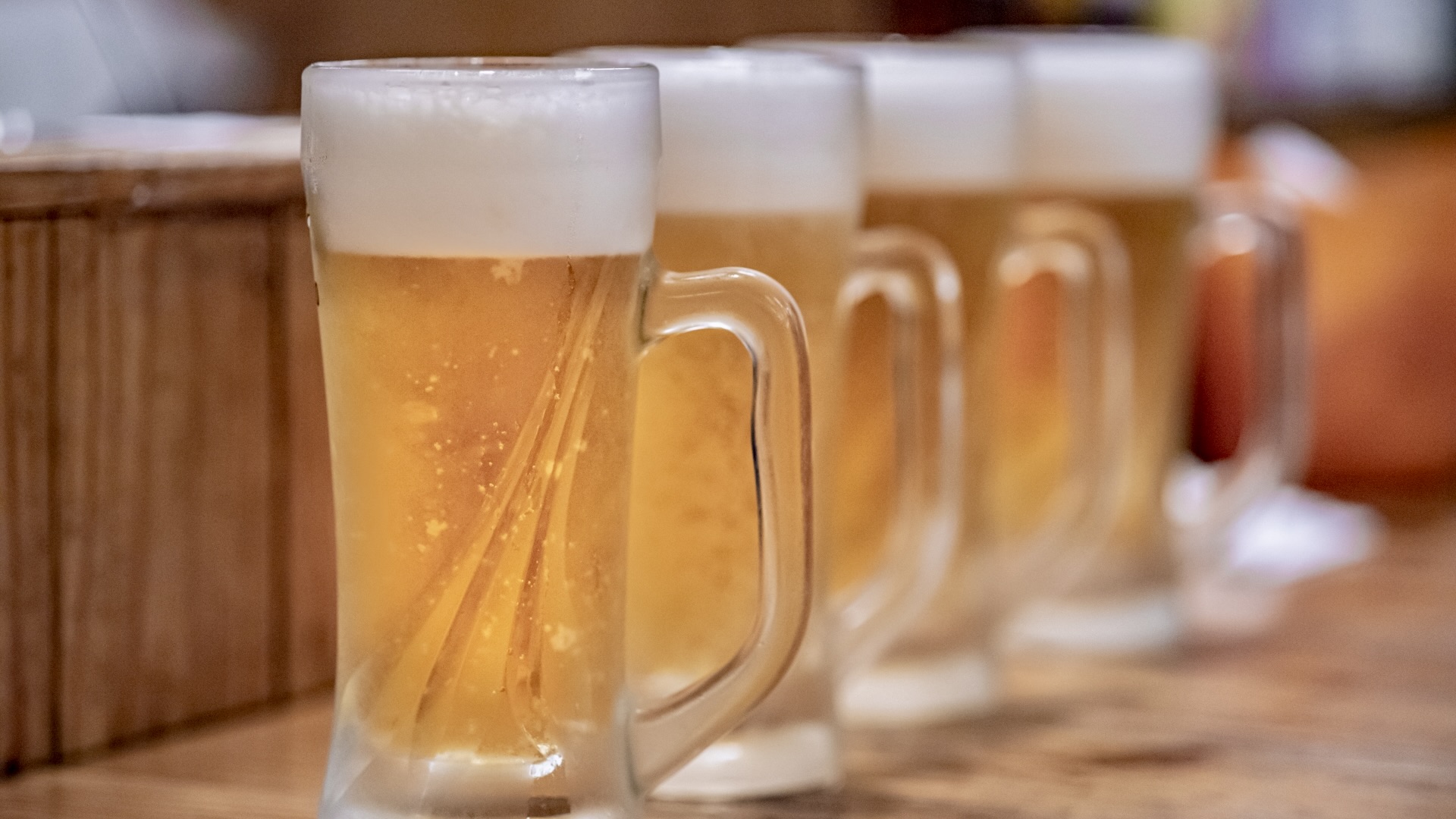
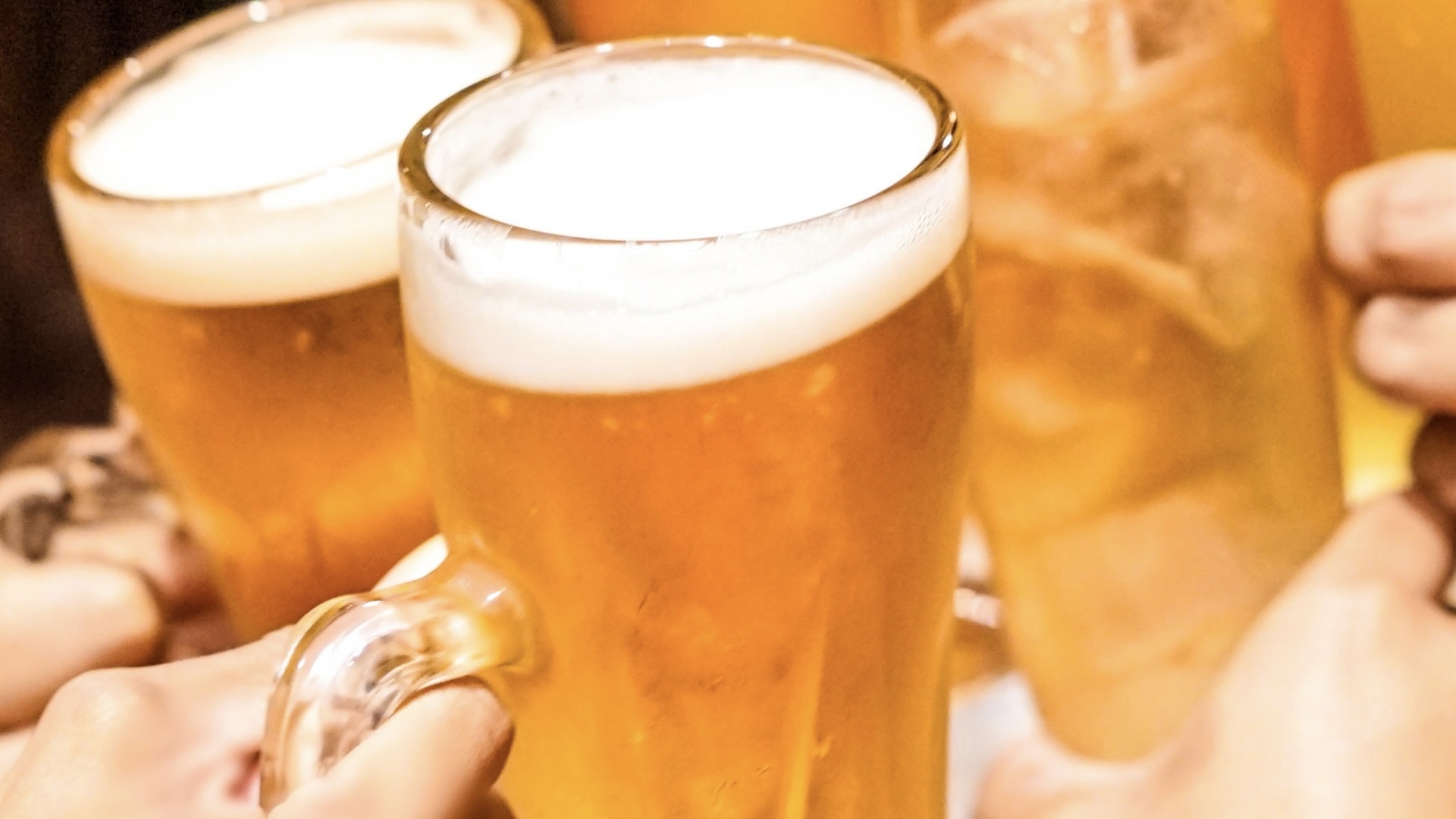
This is why Japanese people love beer so much. At the start of a drinking party, the phrase “Toriaezu nama!” (roughly translated as “Draft beer for now!”) is almost like a ritual. When gathering in large groups, the organizer often checks by asking, “Anyone not having beer?” since ordering beer as the first drink is so common.
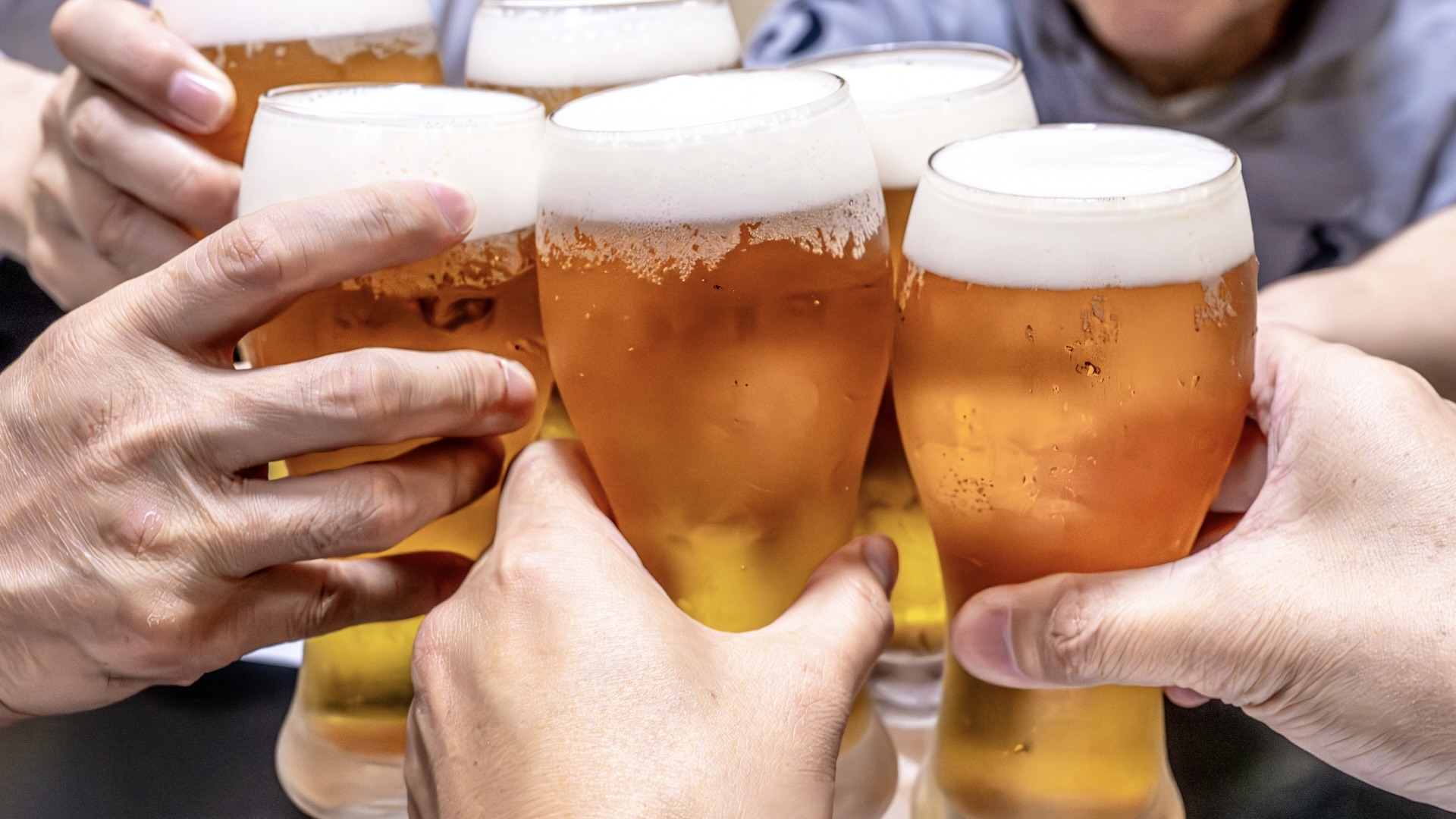
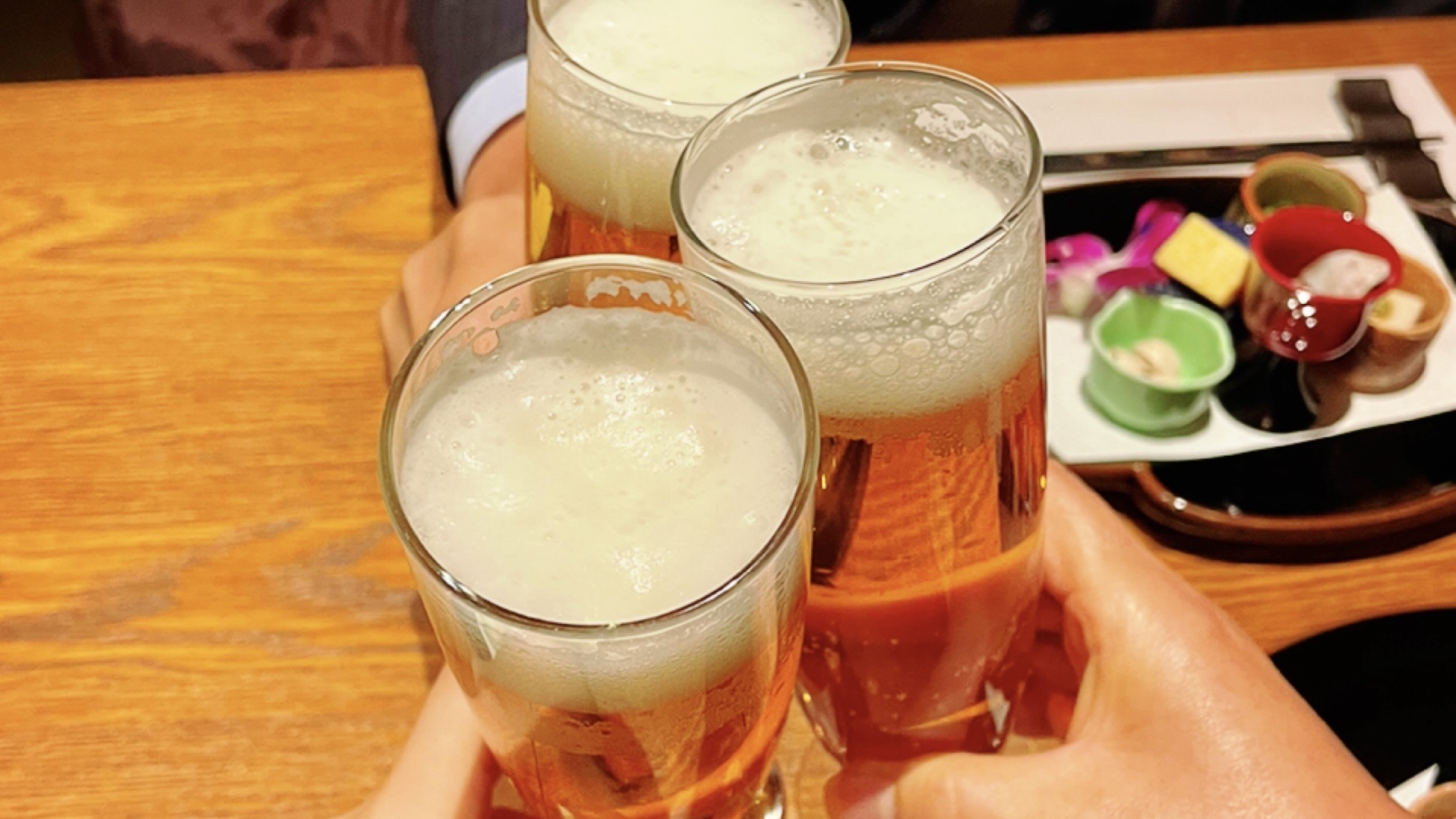
If you join a drinking party with Japanese friends, be sure to use the phrase “Toriaezu nama!” and experience the unique delight of fresh Japanese draft beer. Enjoy the moment and savor the refreshing taste!
Late-Night Soba After Drinks
After drinking, the go-to dish is usually ramen, but on this day, I couldn’t find a ramen shop, so I ended up at a standing soba shop. I ordered the classic “Tentama Soba(Tempura Tamago Soba).”
In standing soba shops, the tempura is typically not shrimp tempura but a crispy vegetable and shrimp fritter, called kakiage.
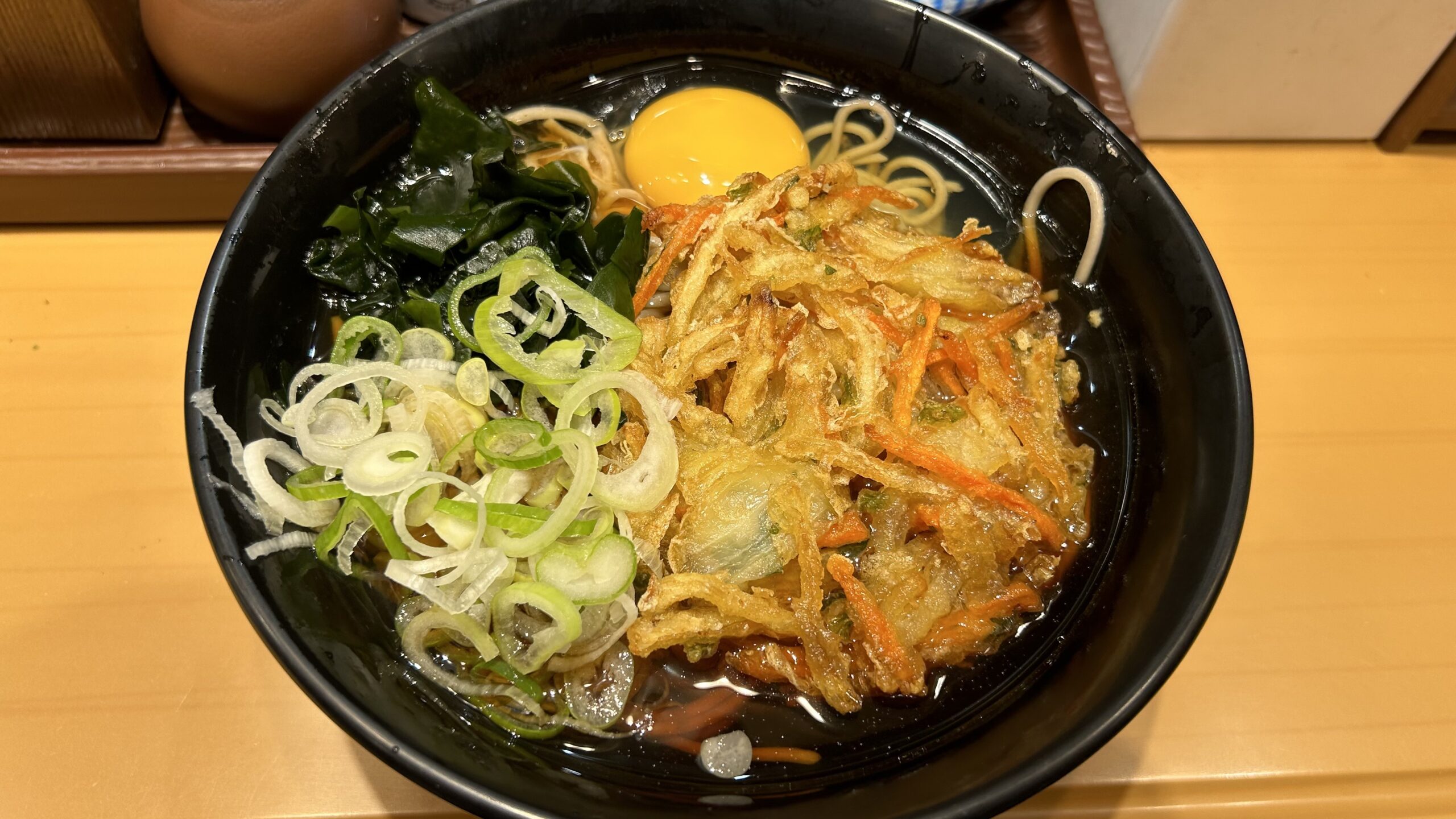
It’s topped with a raw egg and seaweed, making it look quite nice despite being a simple, budget-friendly dish.
Served within seconds, it’s fast food at its finest in Japan. I dip the kakiage in the warm soba broth and enjoy the comforting flavors.
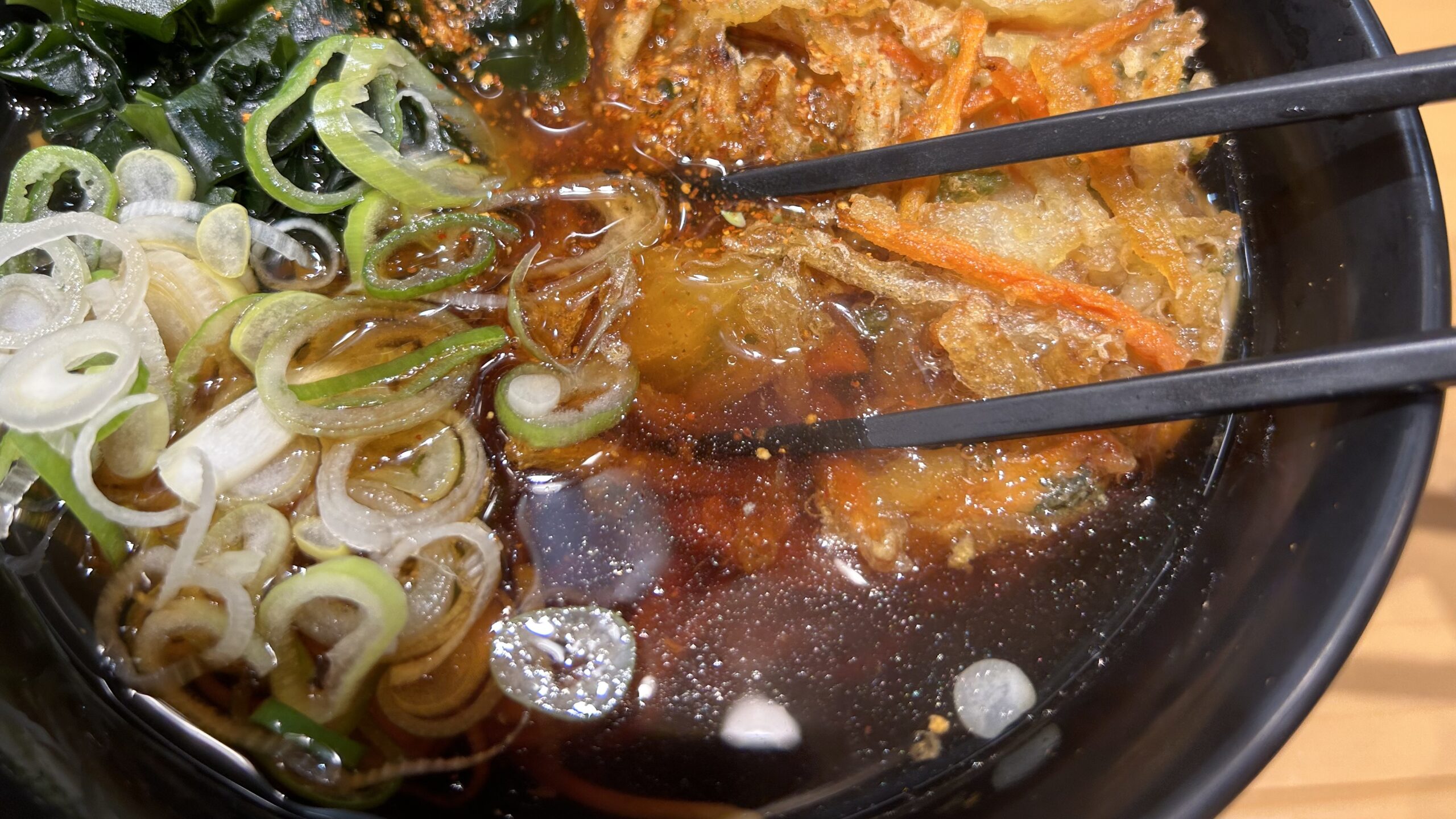
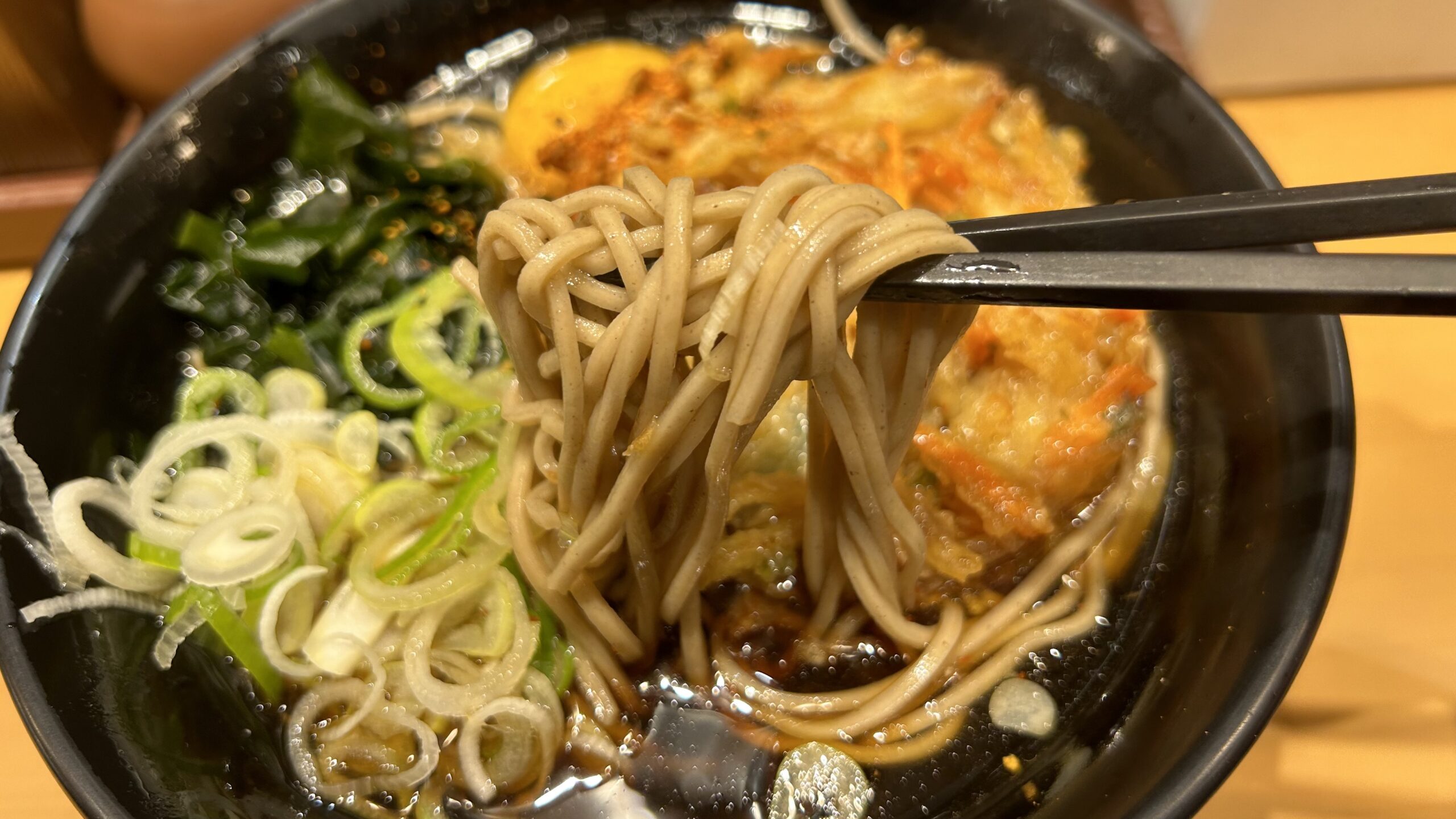
The rich, salty broth is perfect for soaking into my post-drinking stomach, making it the ultimate dish after a night out.

Japanese Foodies:Conclusion
Through this article, I hope you’ve gained a glimpse into the authentic daily meals that Japanese people enjoy.
Beyond the iconic sushi and ramen, the everyday food culture of Japan is filled with simplicity, creativity, and deep-rooted traditions.
From the carefully prepared breakfasts to the quick yet satisfying lunches, comforting dinners, and even the little indulgences of snacks and drinks, every meal tells a story of balance, practicality, and a unique appreciation for food.
If you’re planning to visit Japan, I encourage you to go beyond the well-trodden tourist paths and explore the local eateries, supermarkets, and convenience stores.
Each experience will give you a deeper connection to the daily life of Japanese people and their food culture.
Thank you for joining me on this journey into the world of Japanese daily meals. I look forward to sharing more about Japan’s culture and traditions in the future!

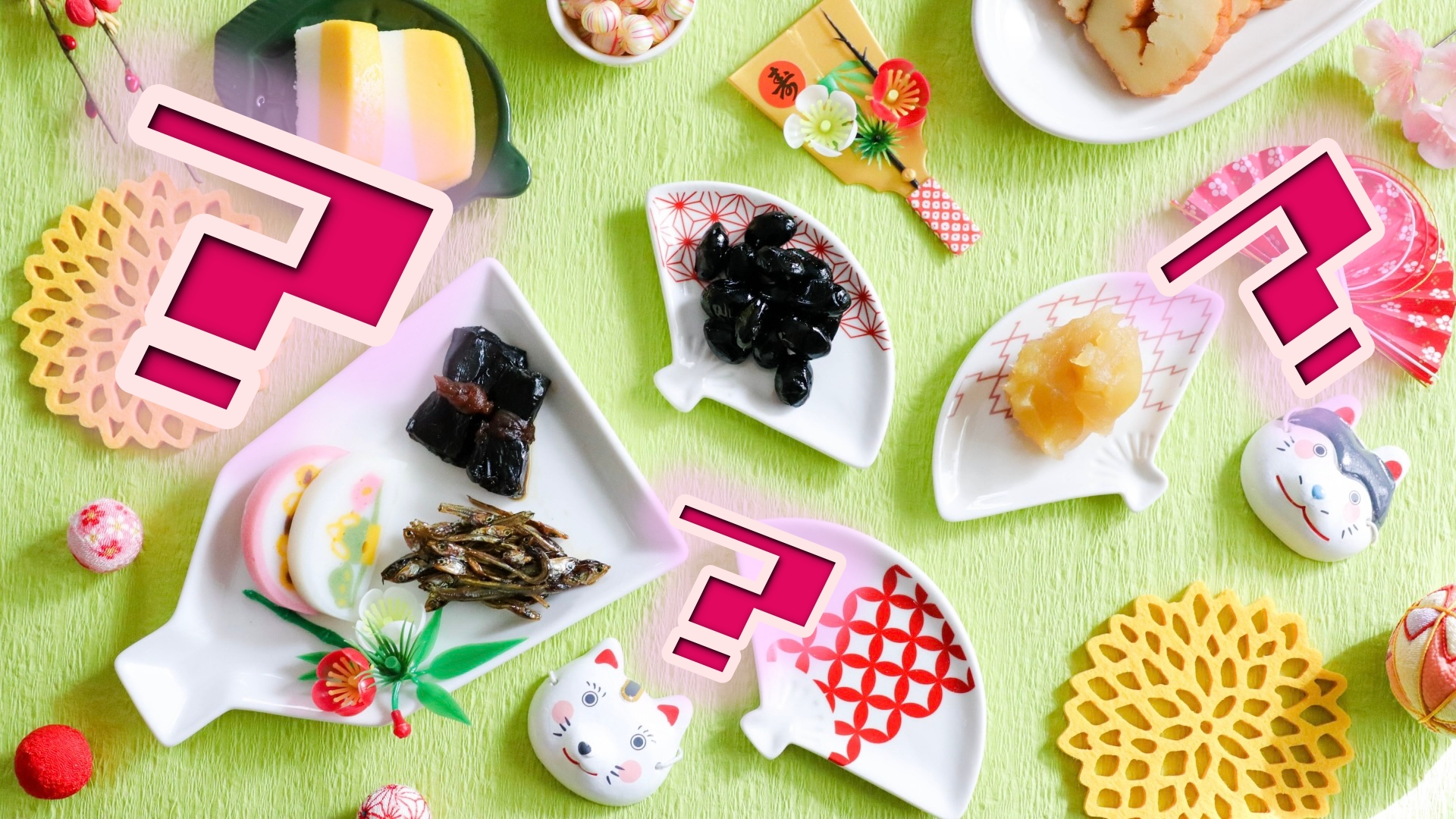
![[商品価格に関しましては、リンクが作成された時点と現時点で情報が変更されている場合がございます。] [商品価格に関しましては、リンクが作成された時点と現時点で情報が変更されている場合がございます。]](https://hbb.afl.rakuten.co.jp/hgb/4313fe6c.3c69995c.4313fe6d.8d9629b4/?me_id=1193677&item_id=11598815&pc=https%3A%2F%2Fthumbnail.image.rakuten.co.jp%2F%400_mall%2Fkenkocom%2Fcabinet%2F748%2F12748.jpg%3F_ex%3D300x300&s=300x300&t=picttext)



コメント